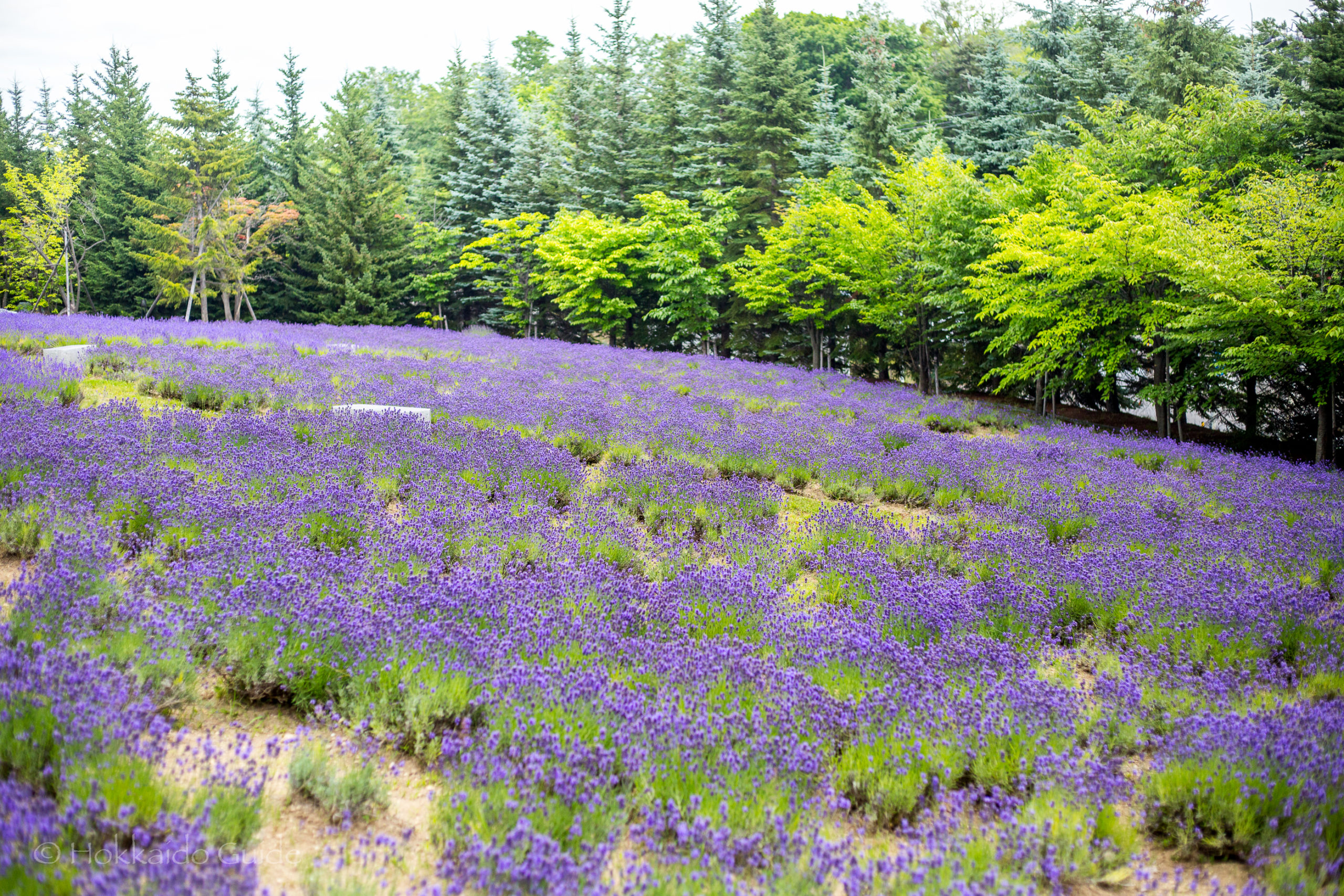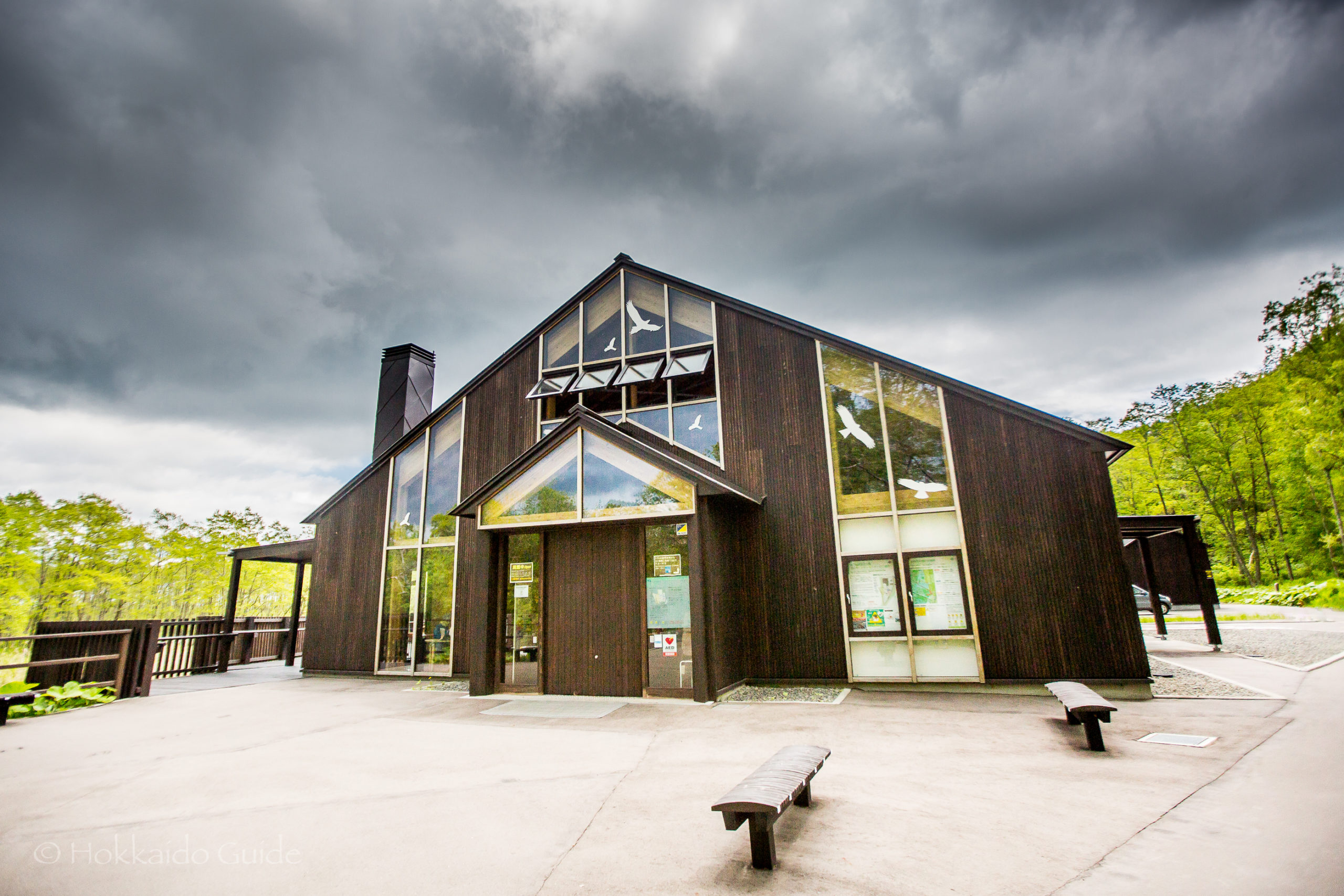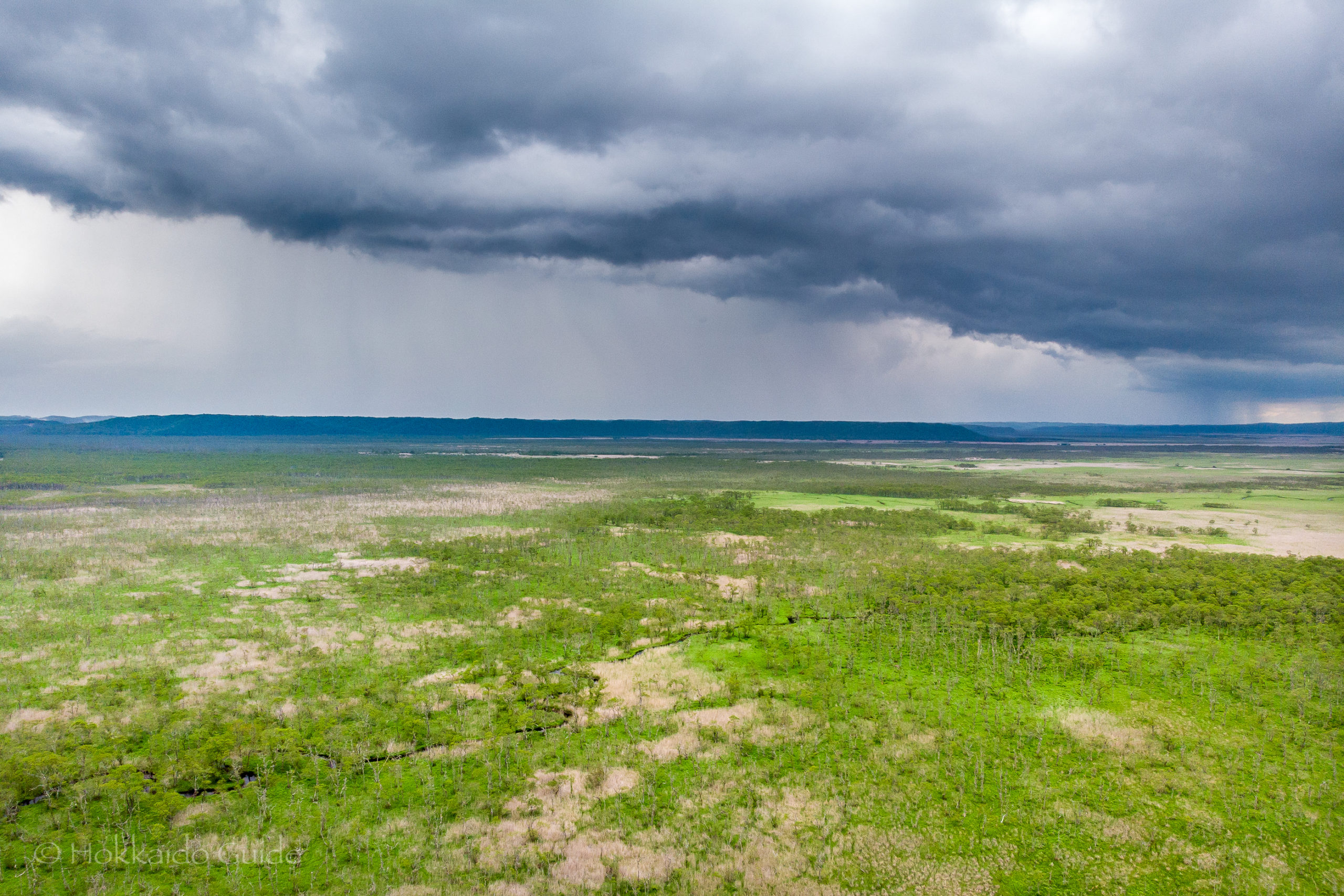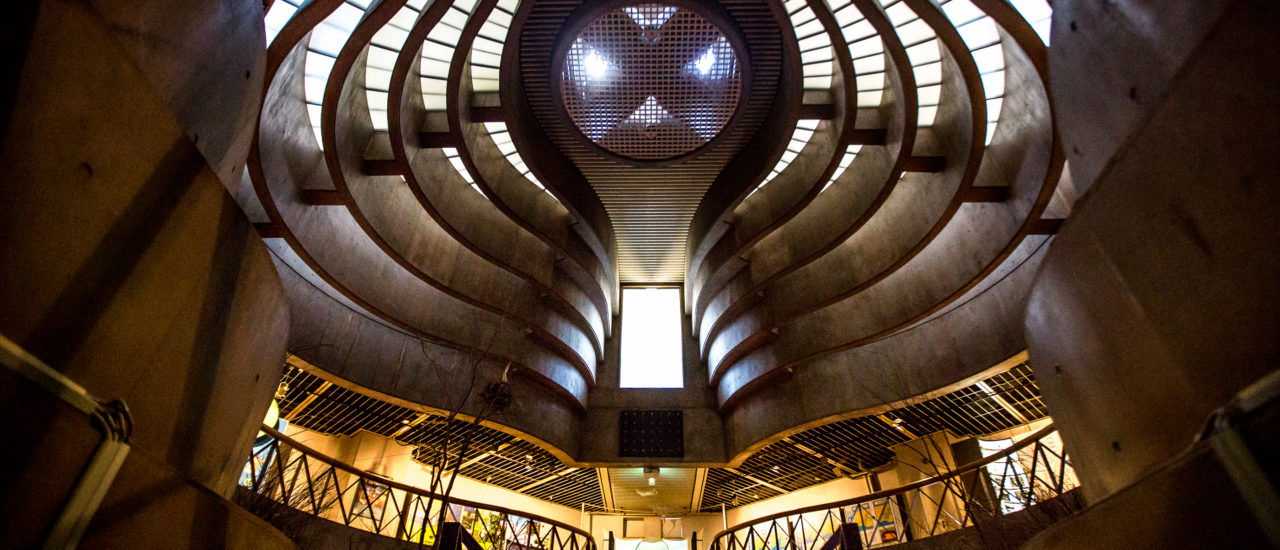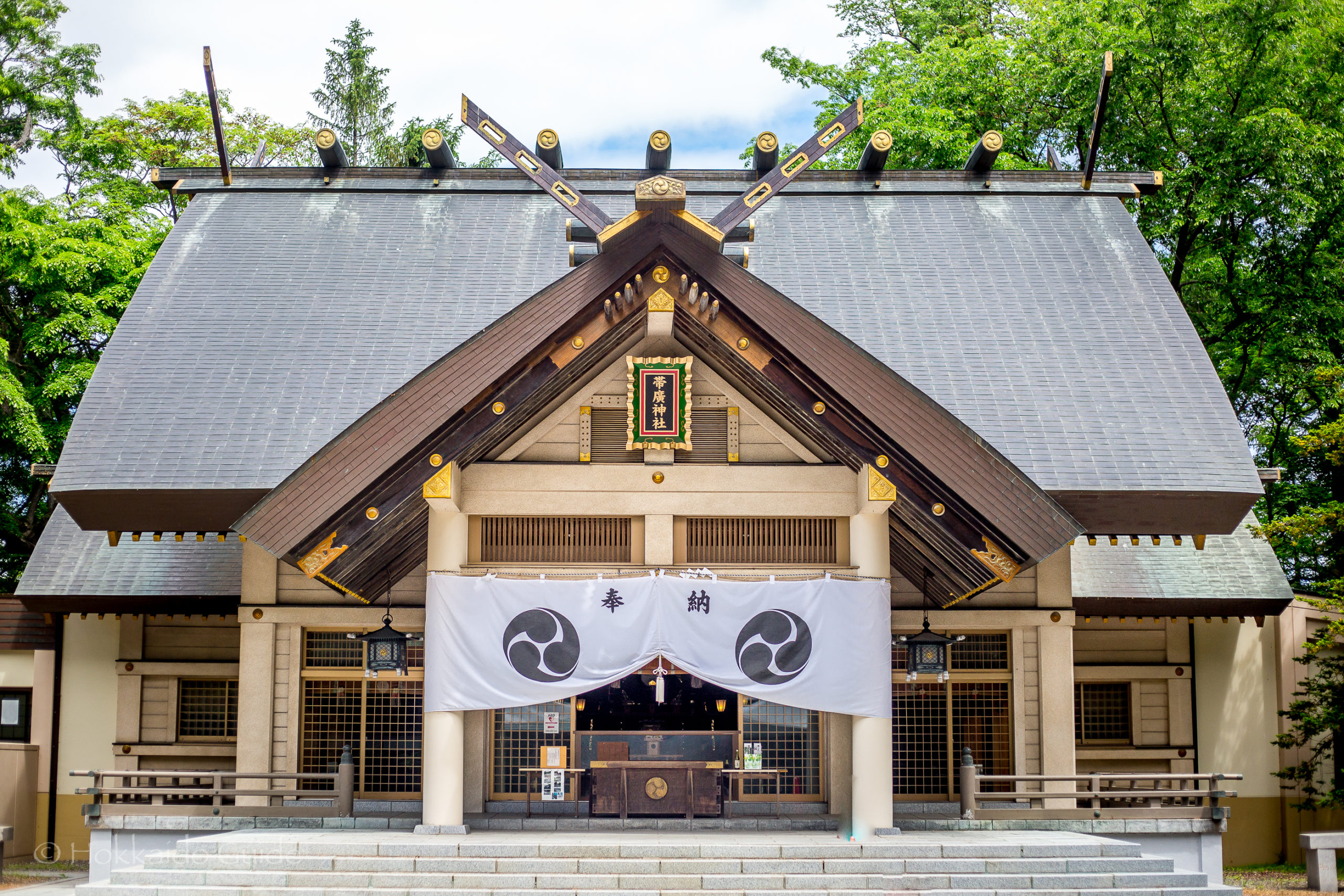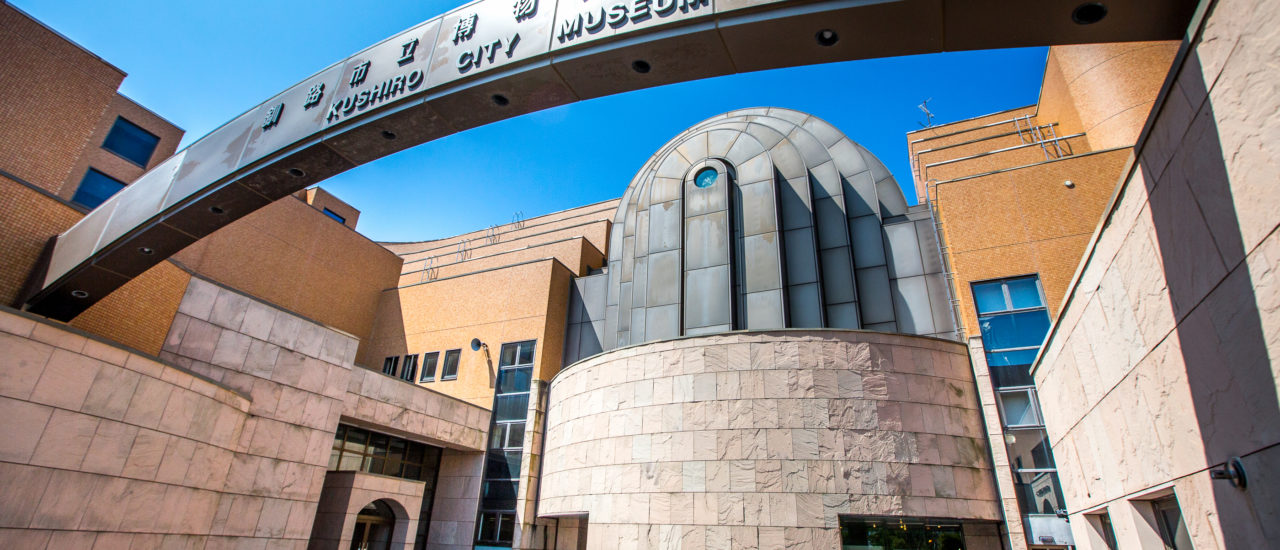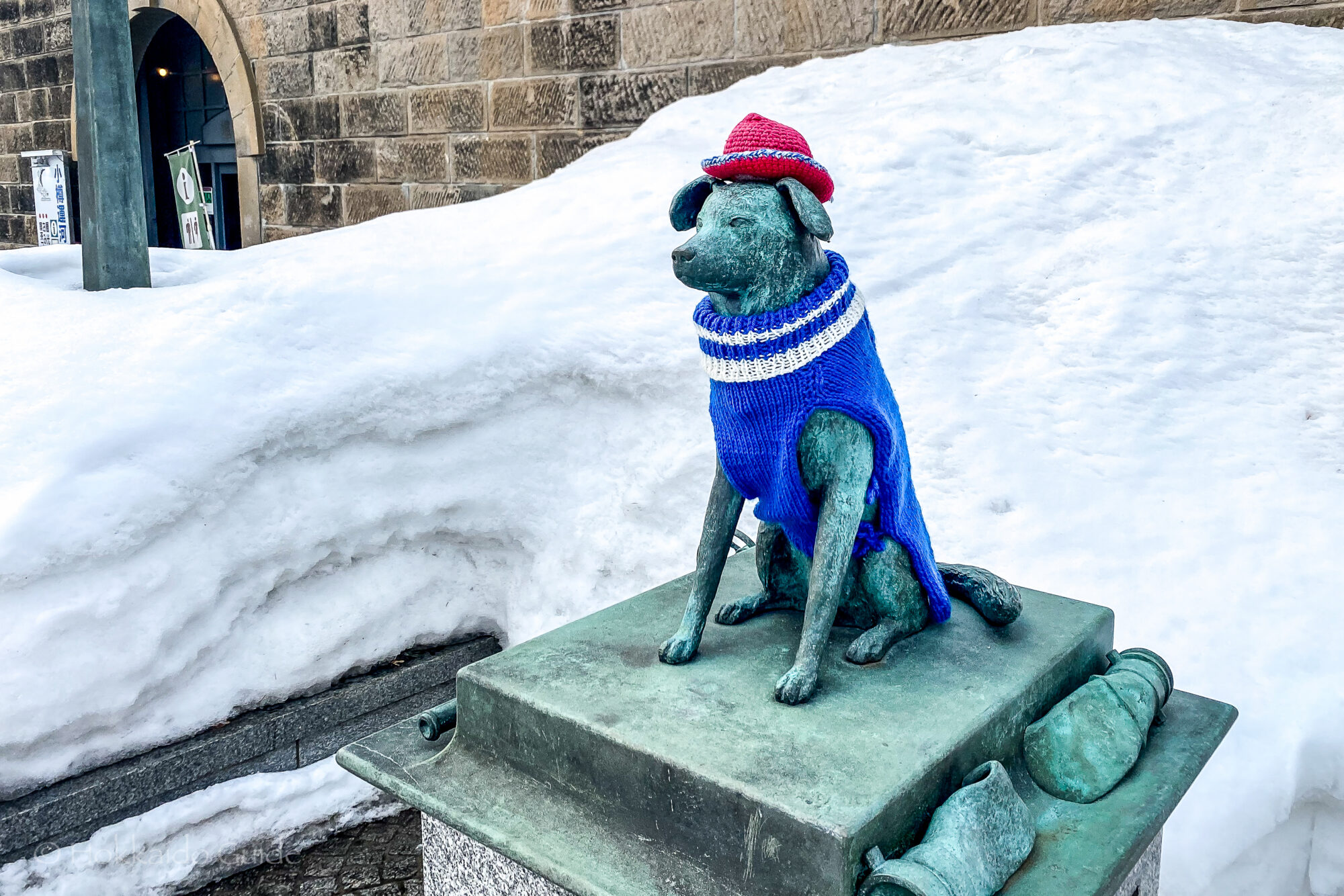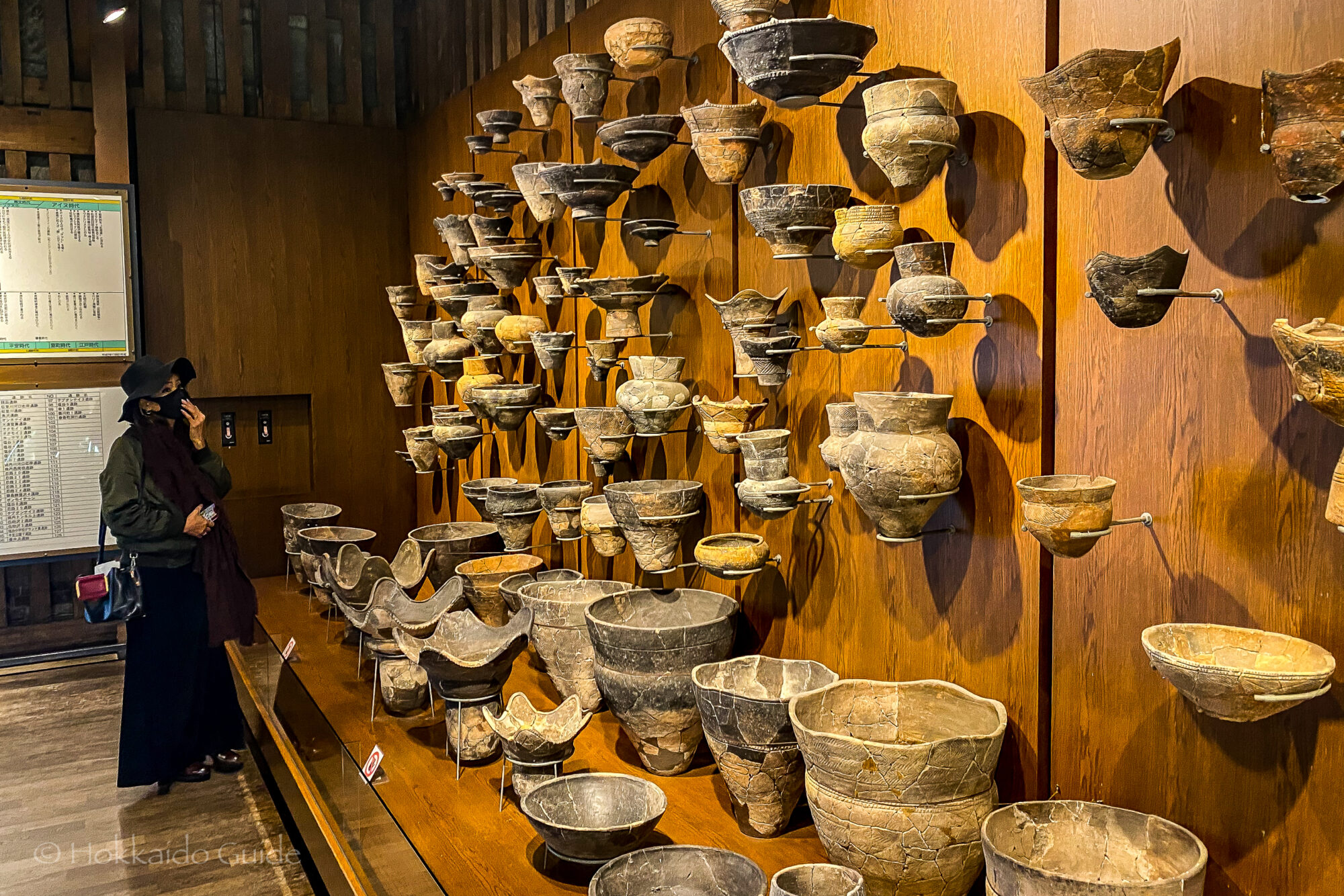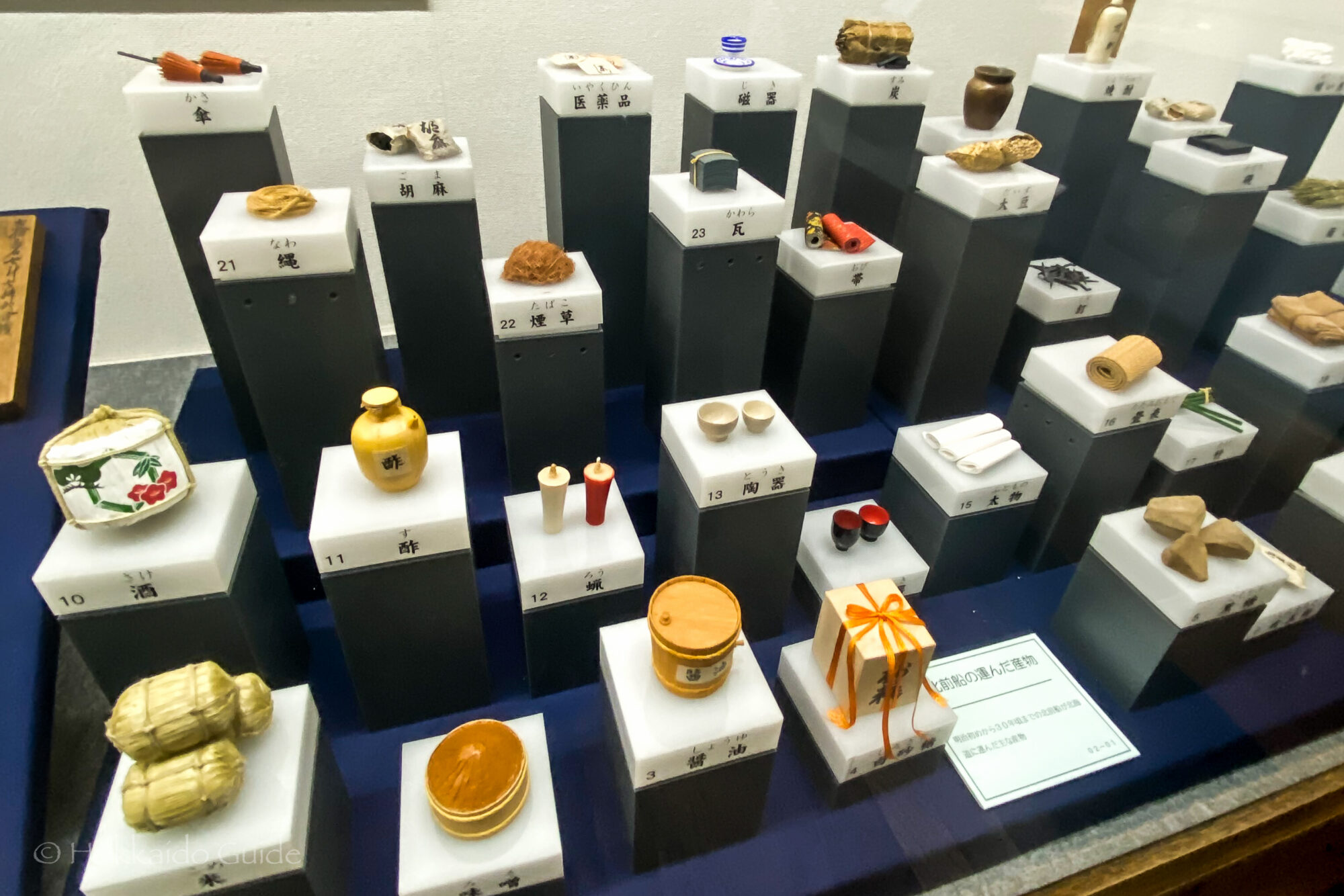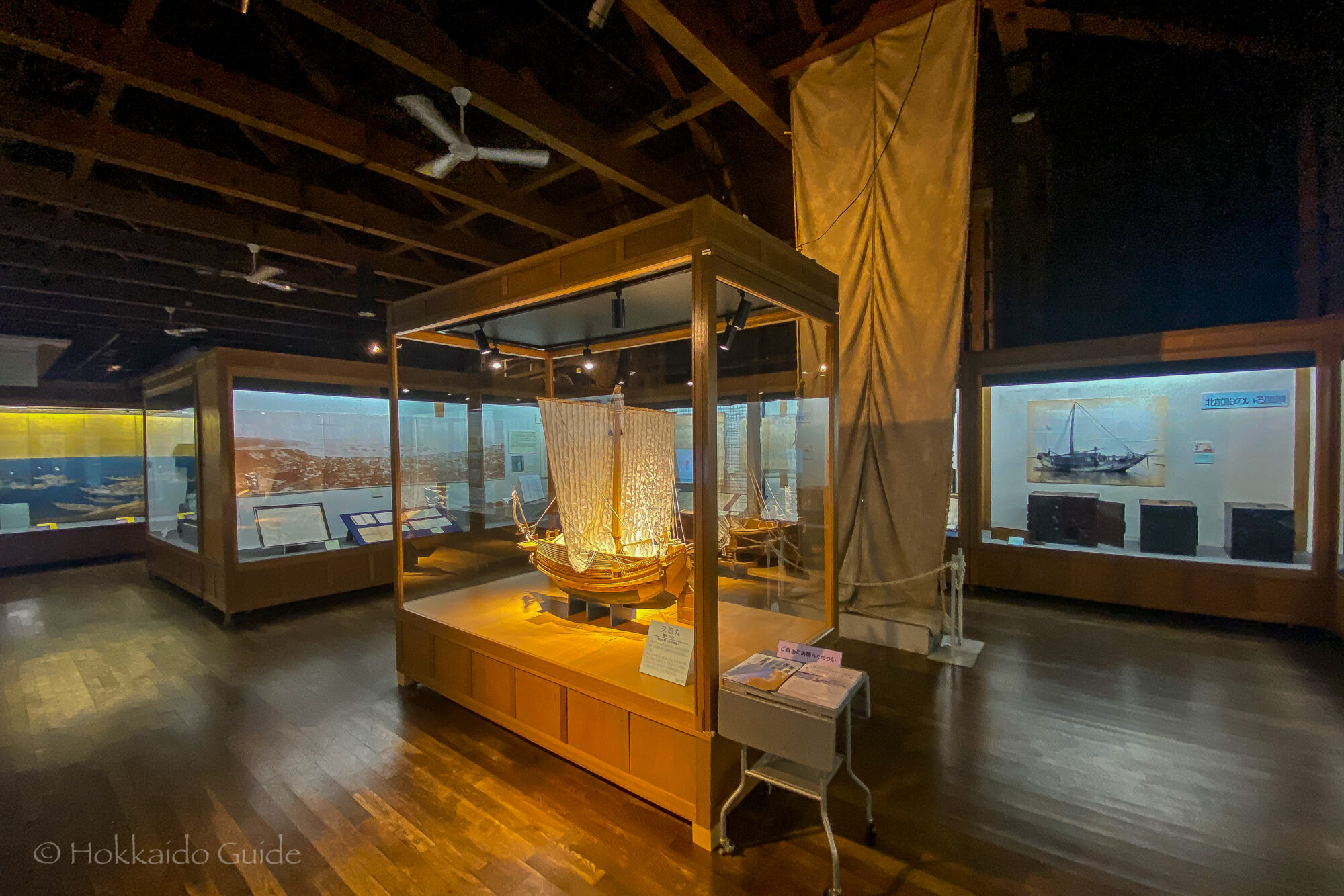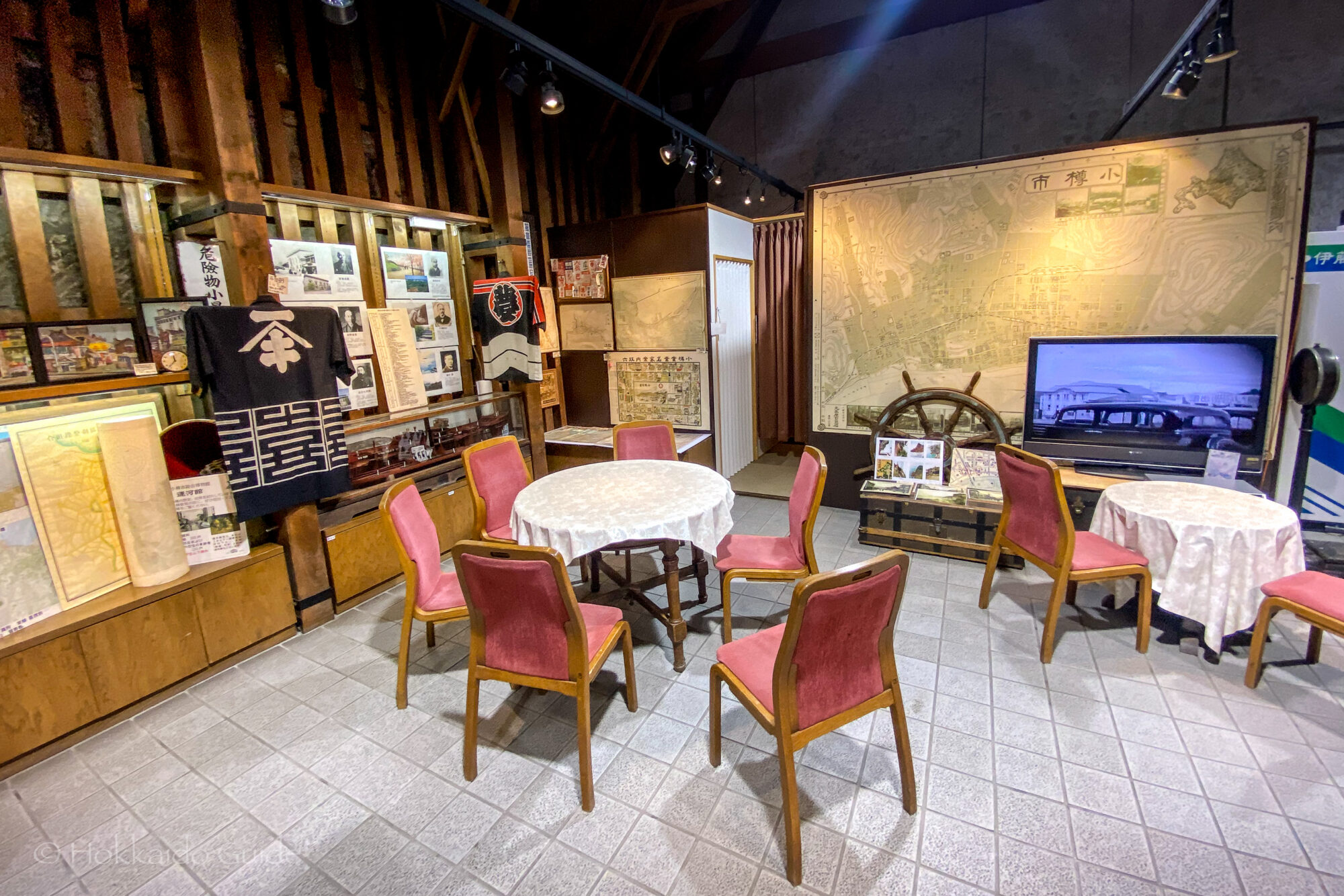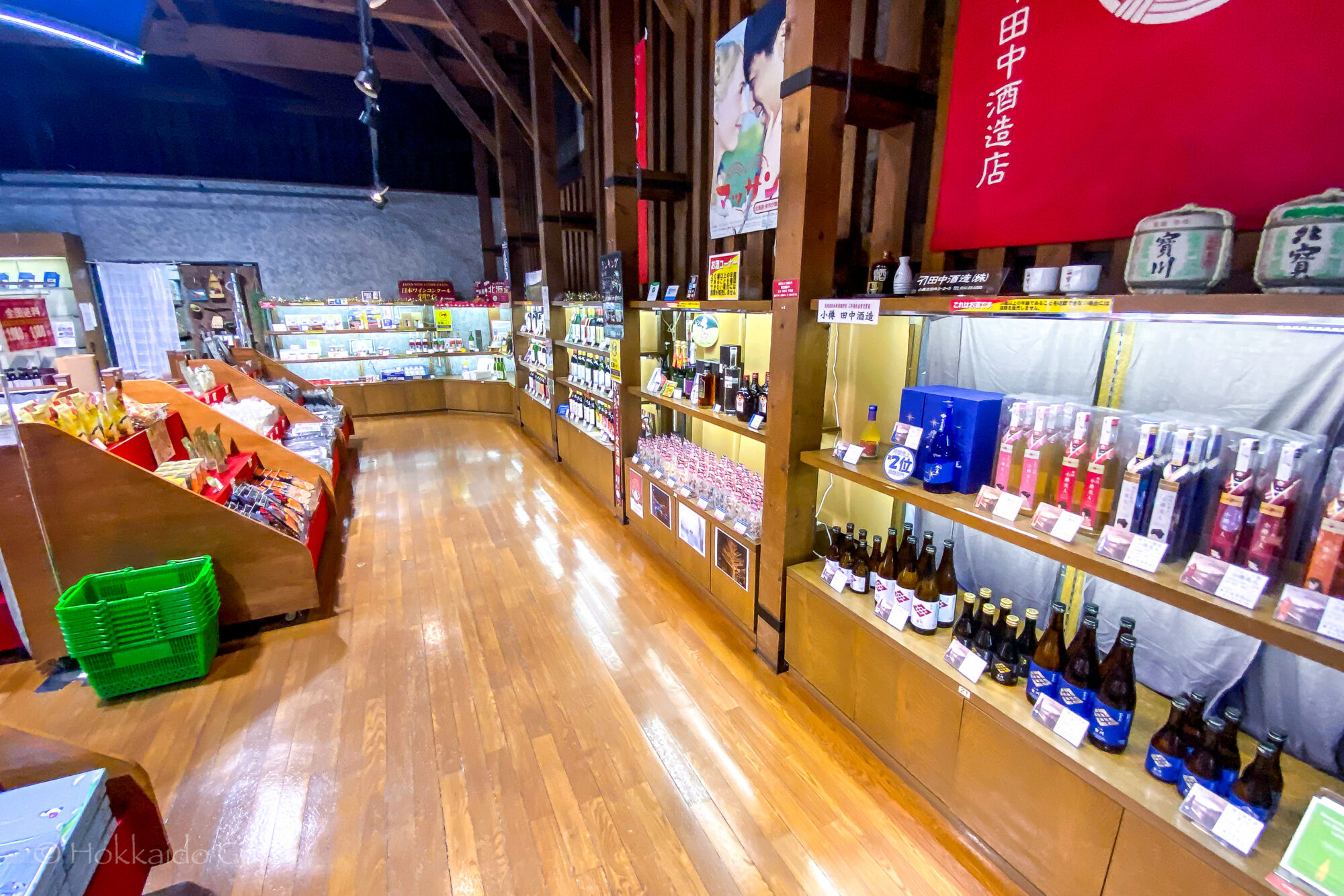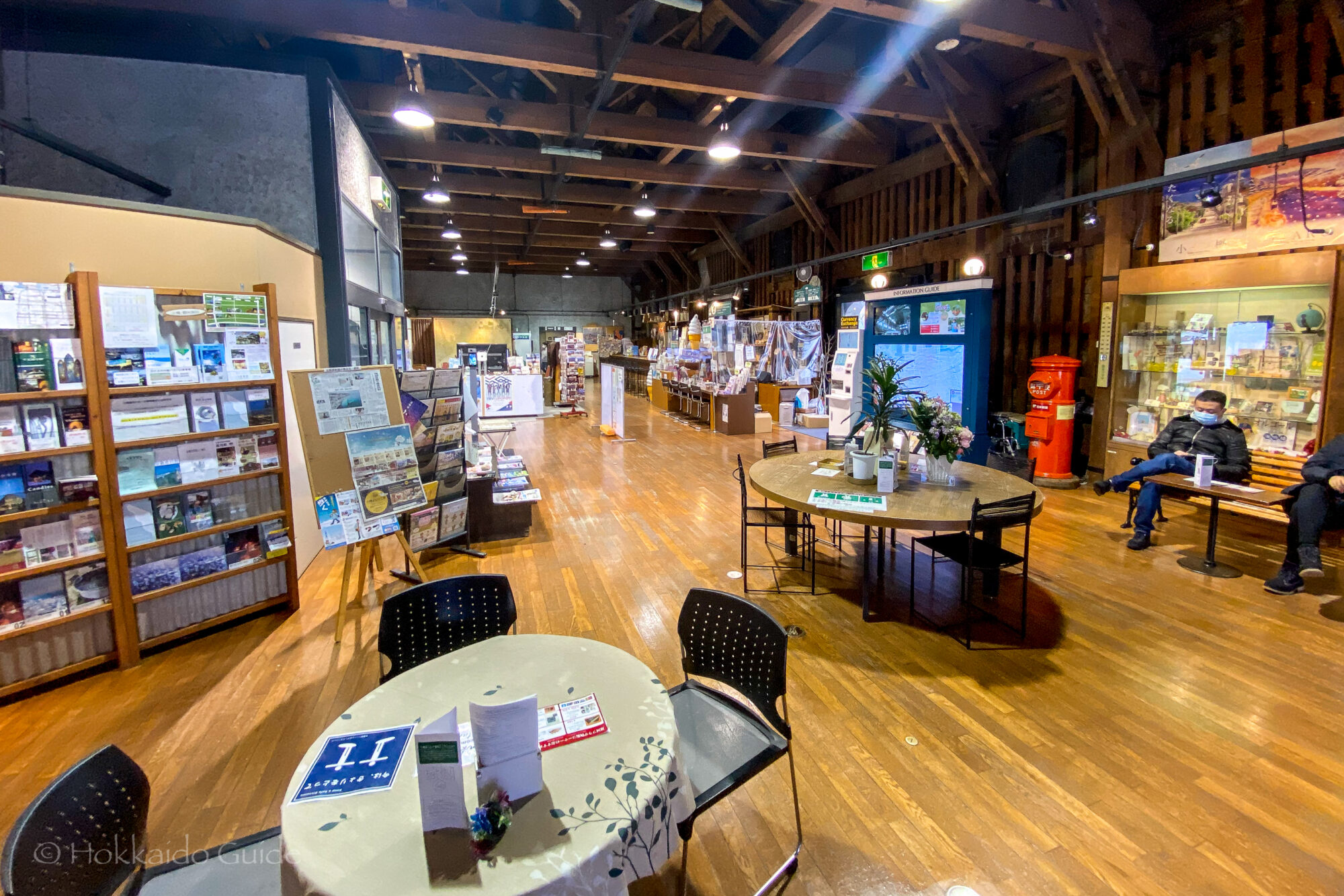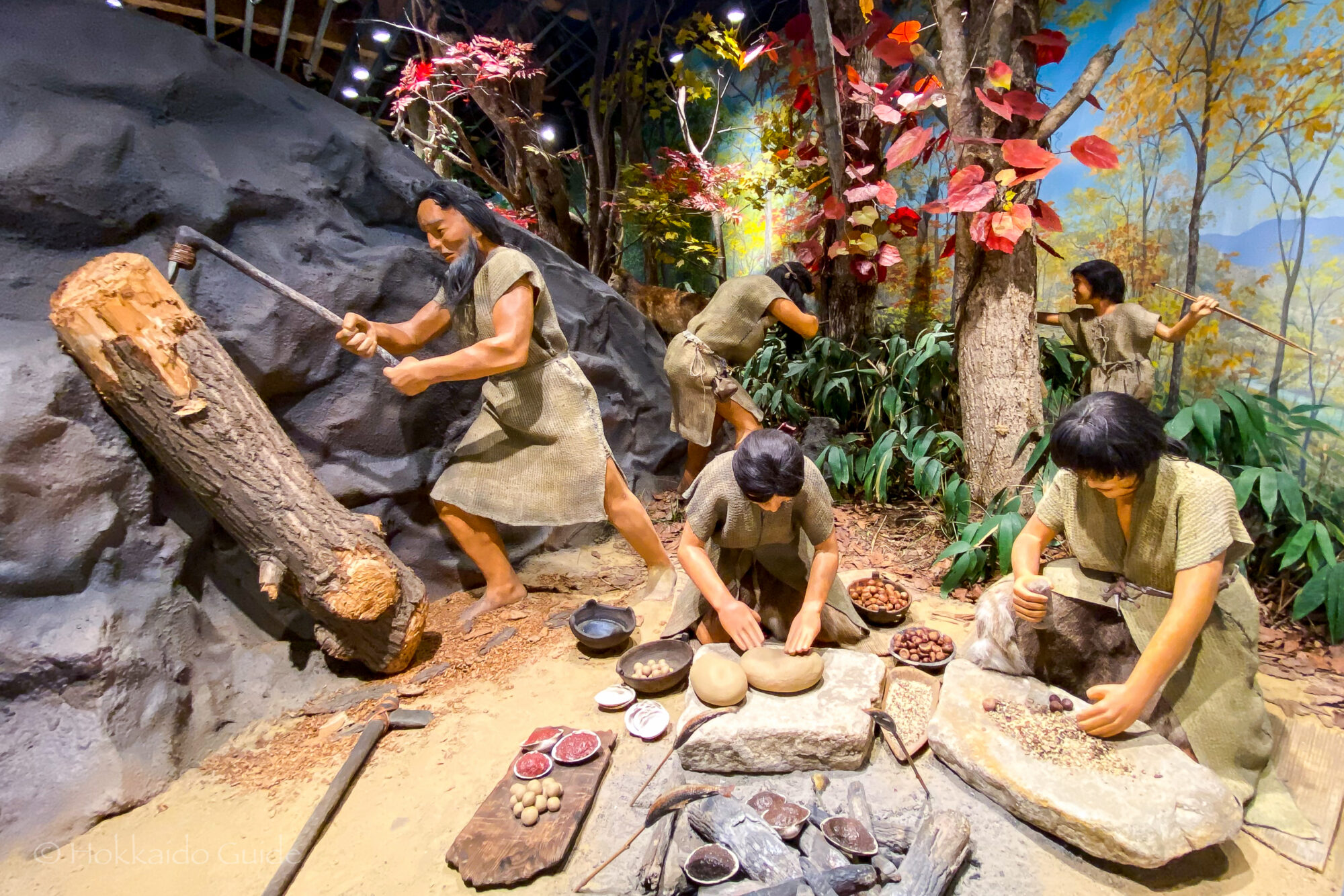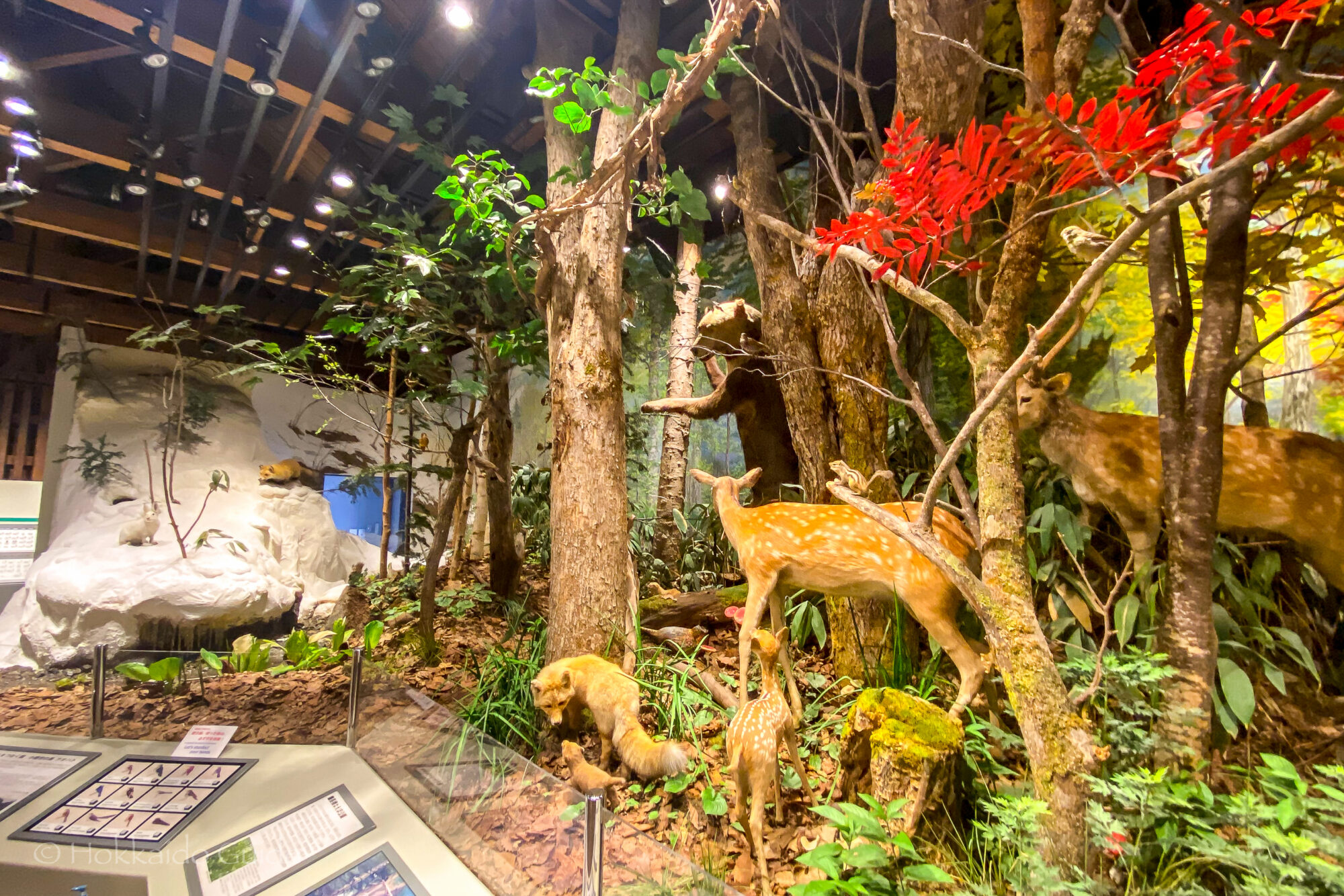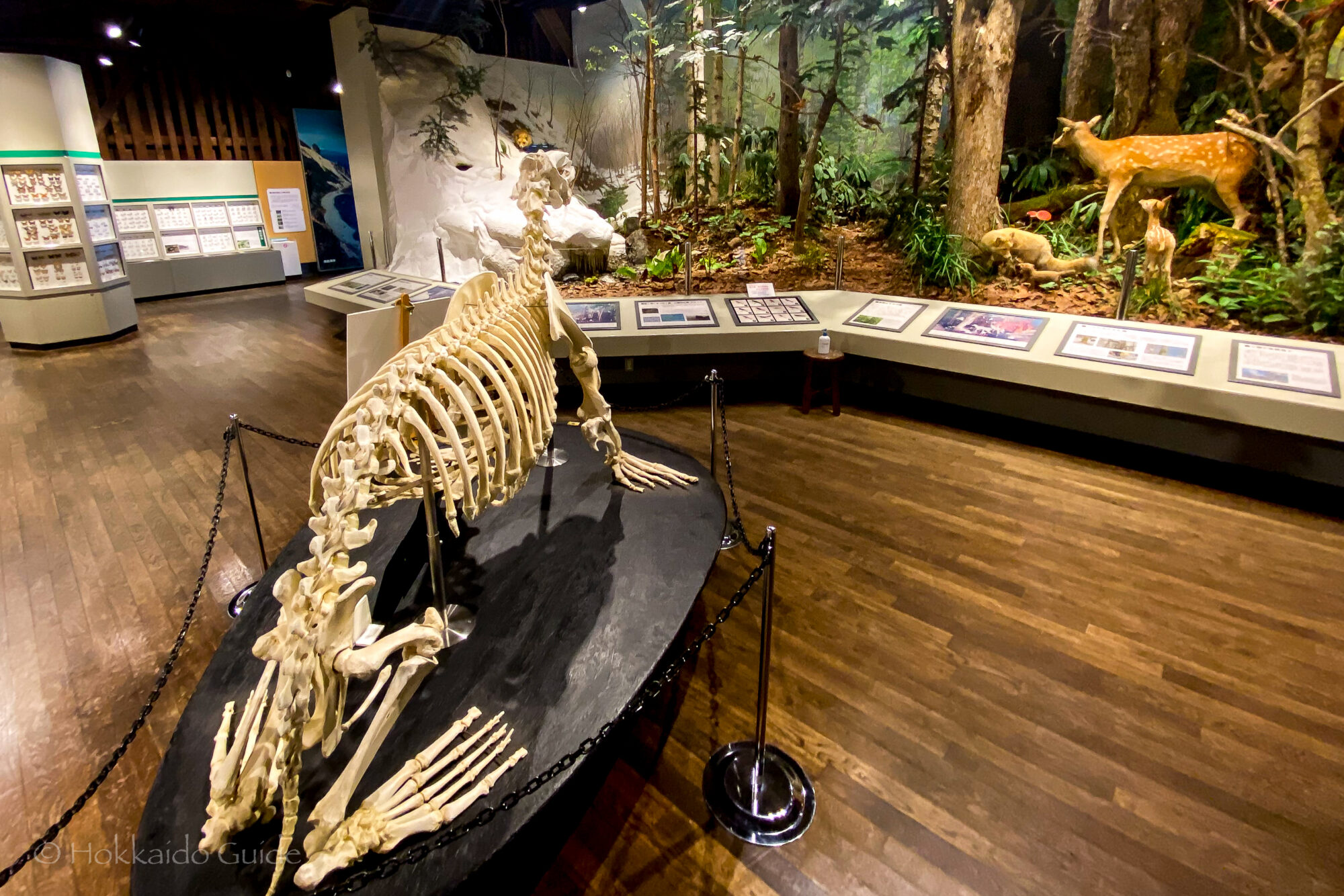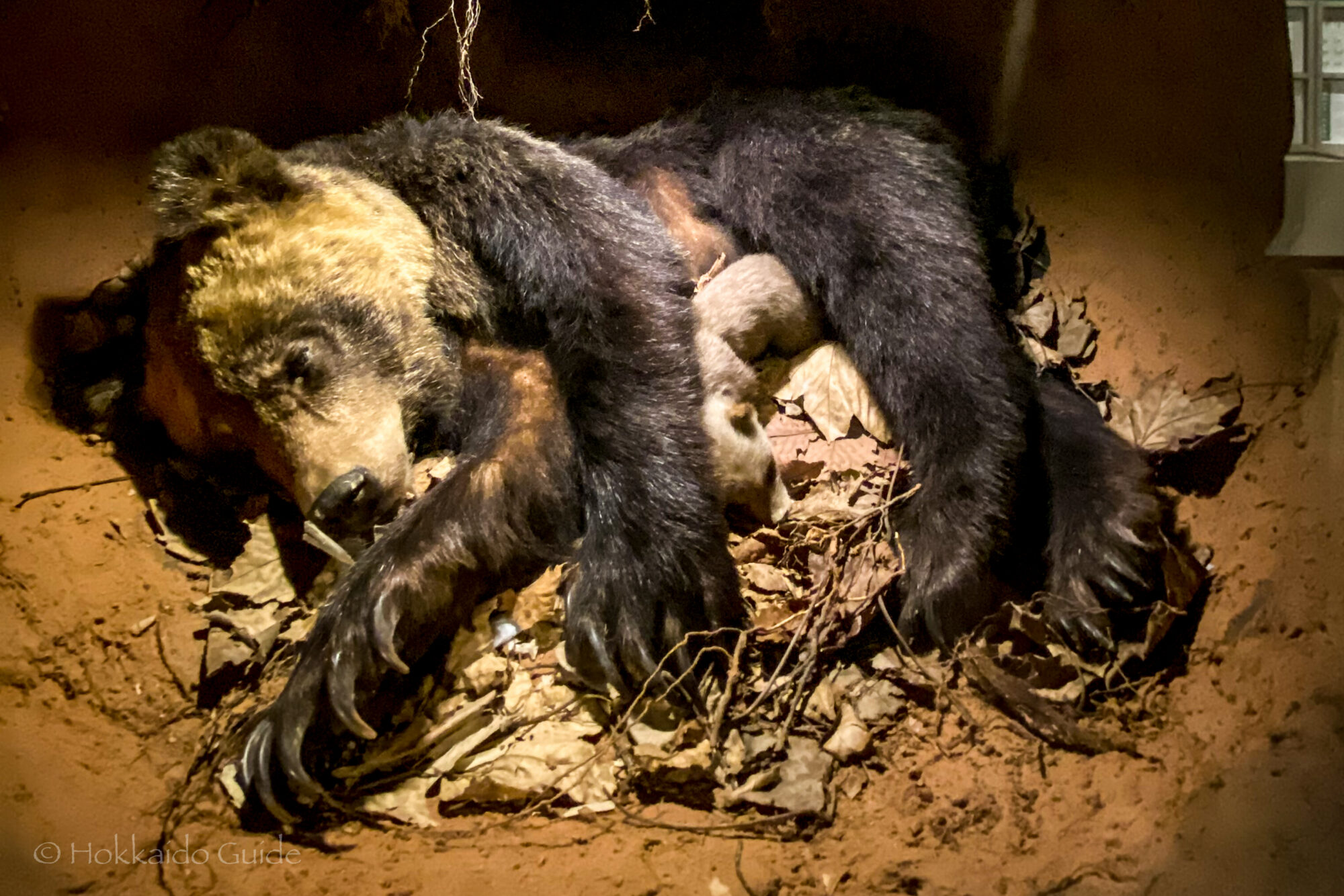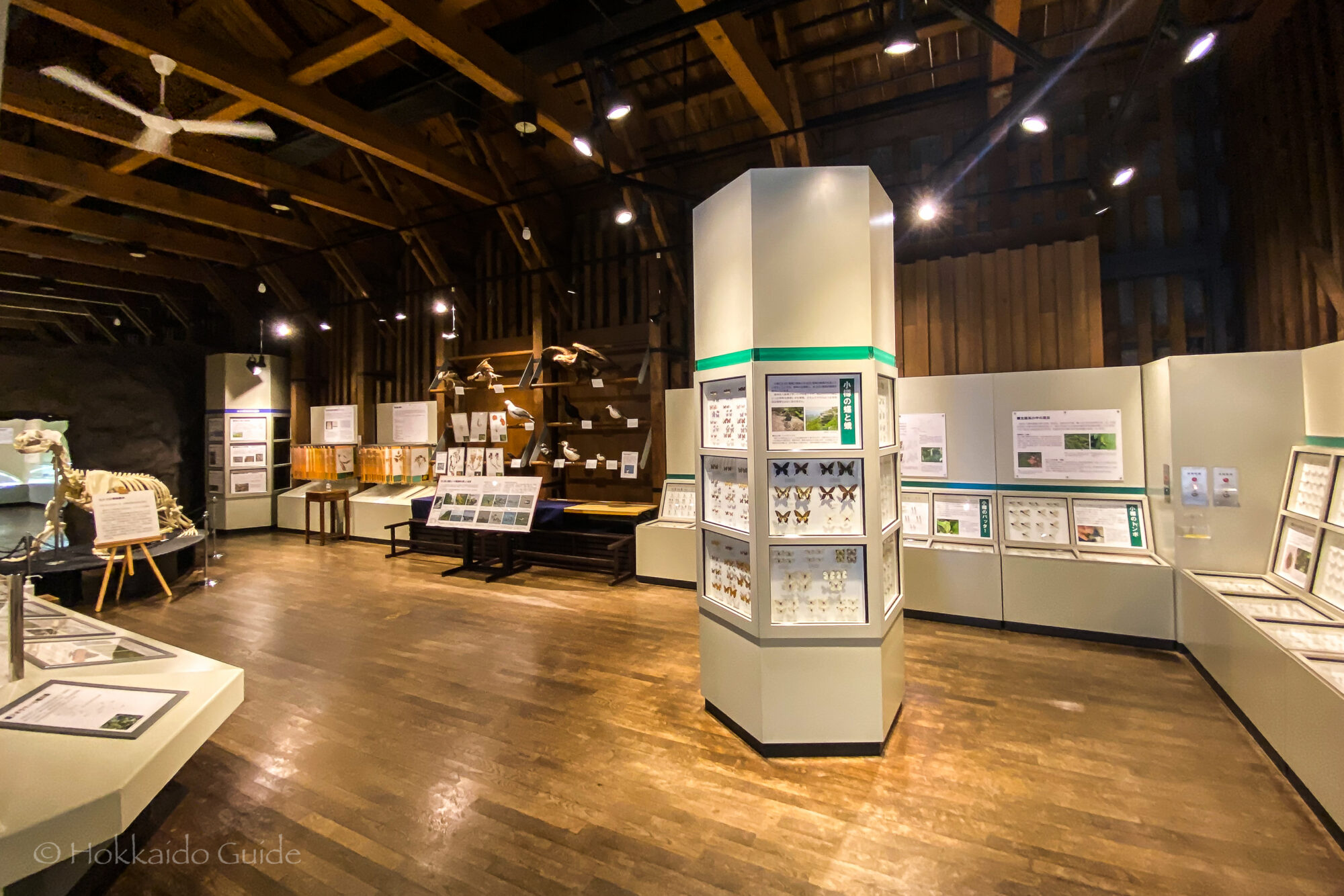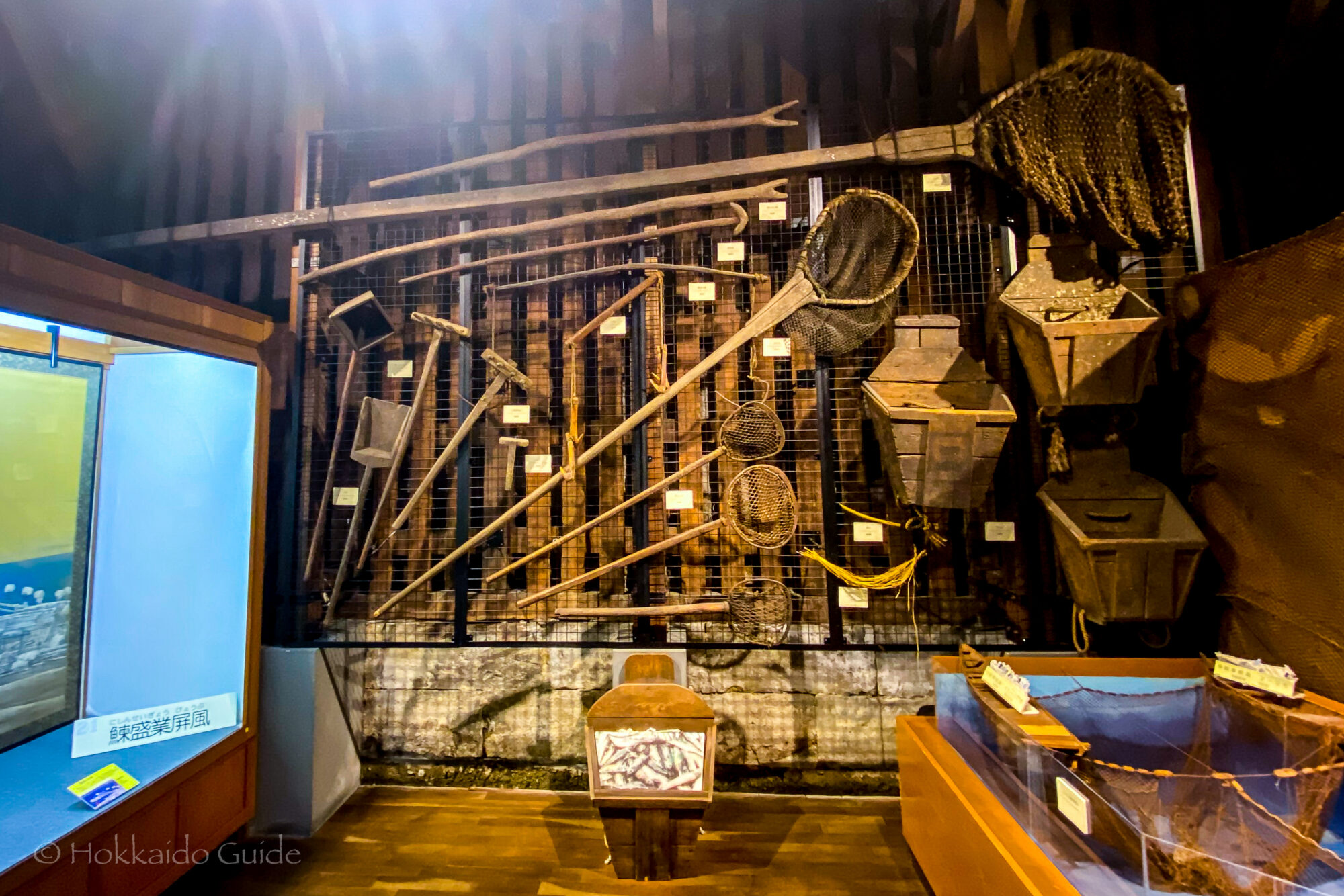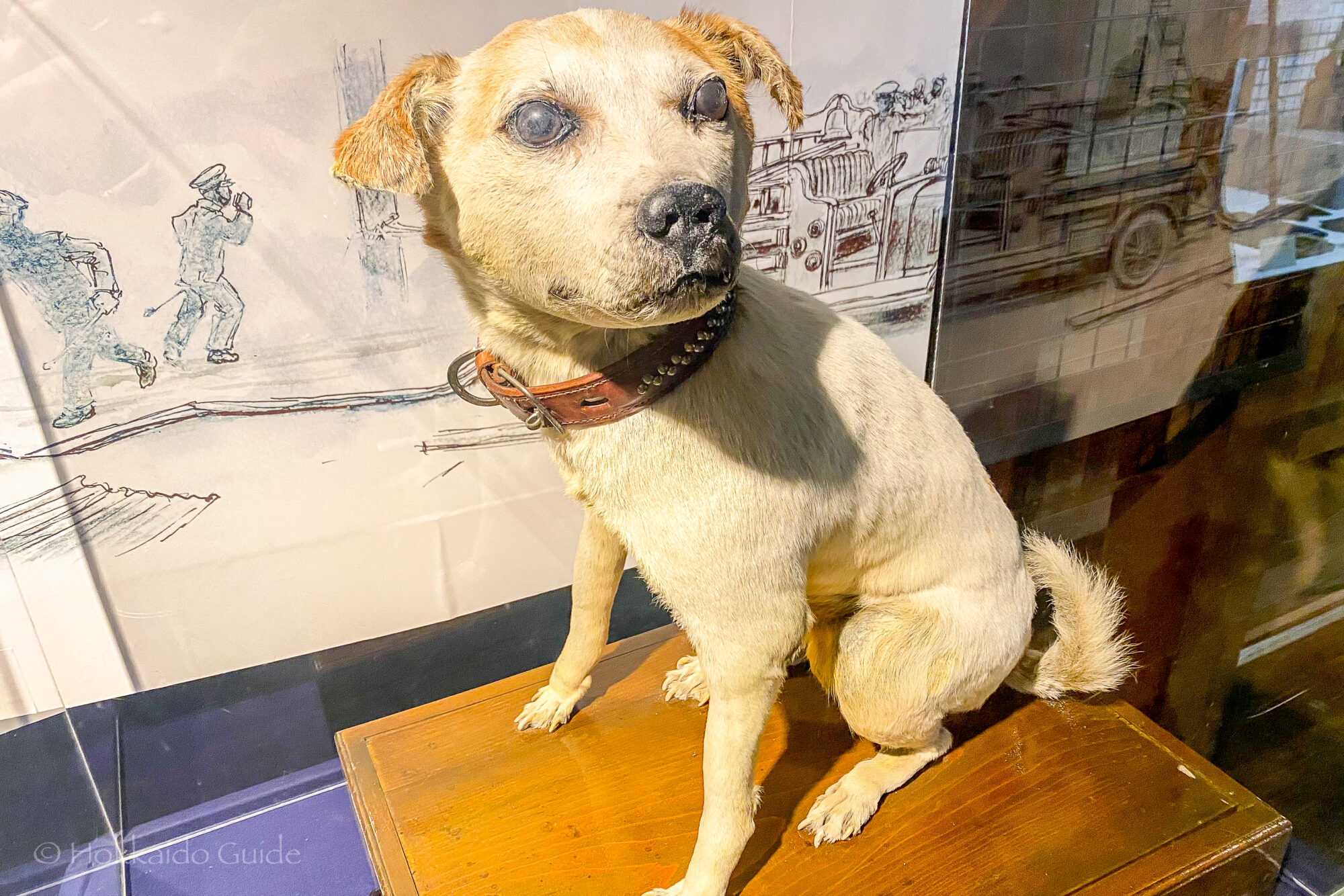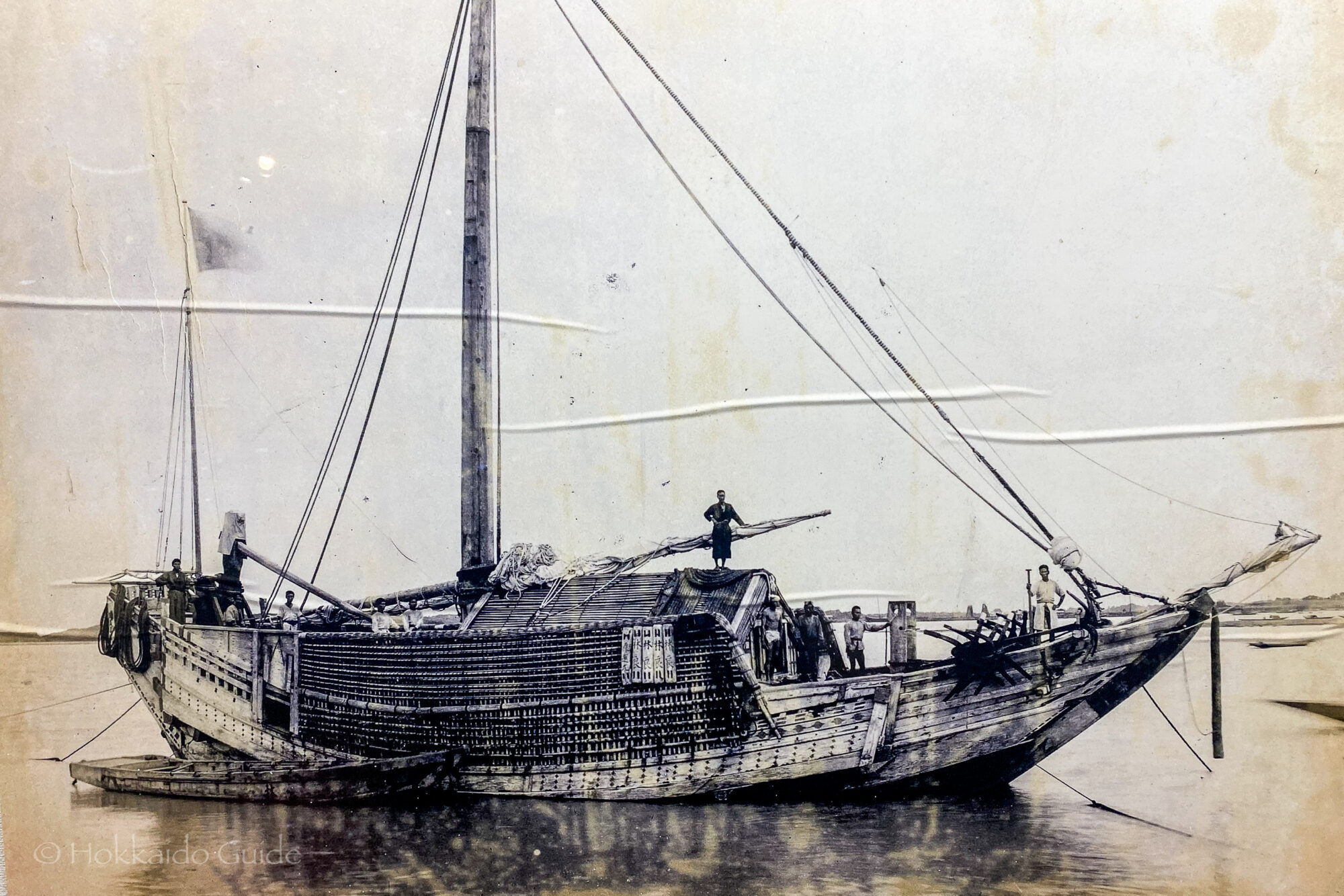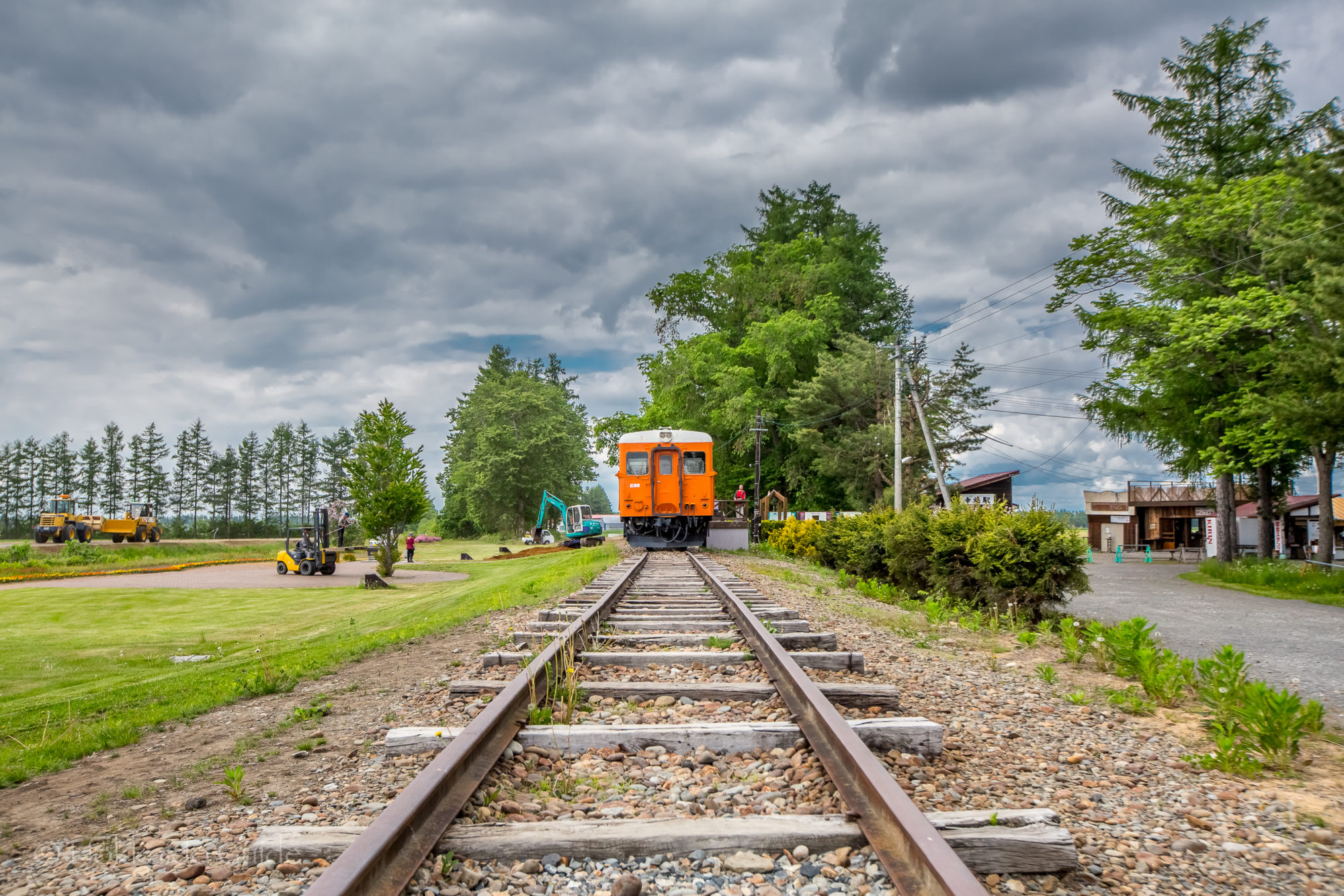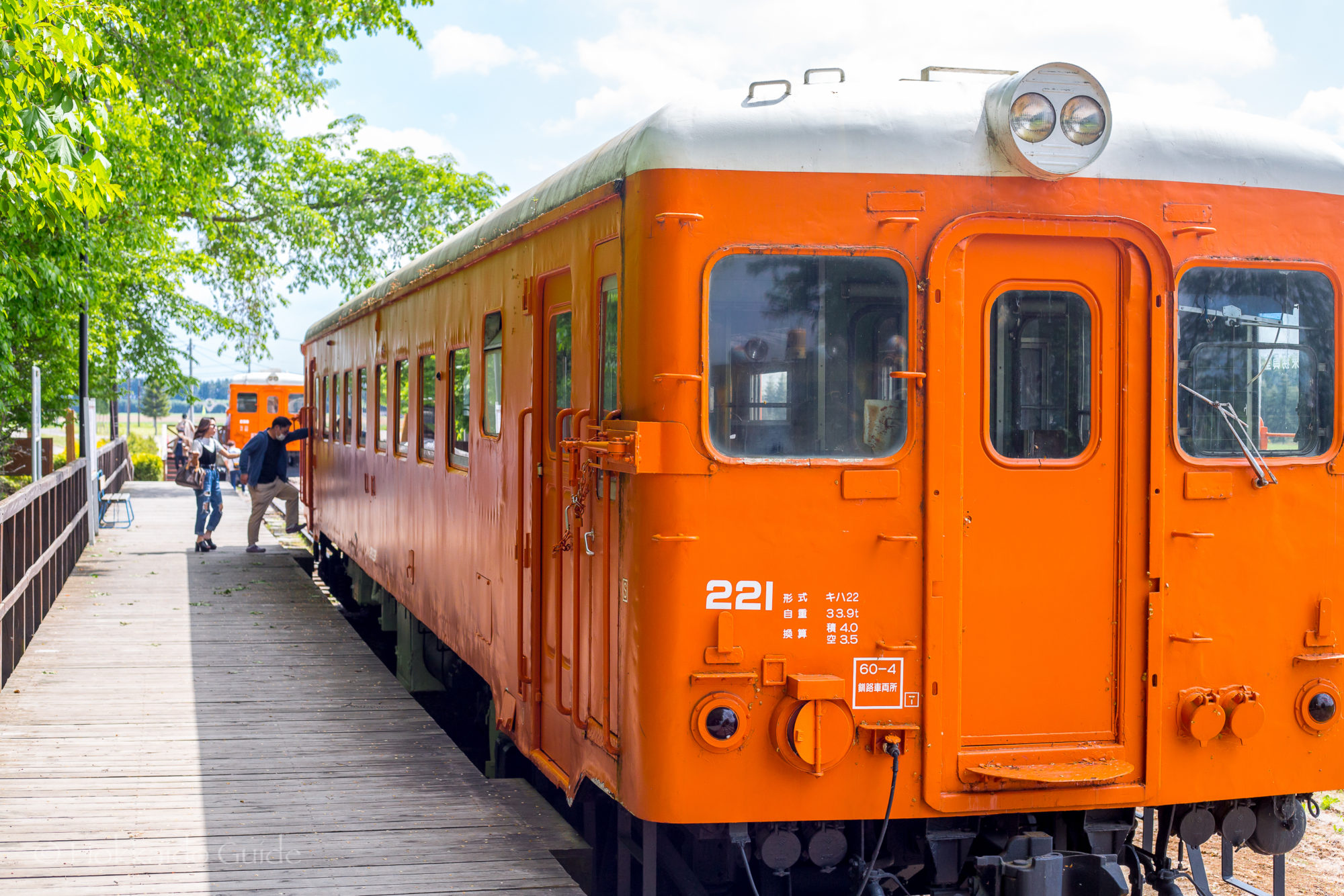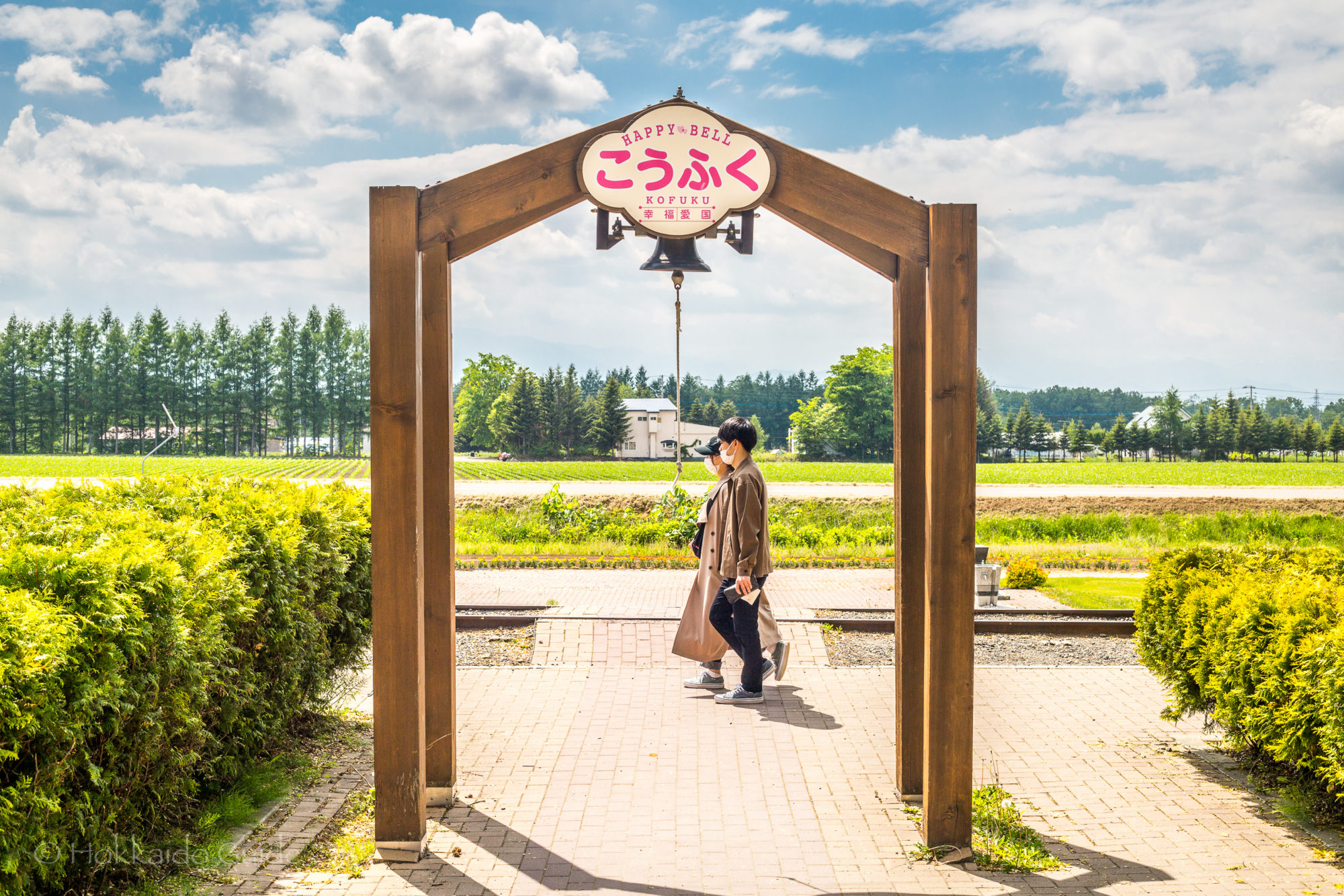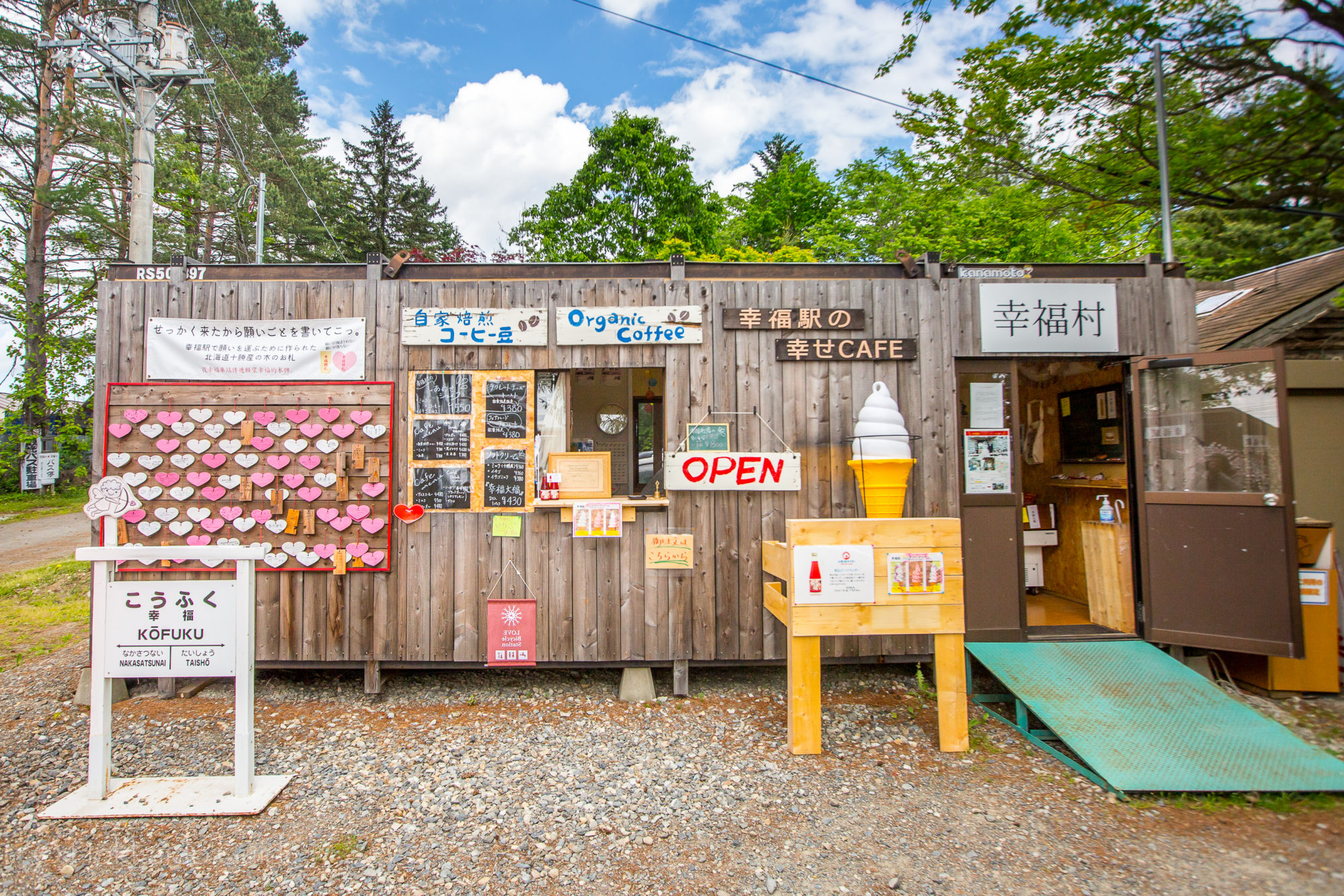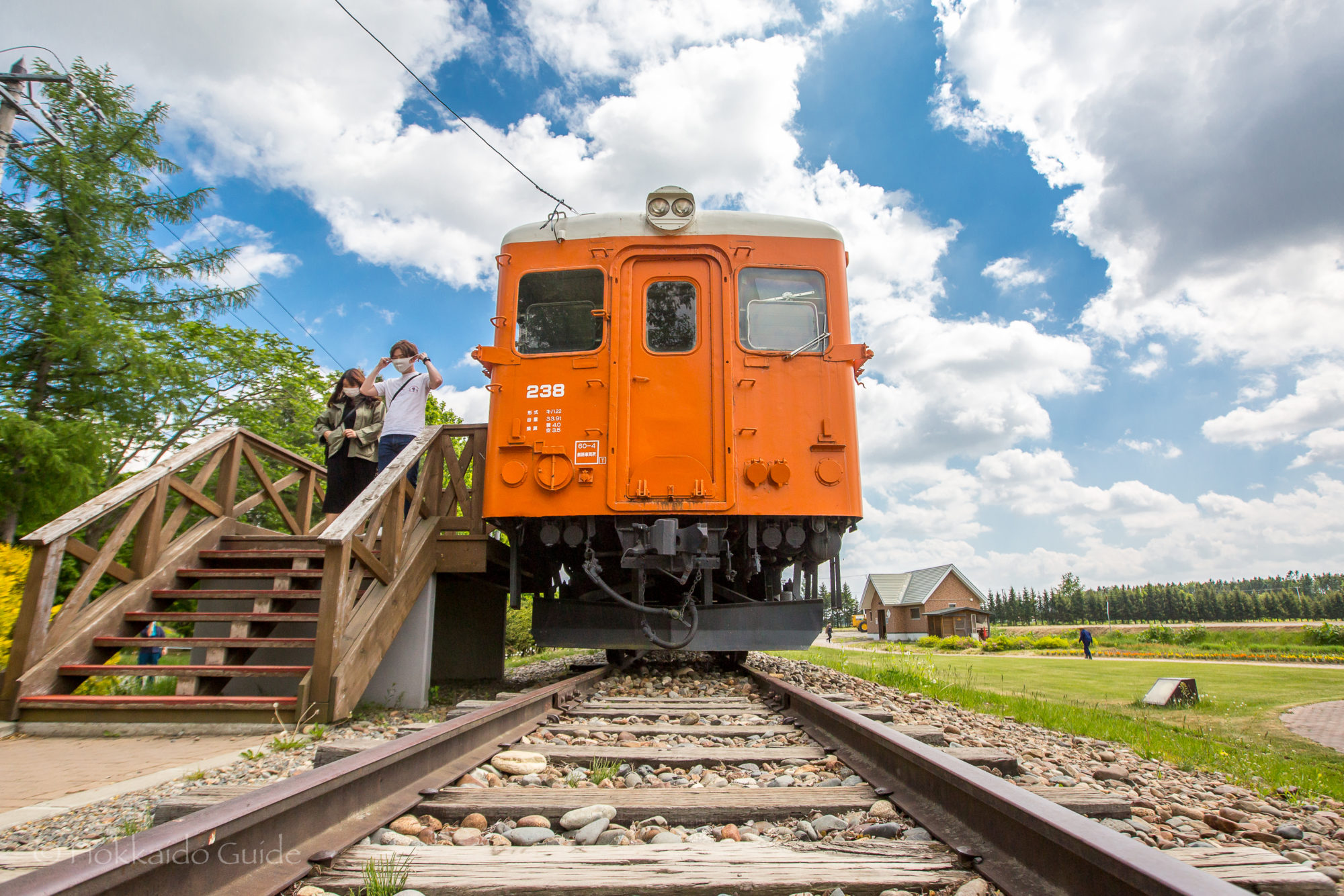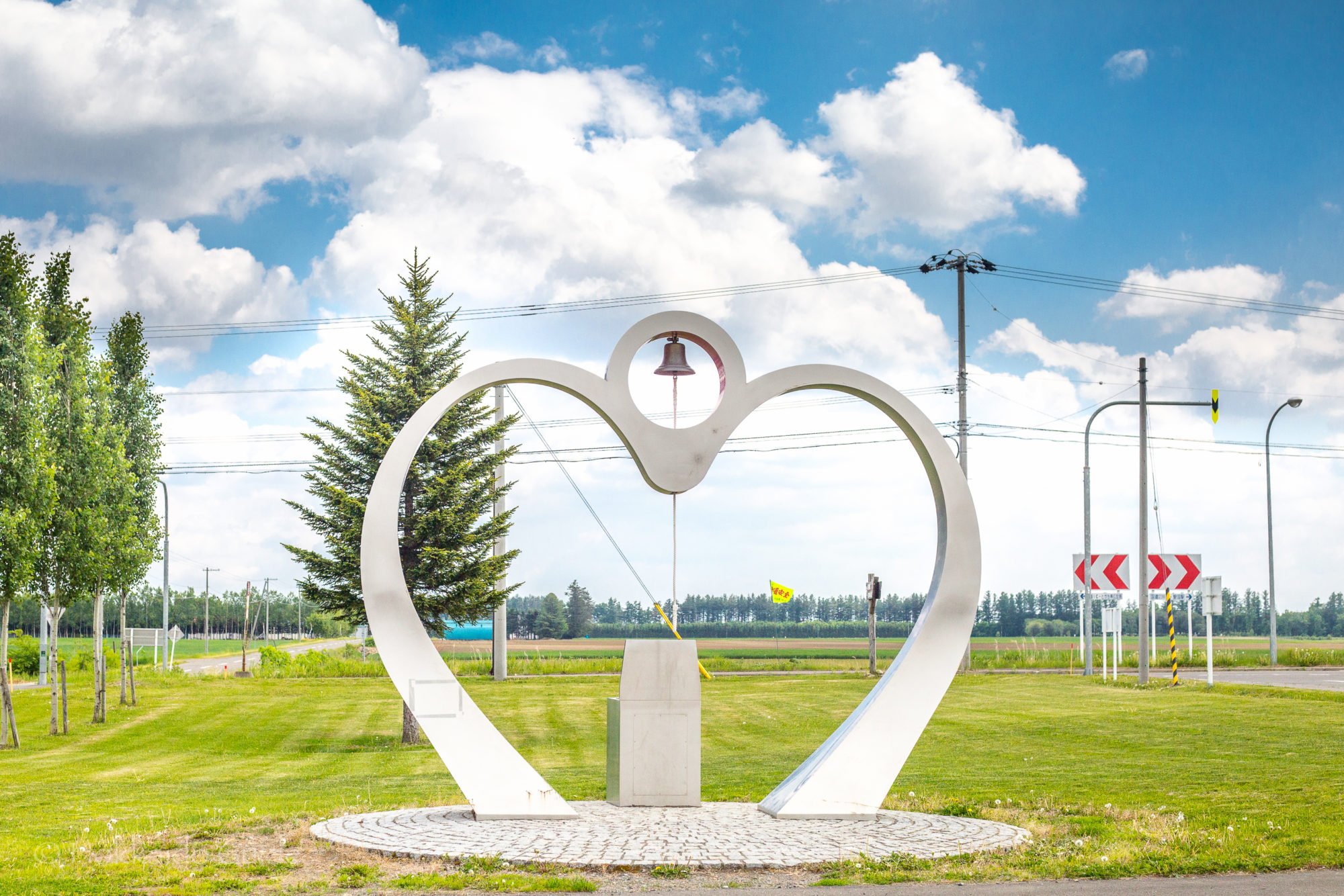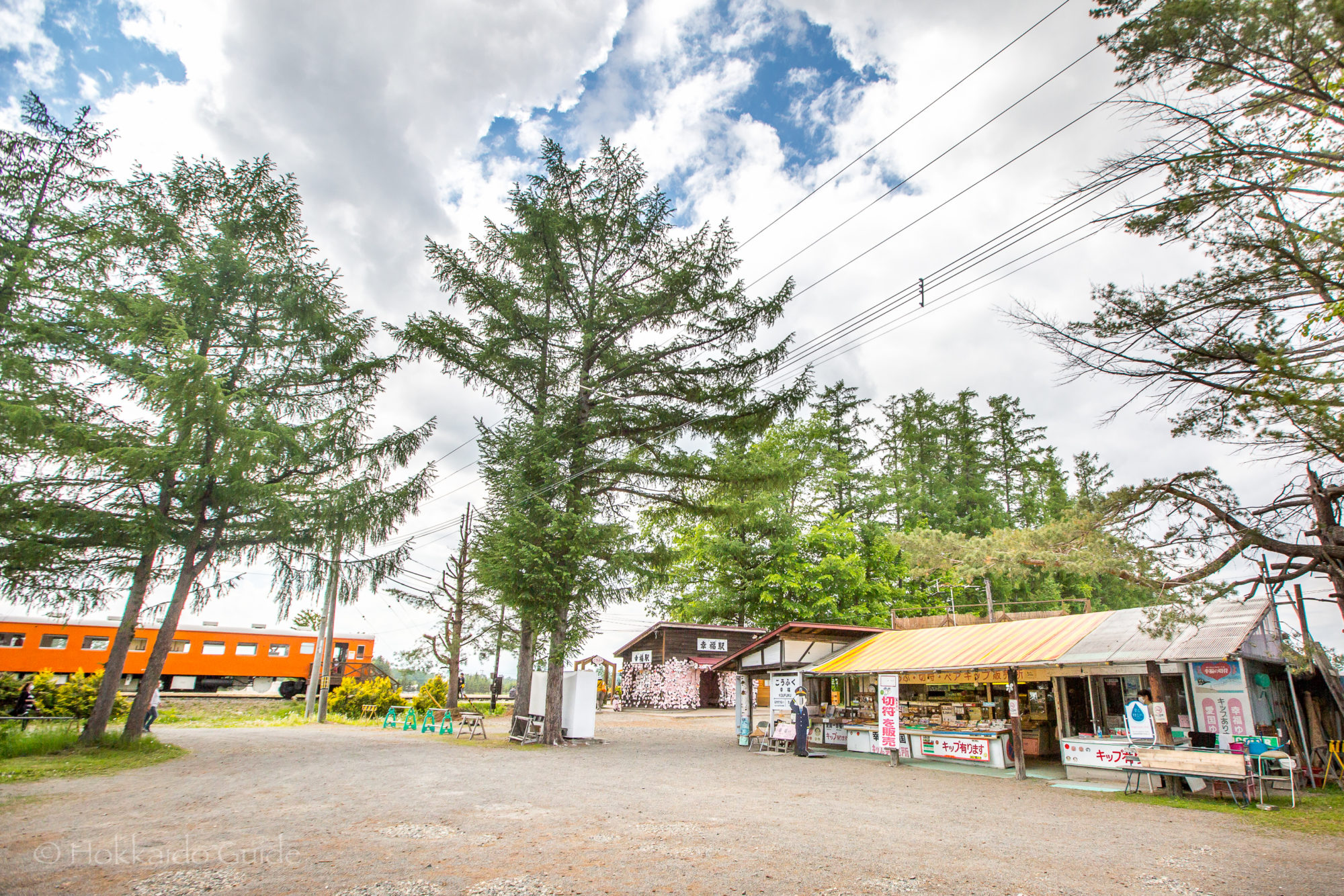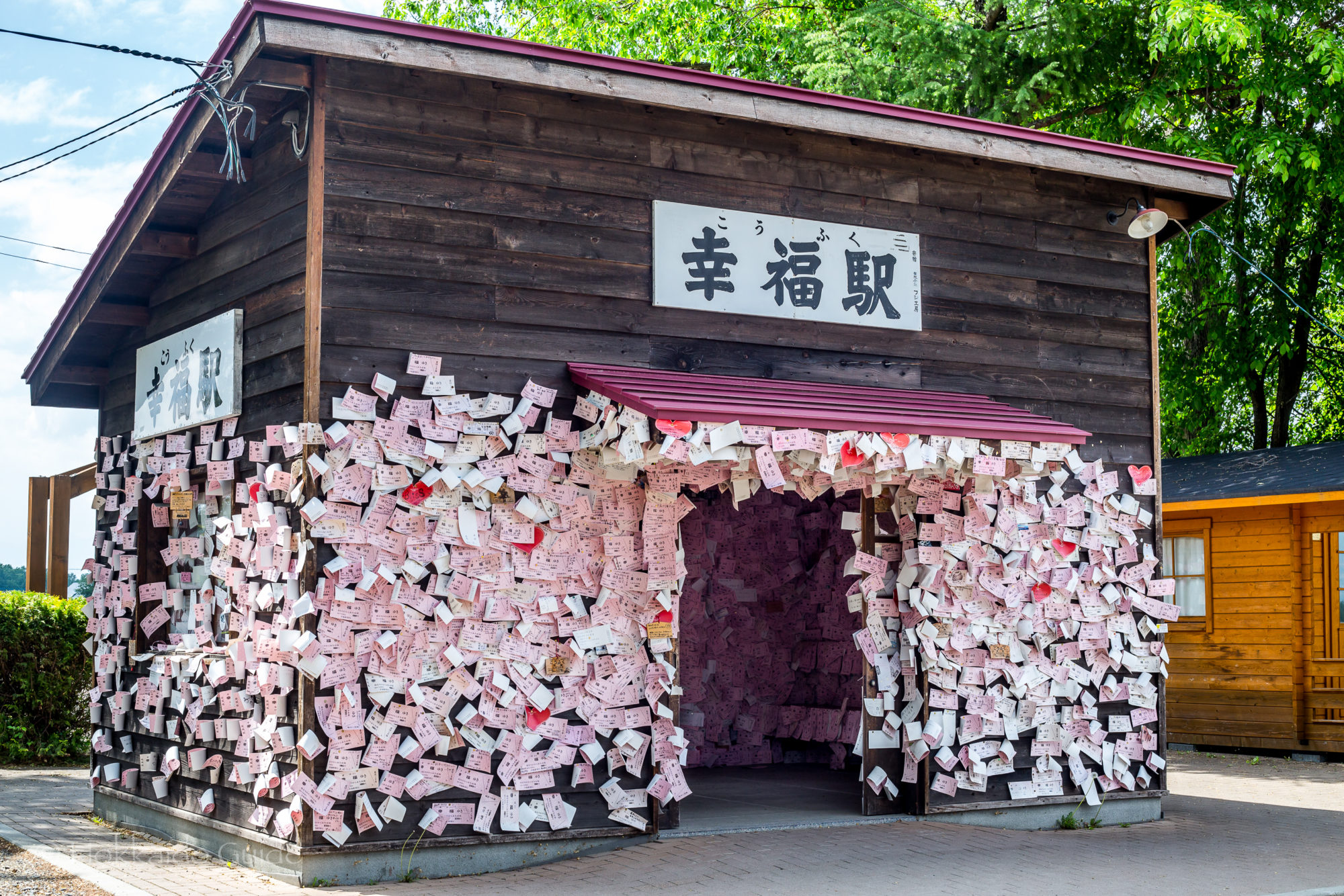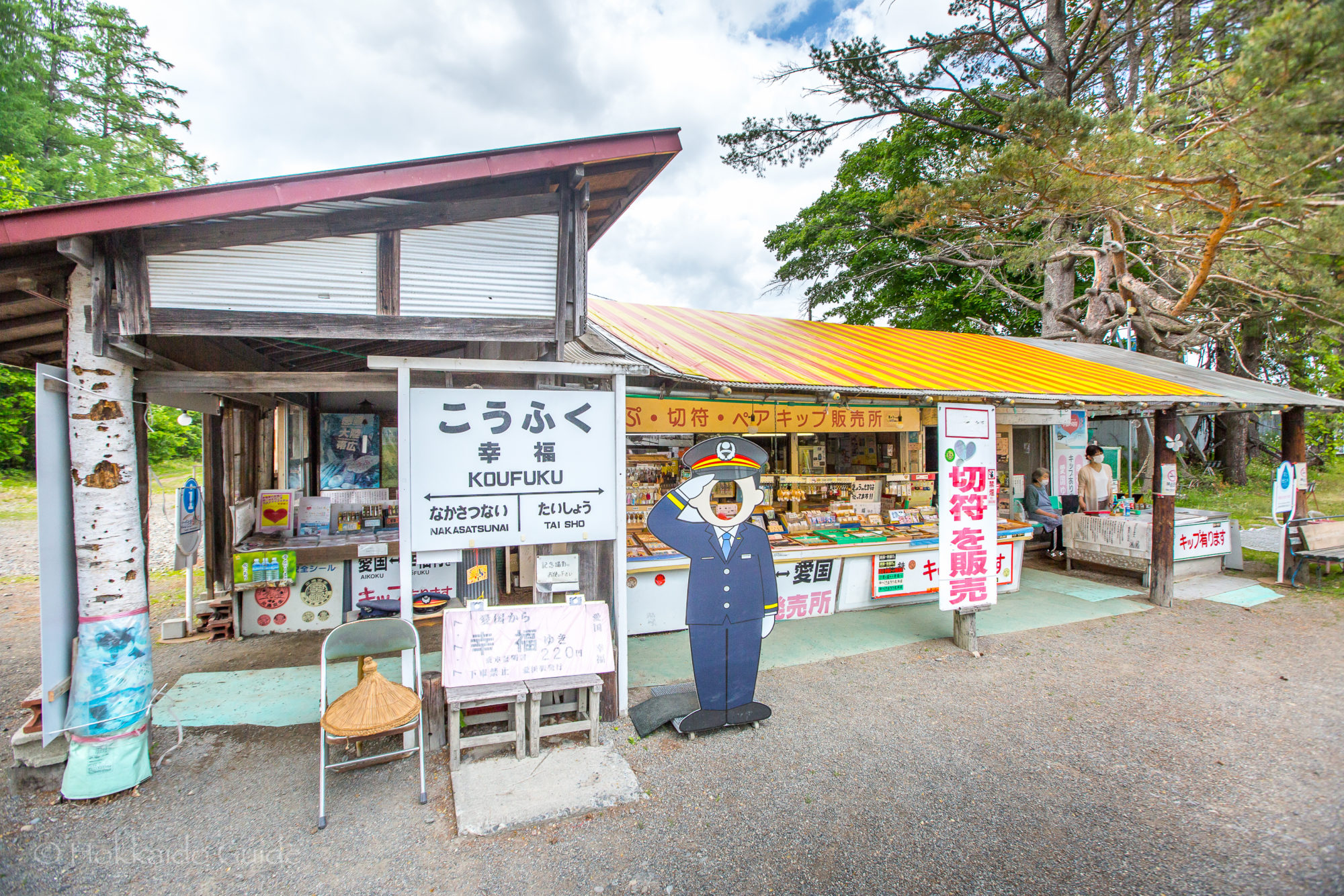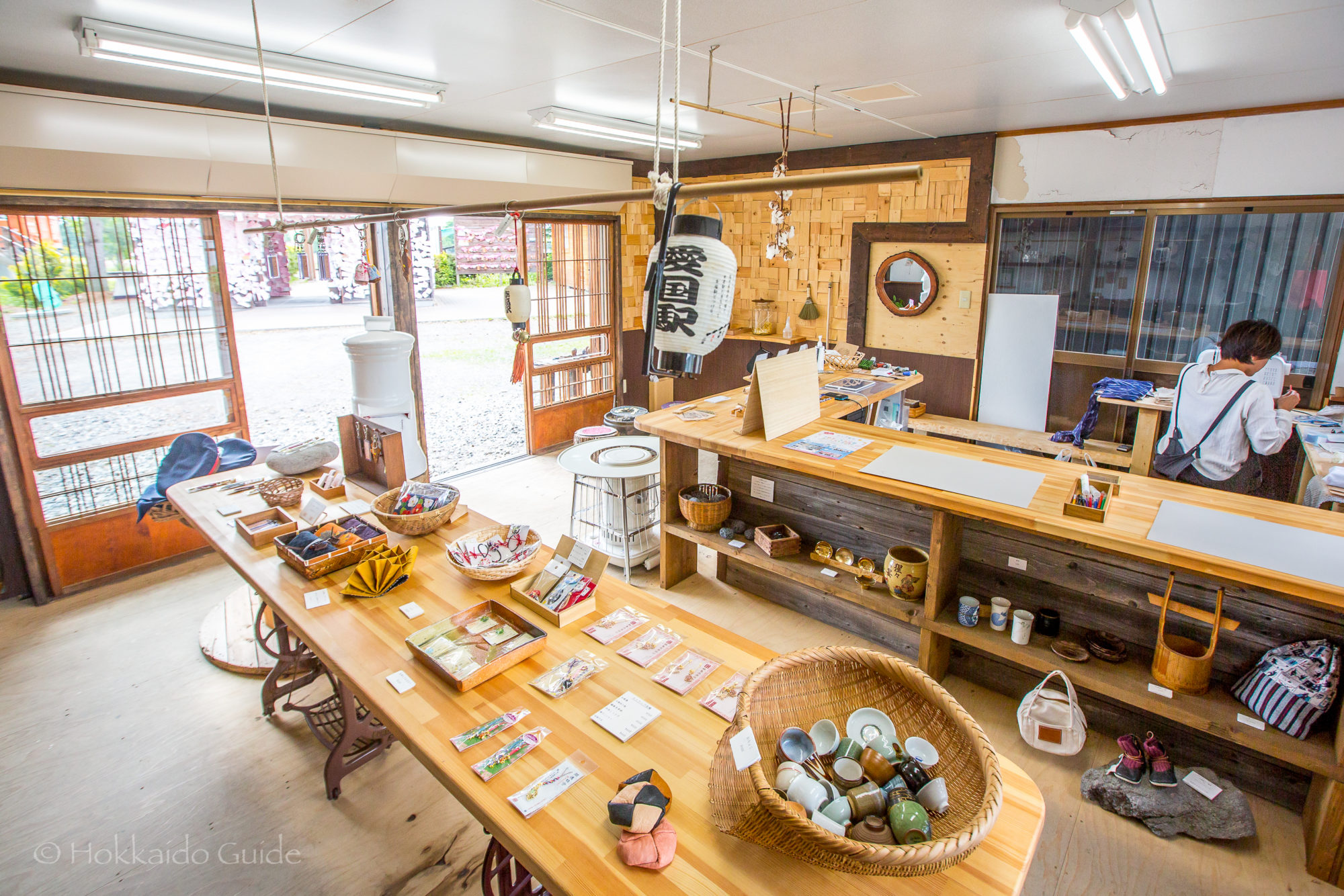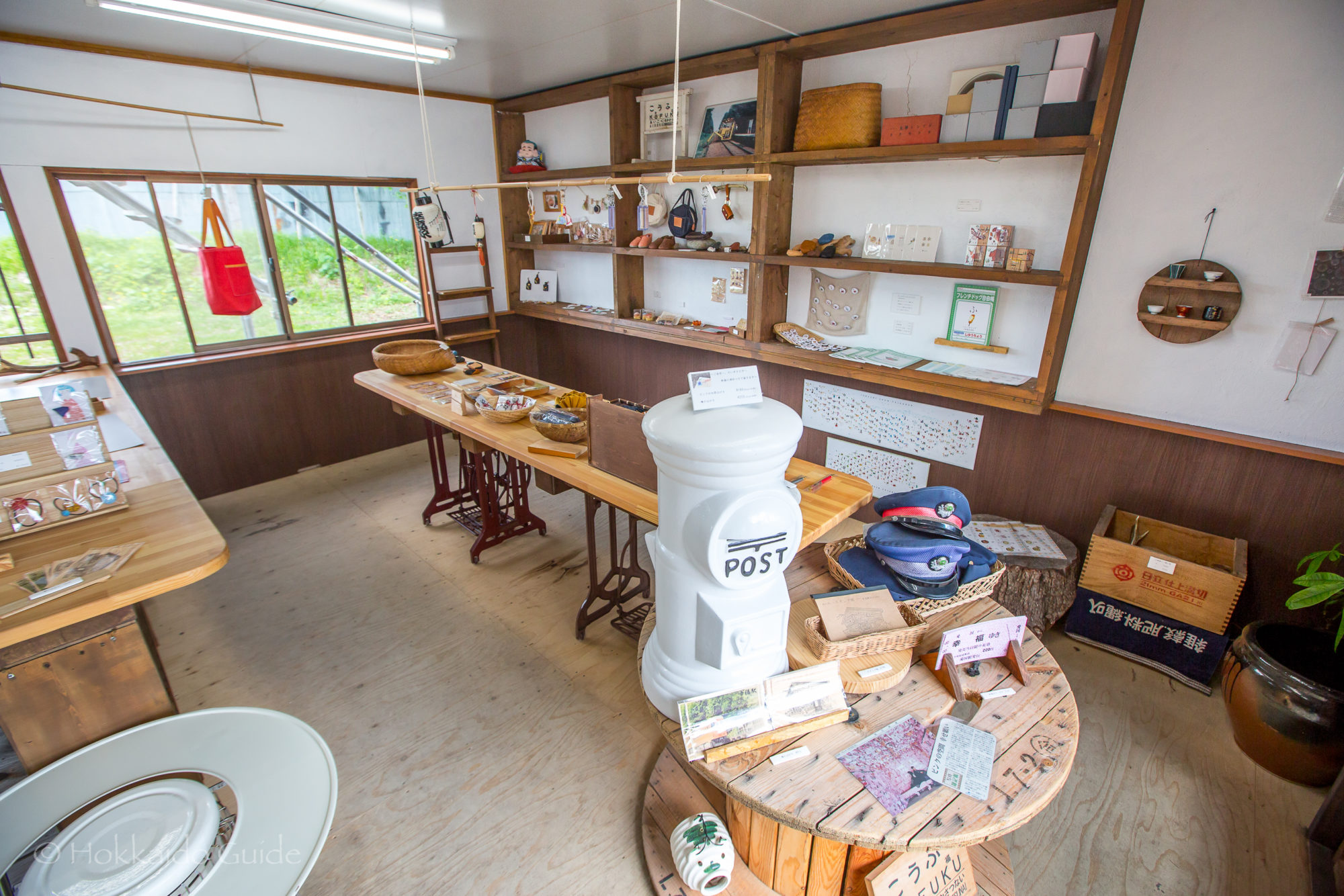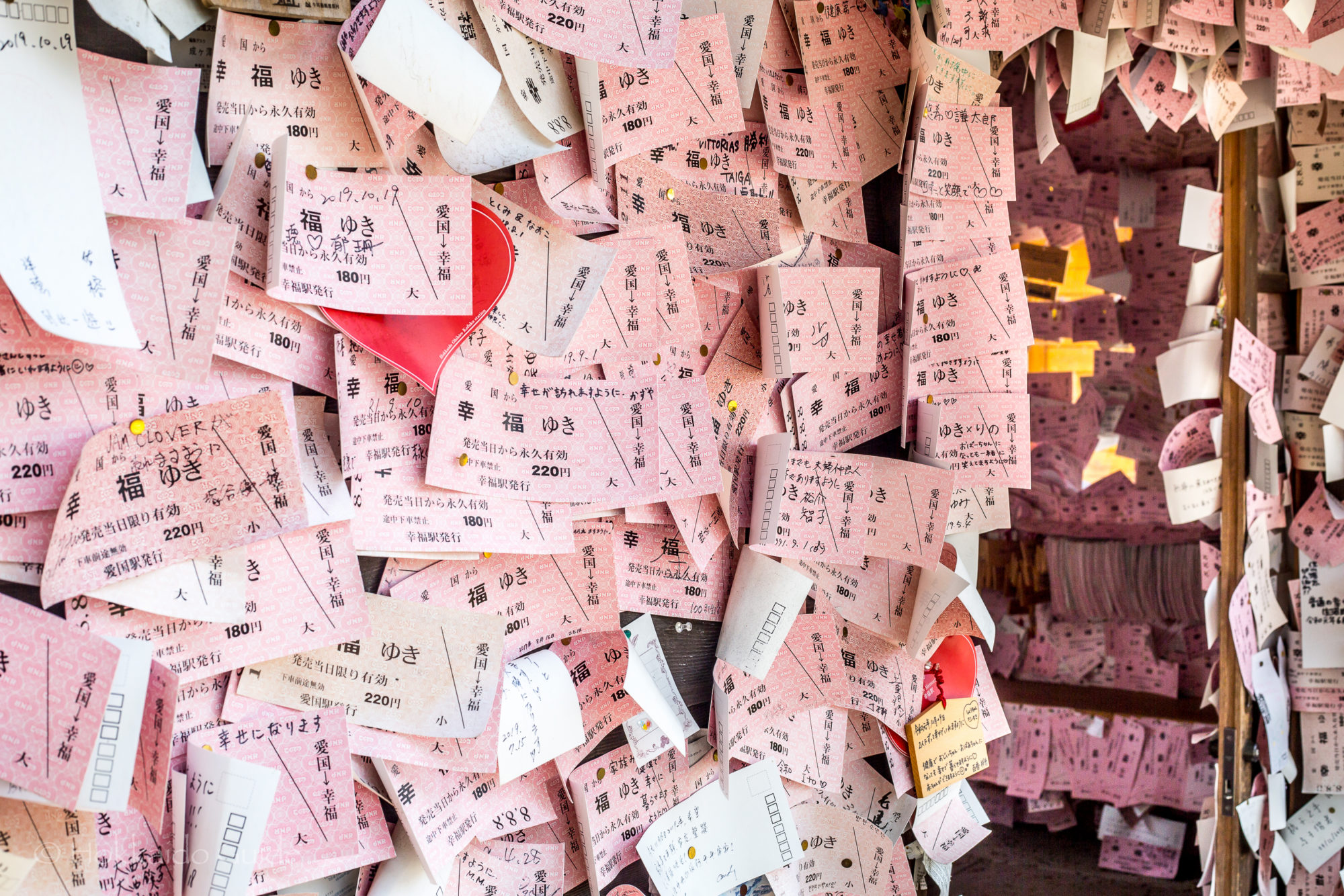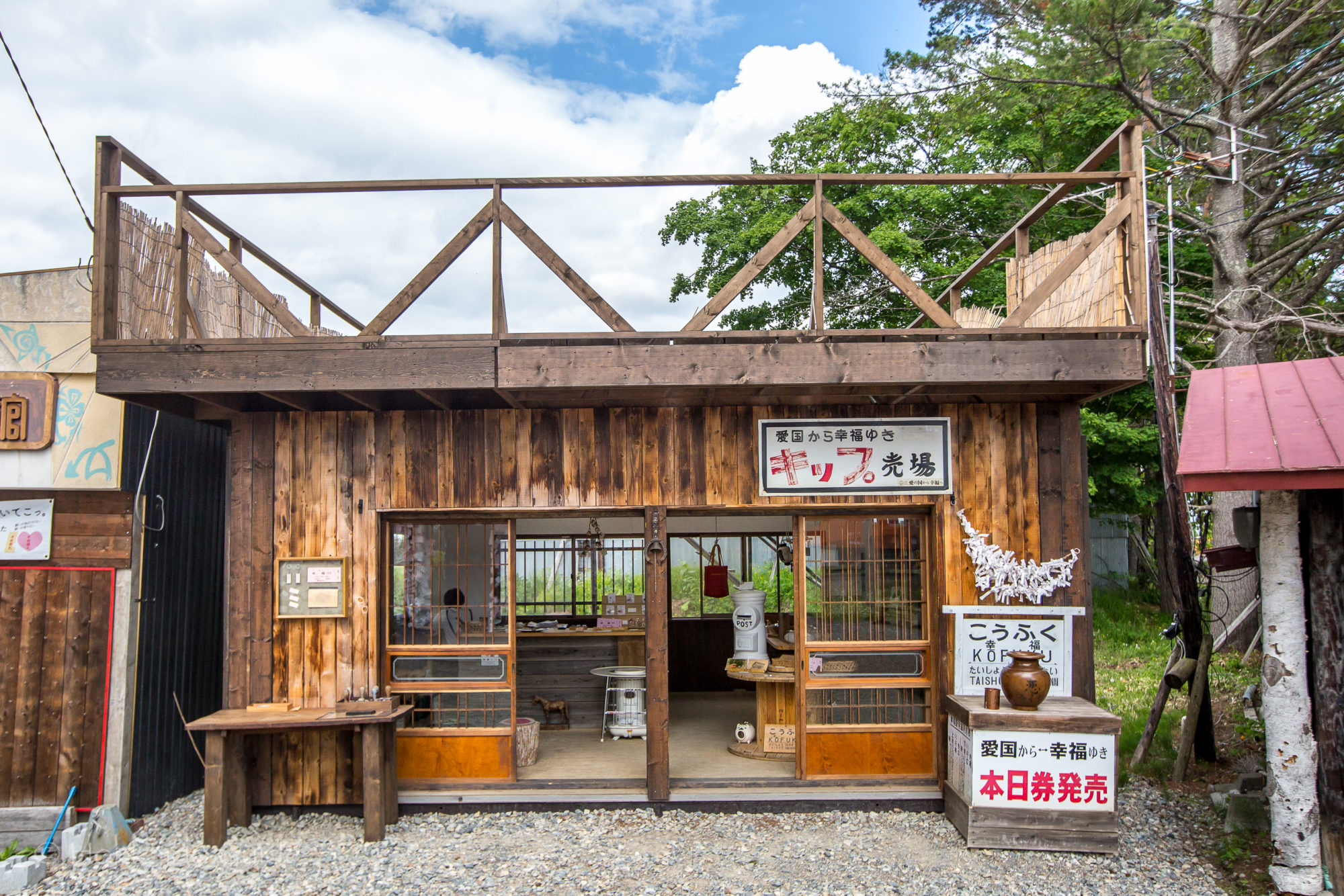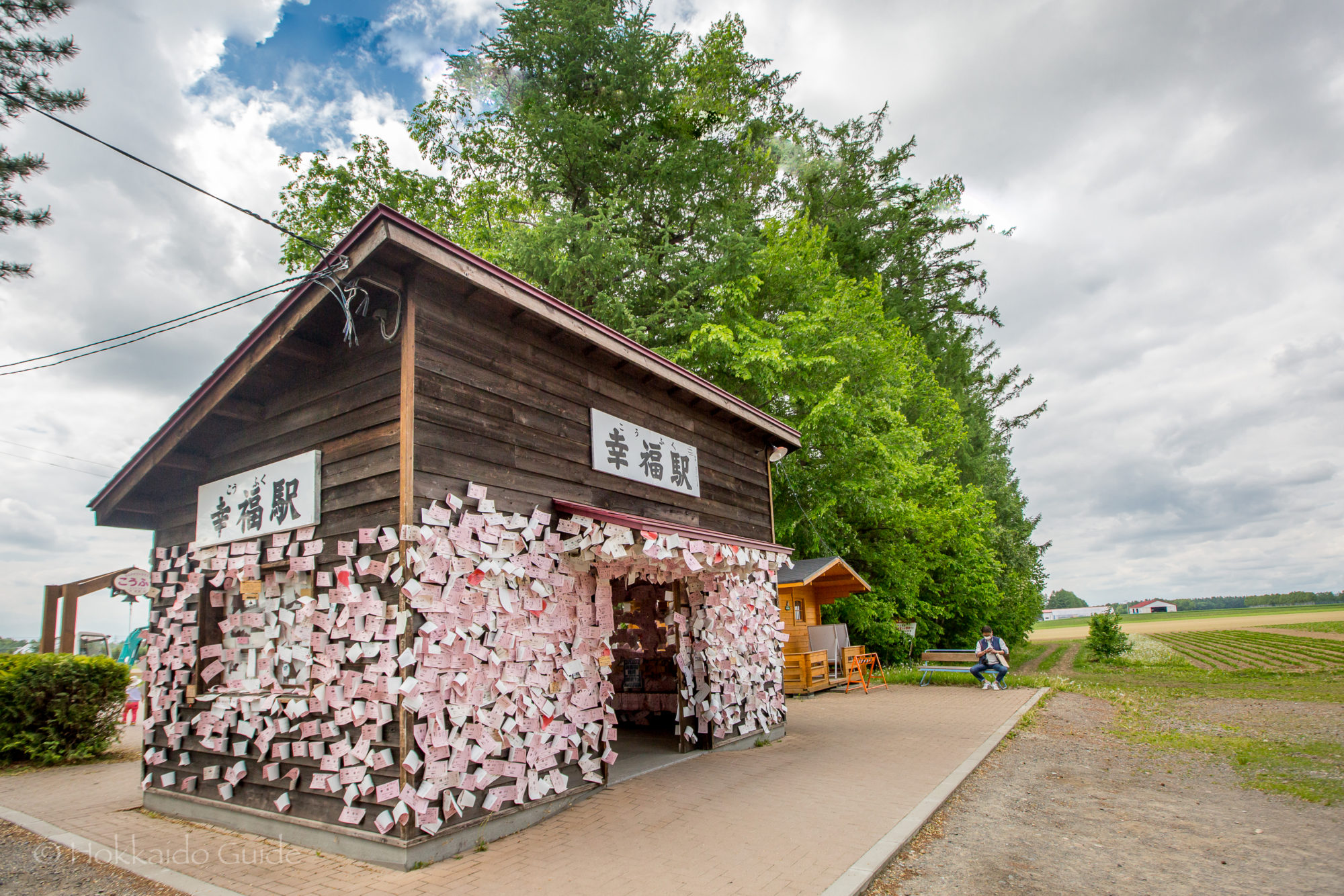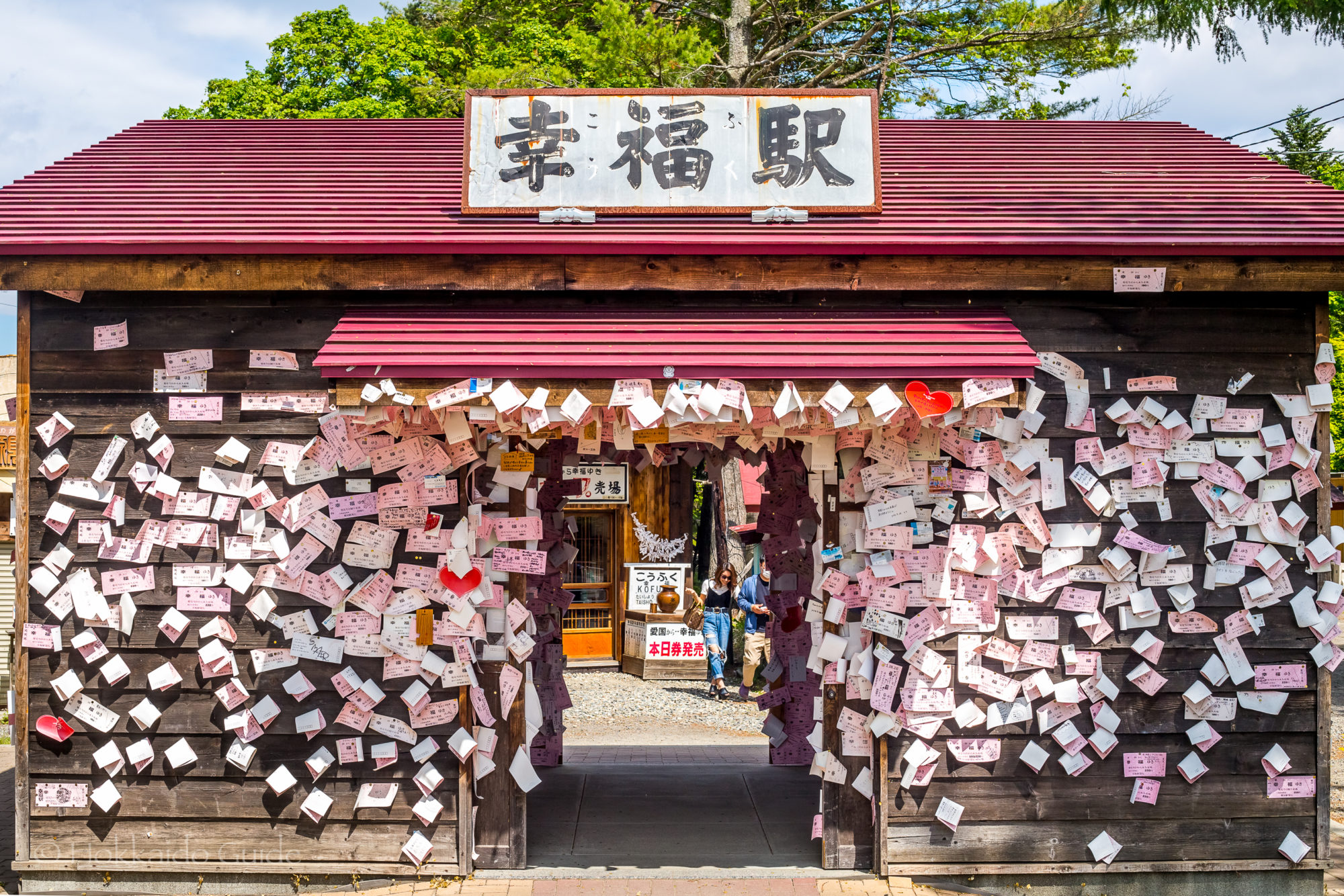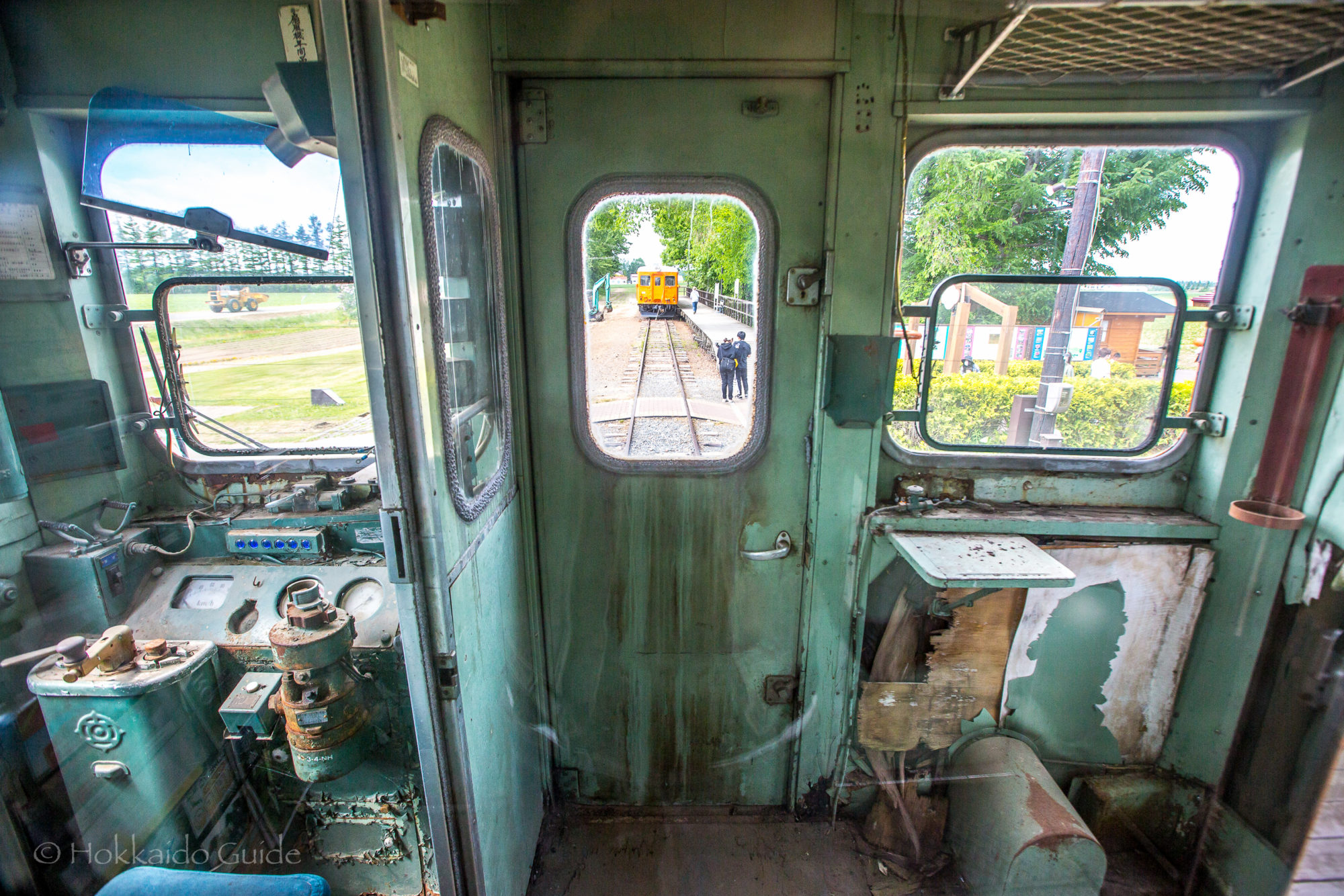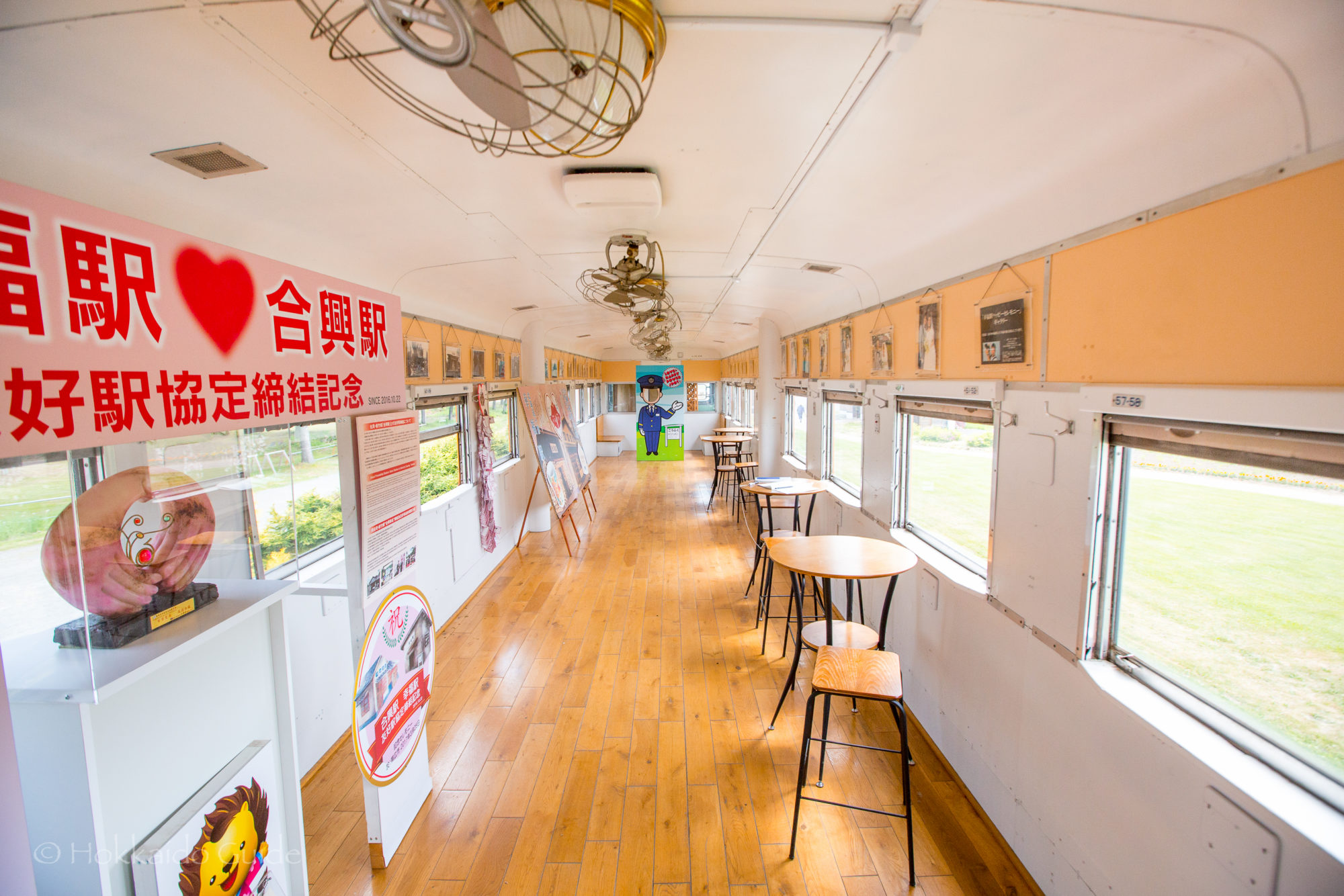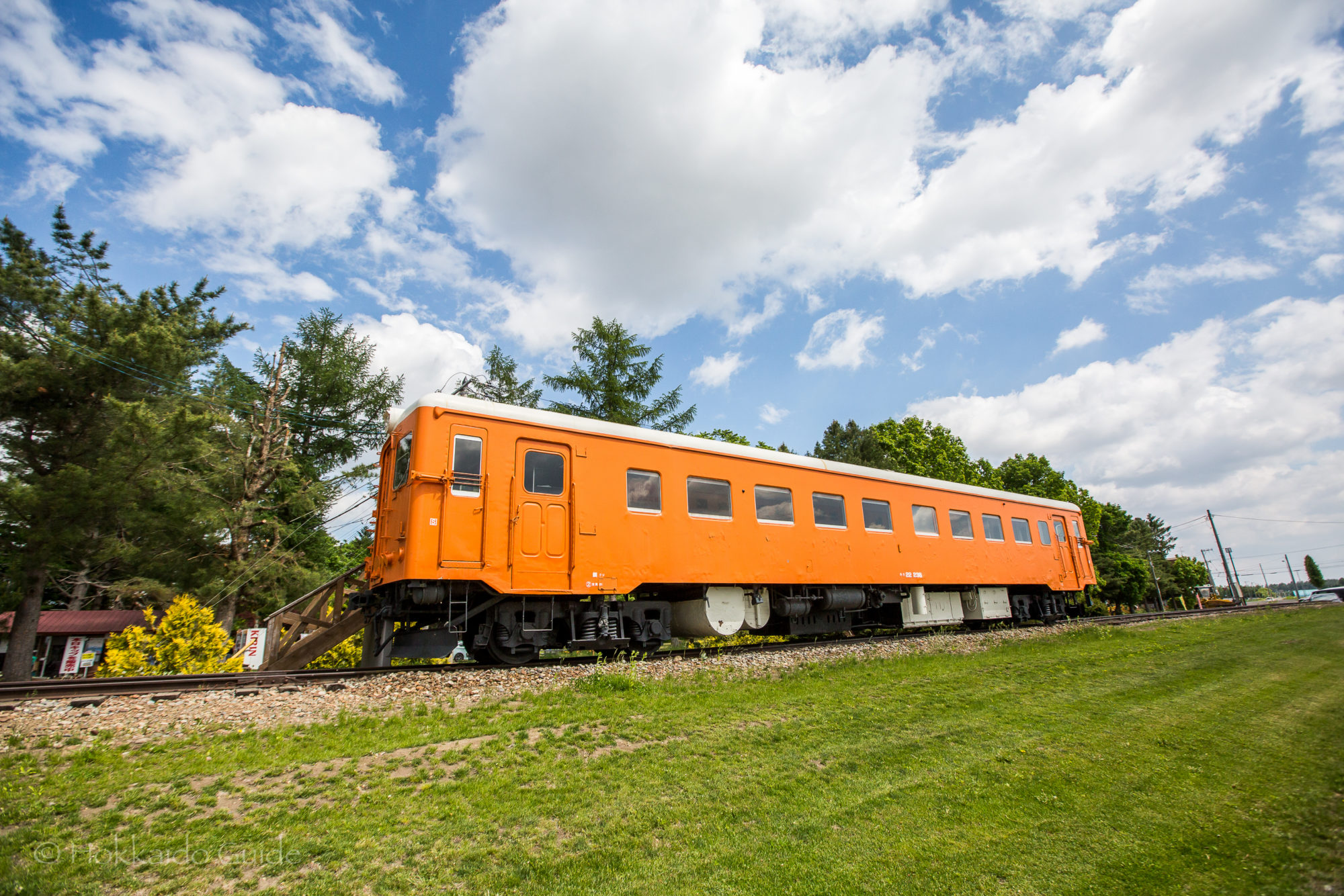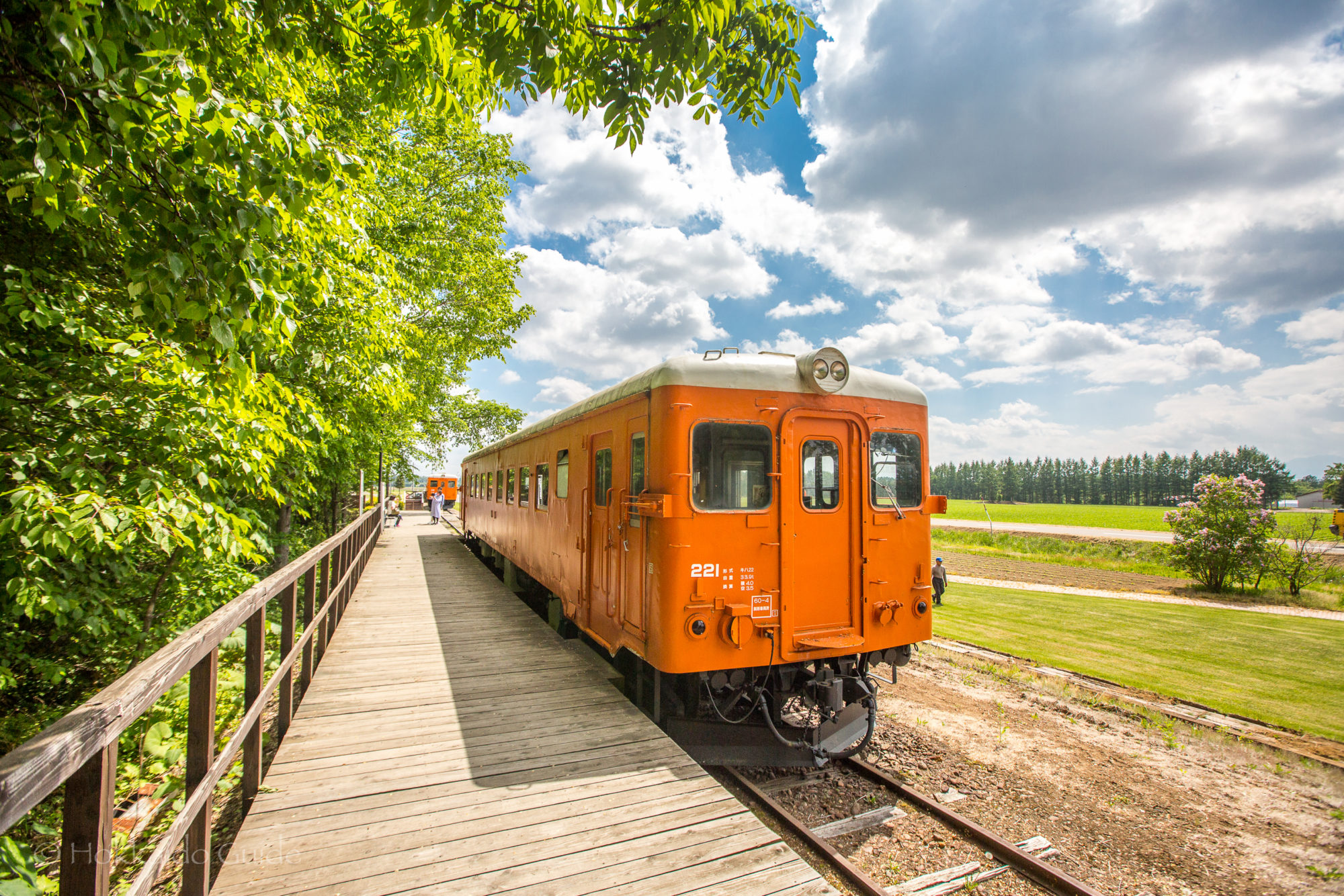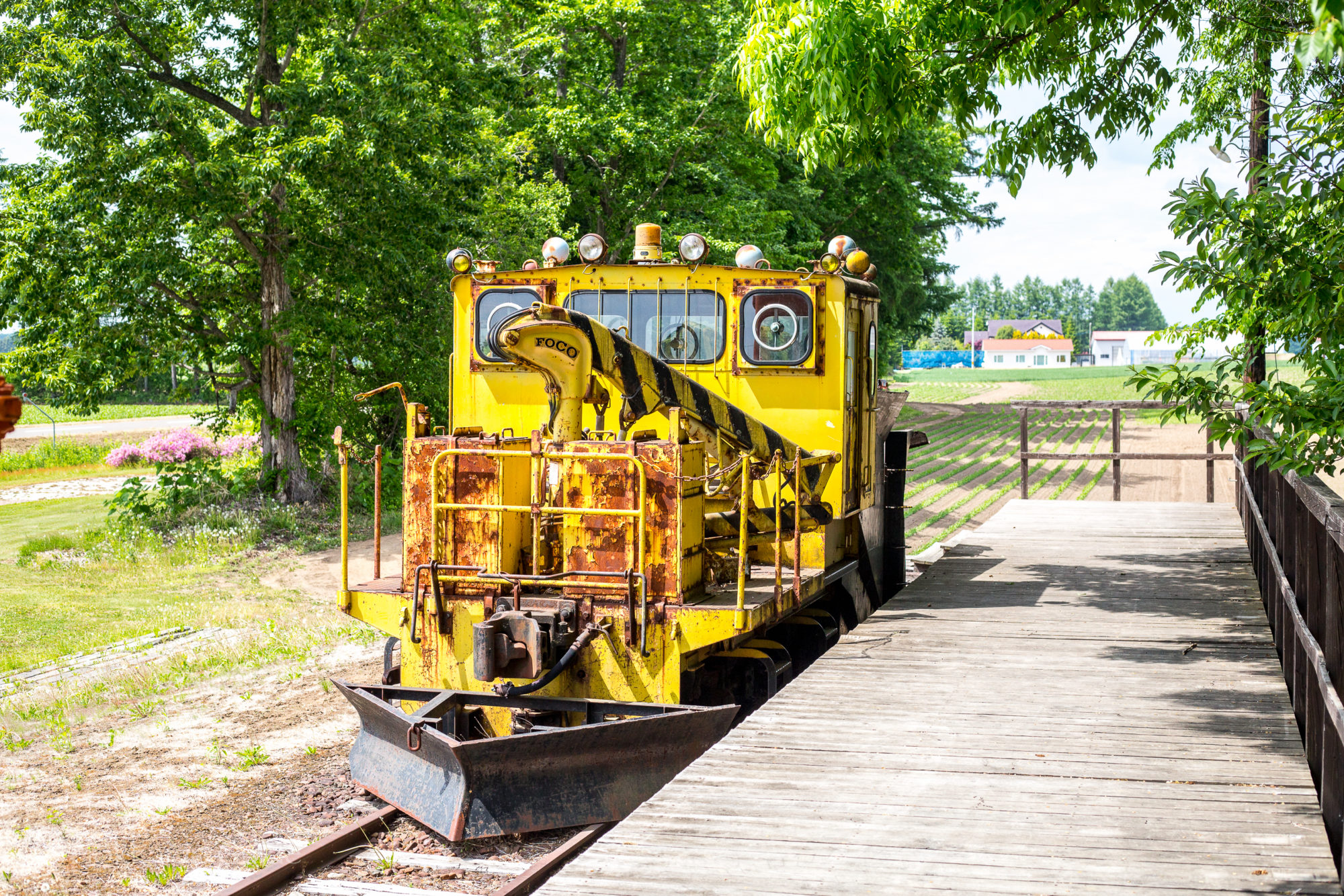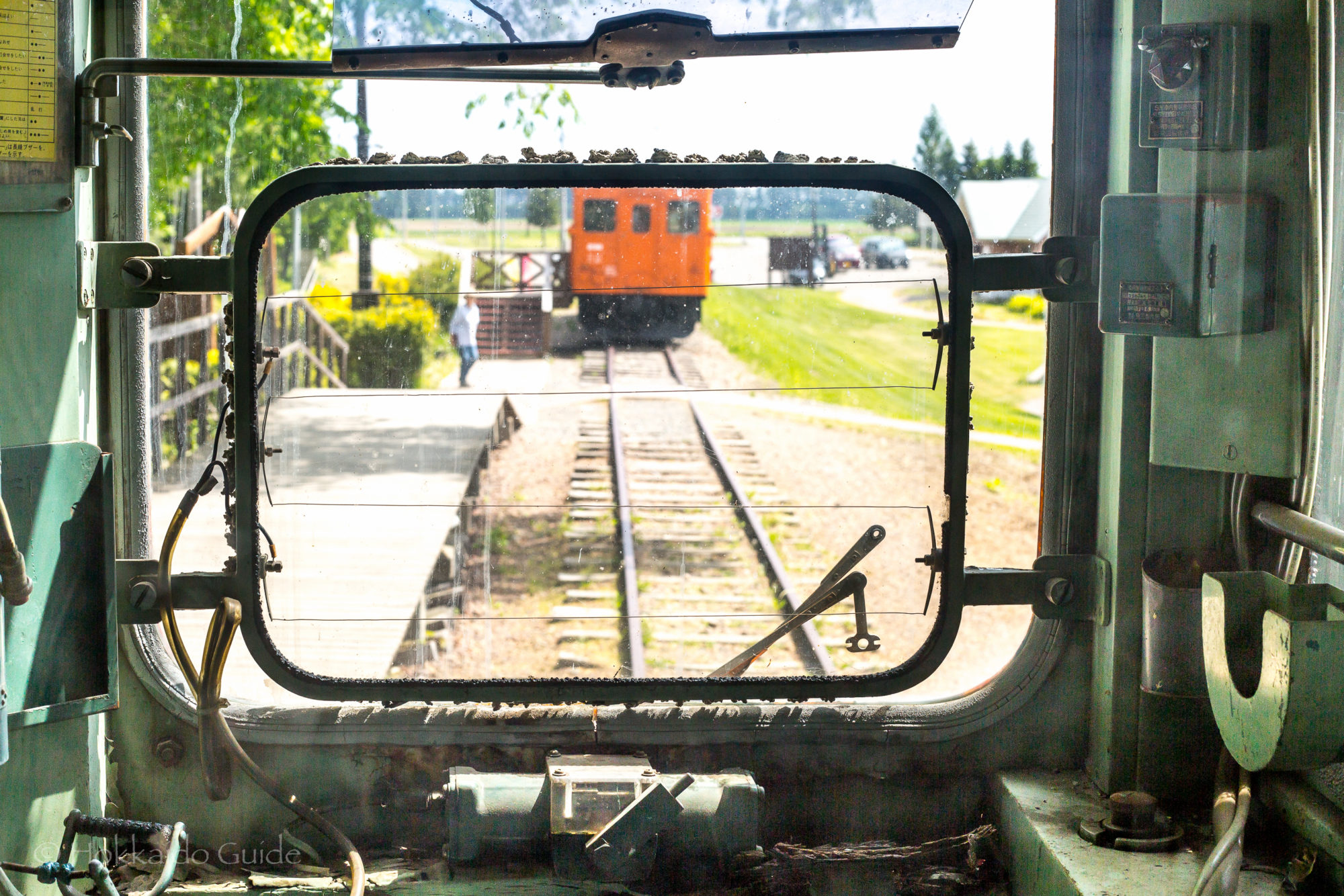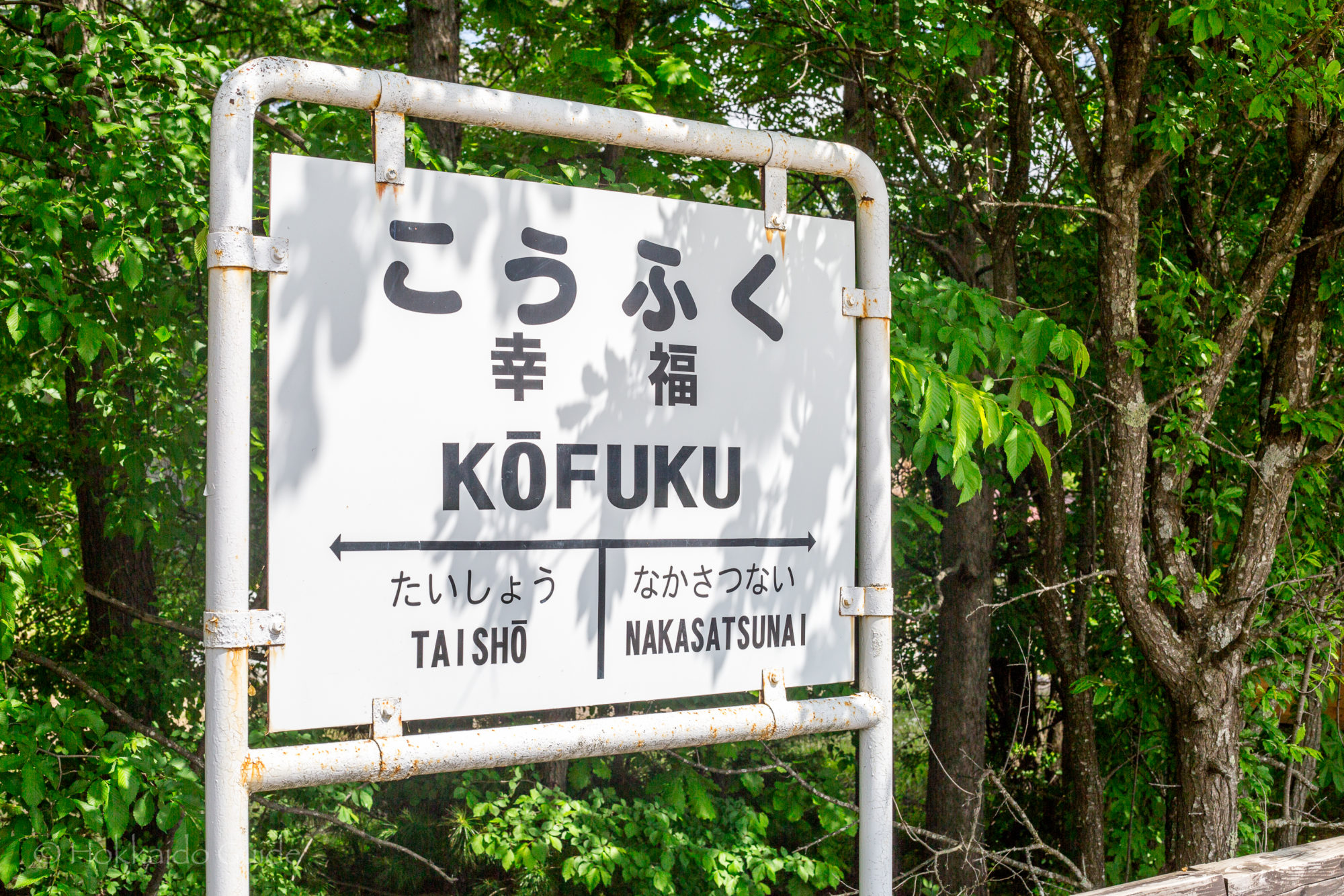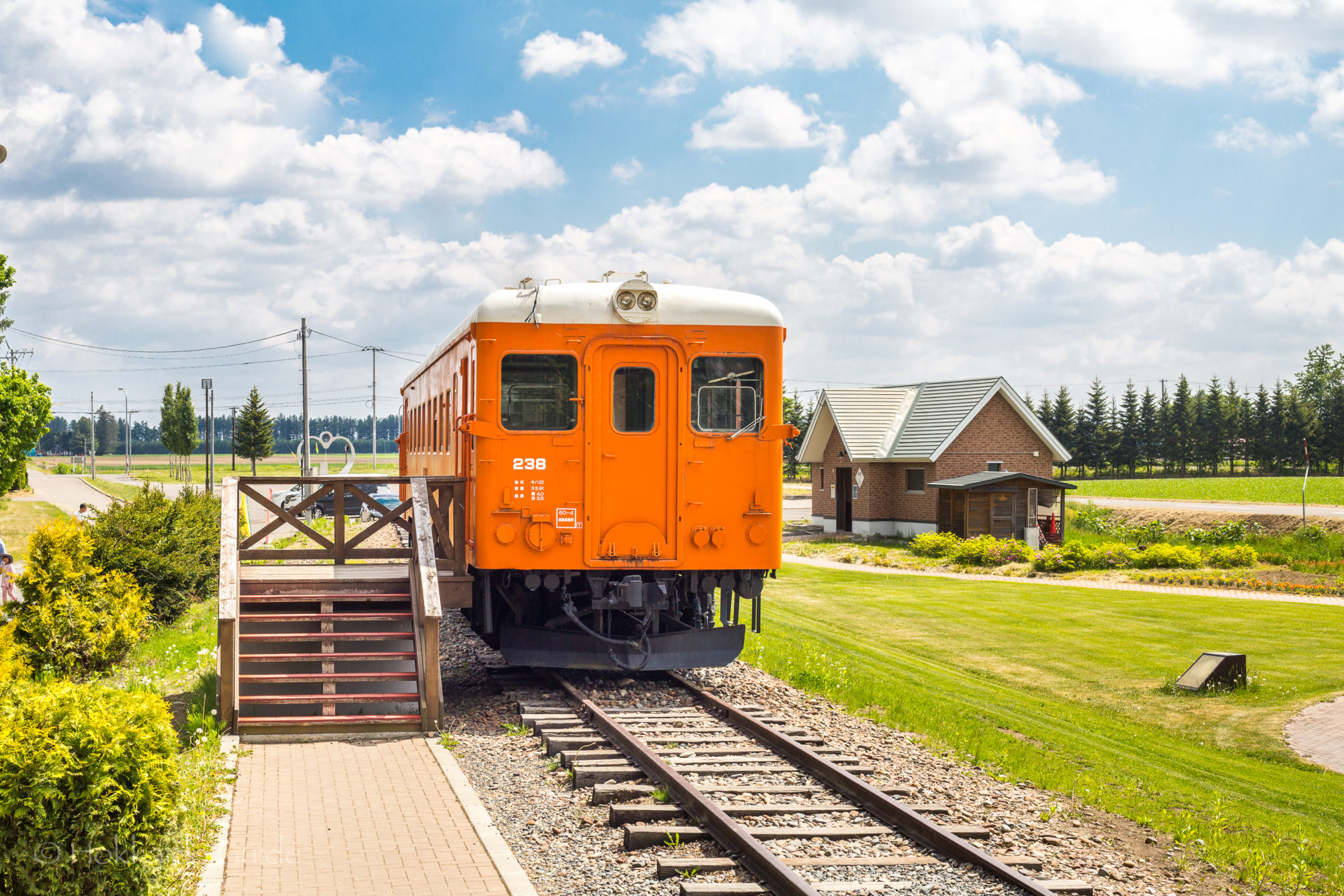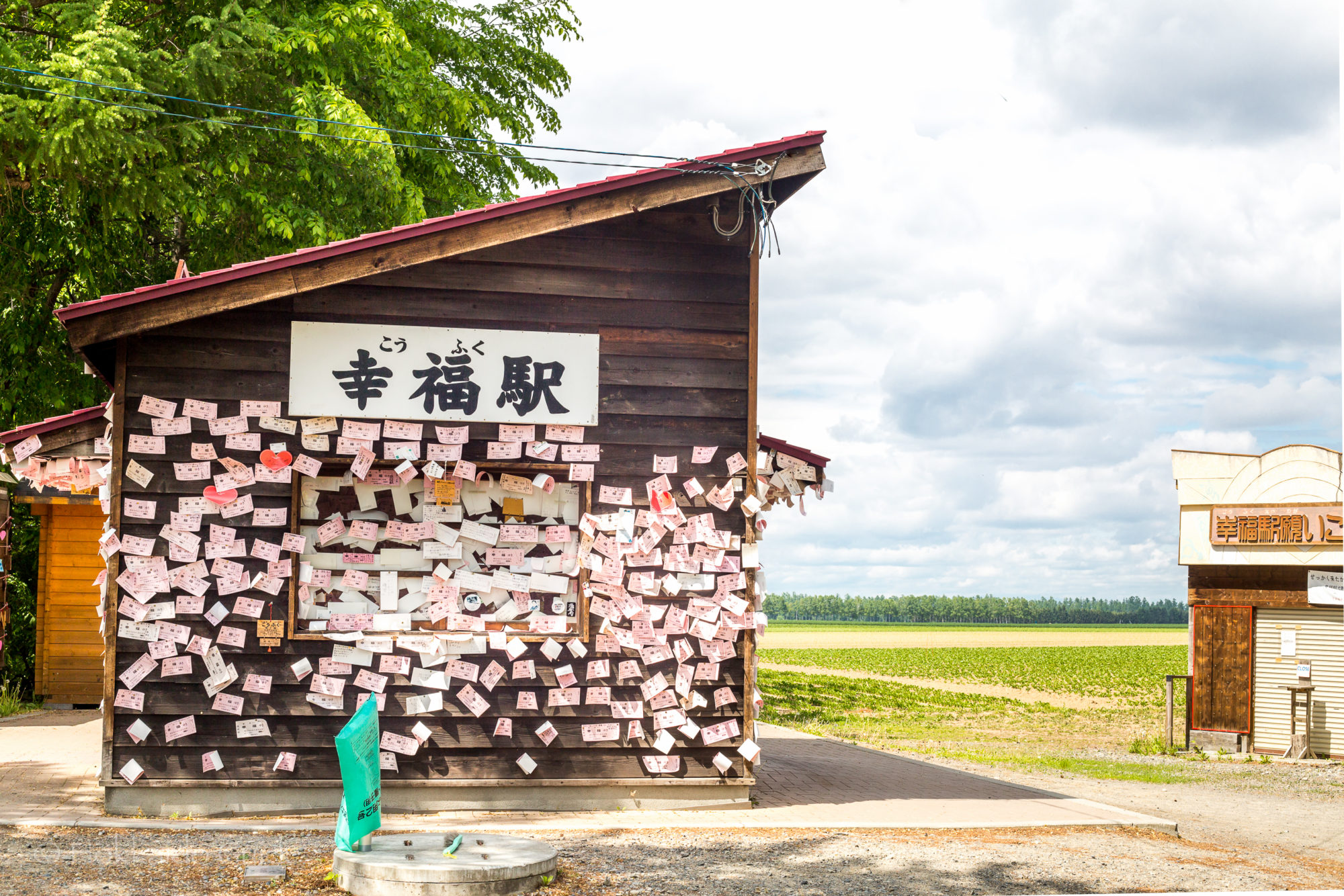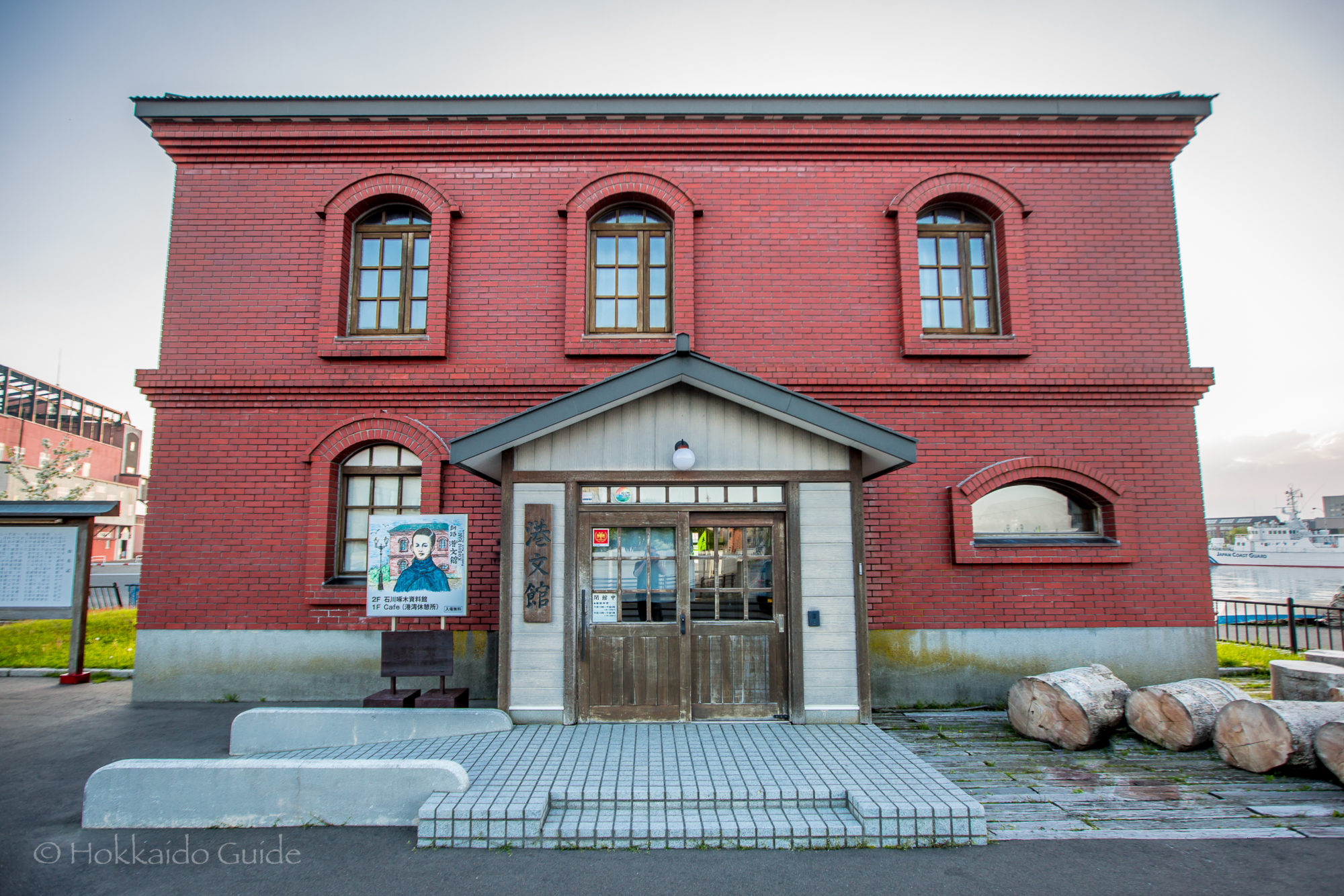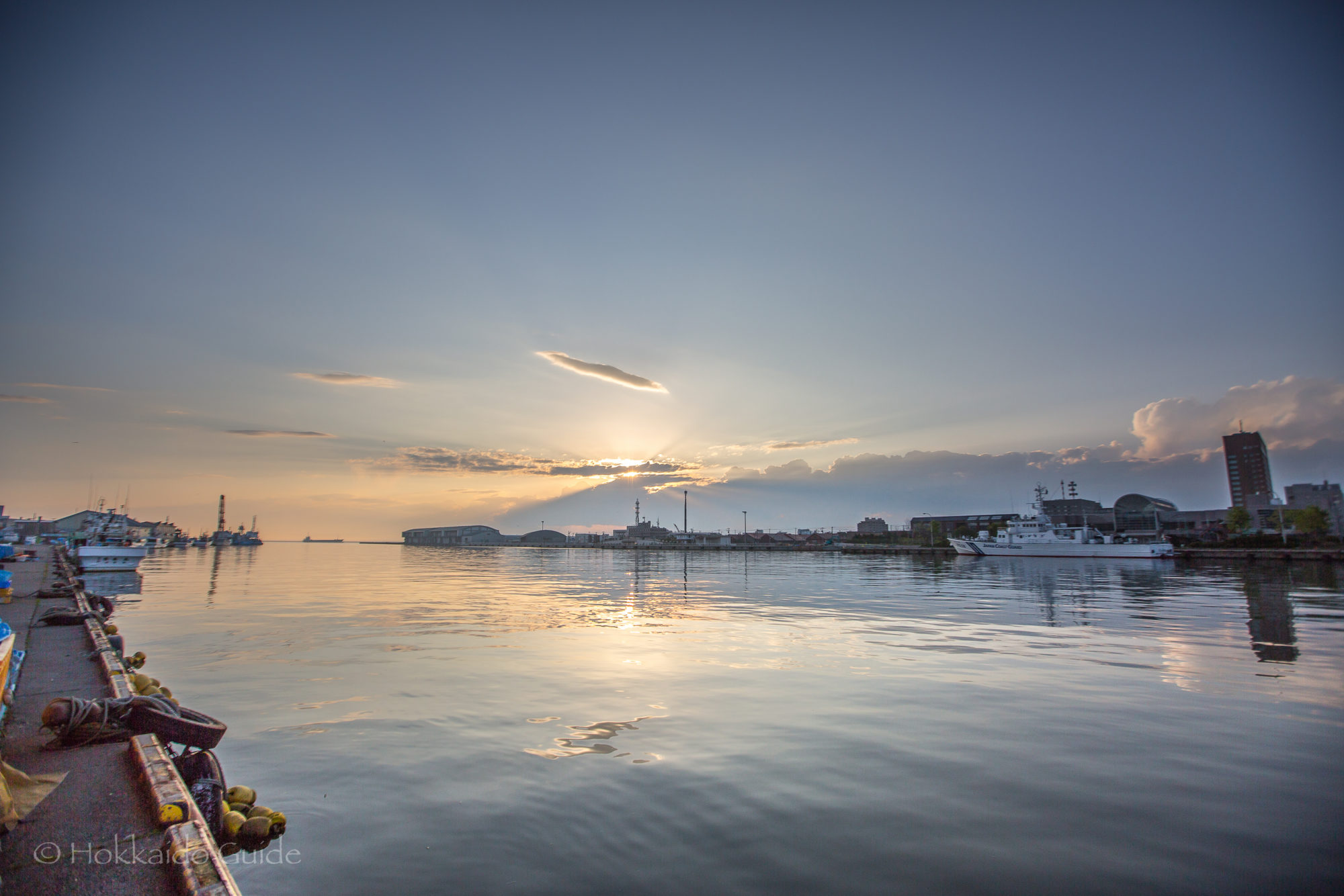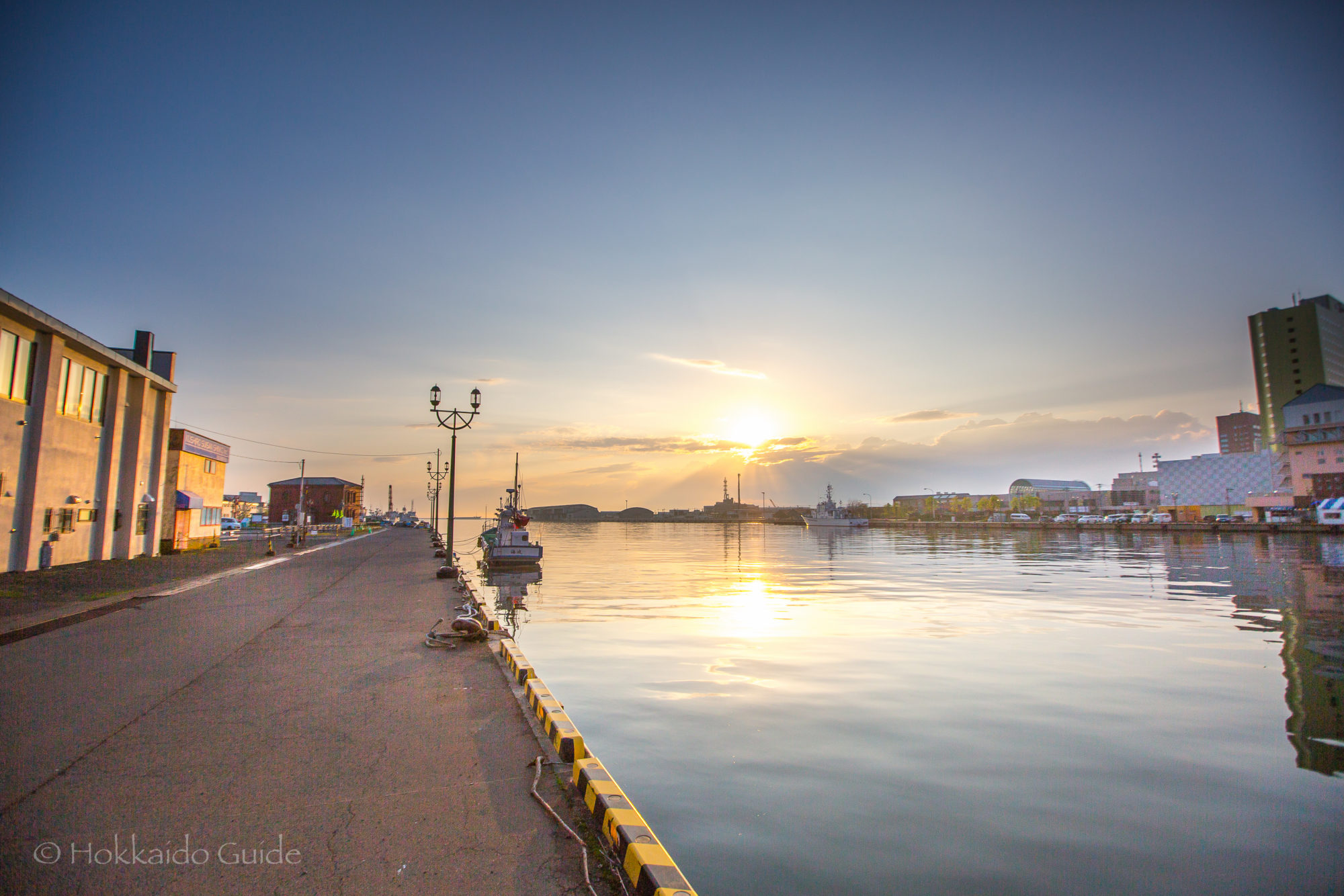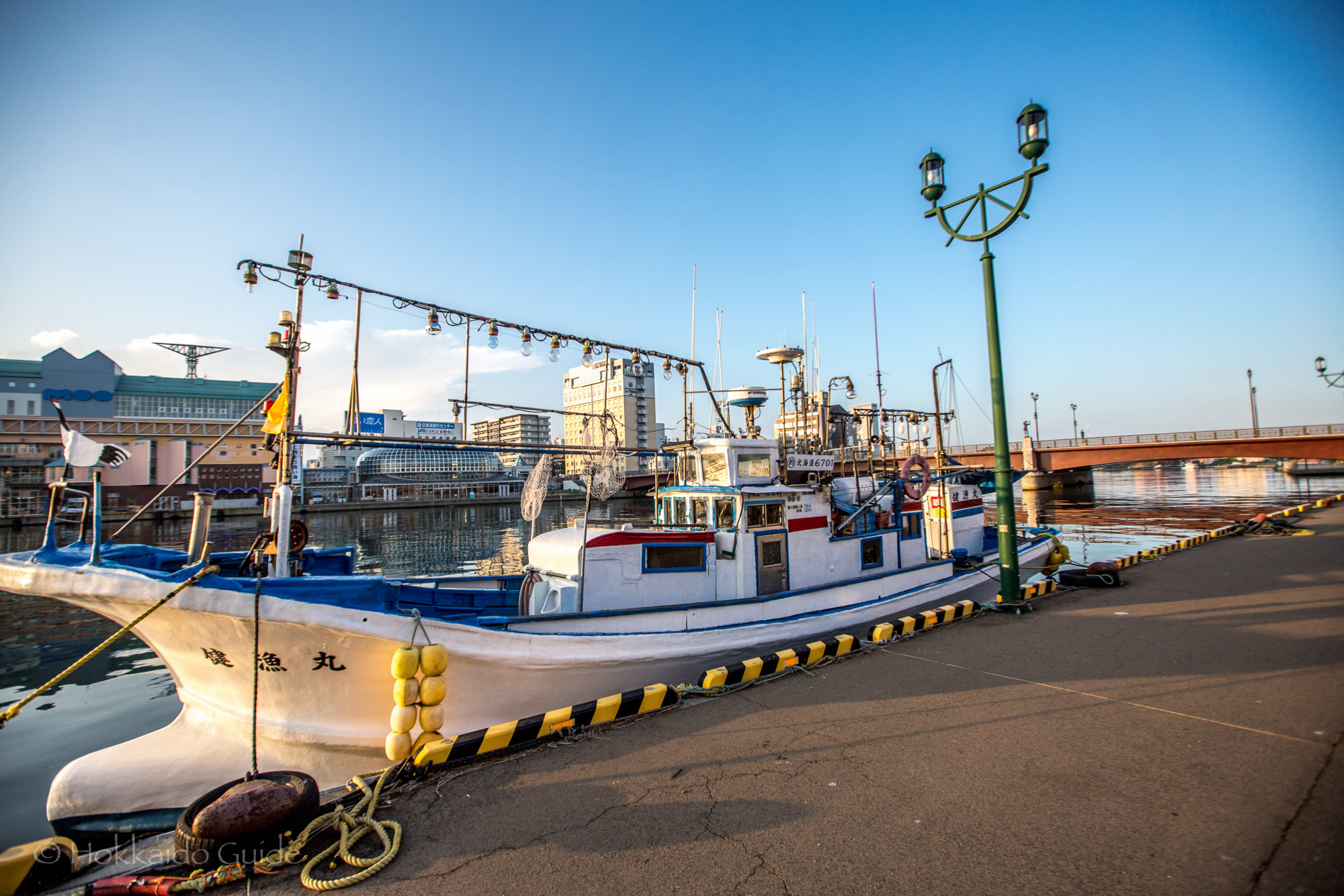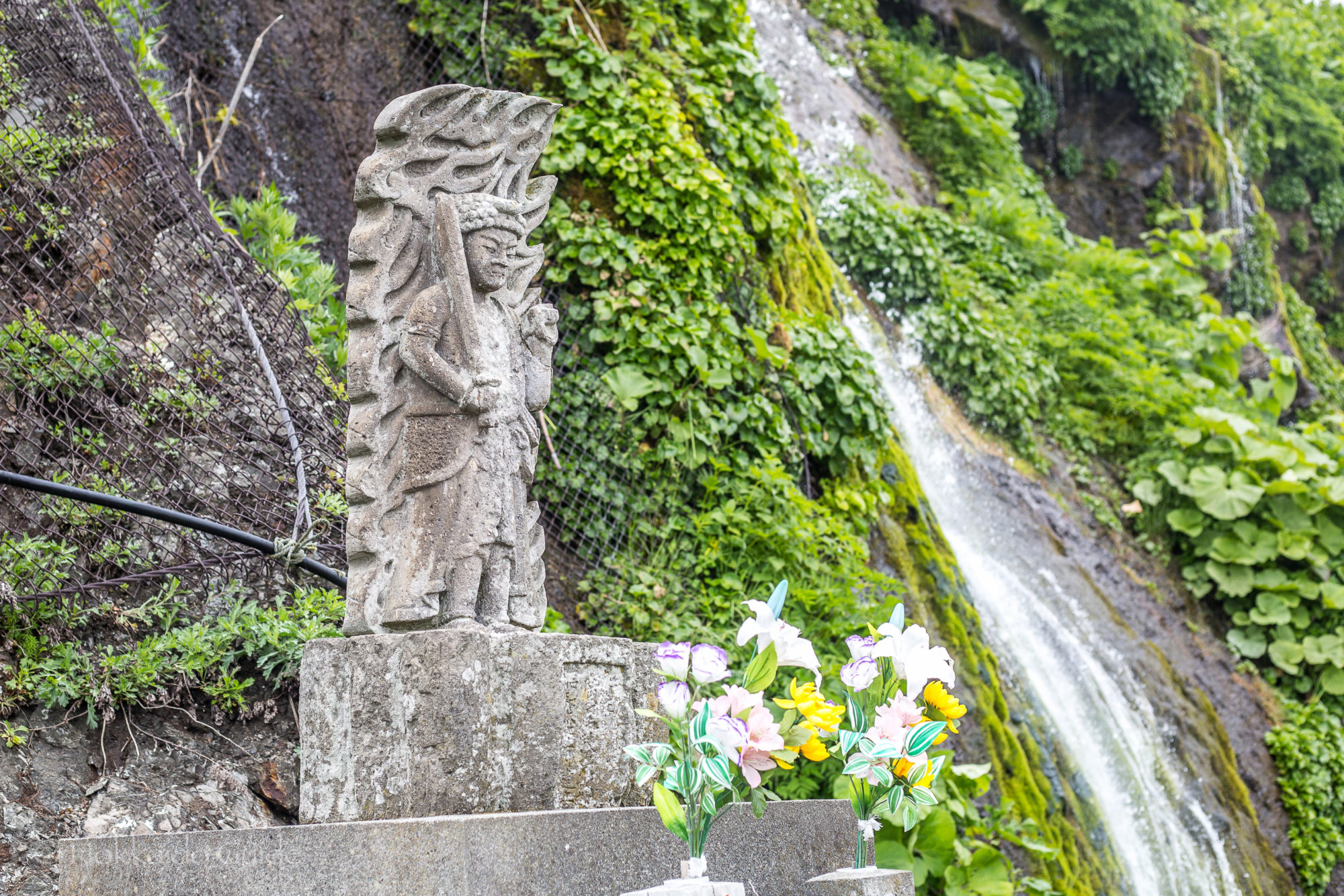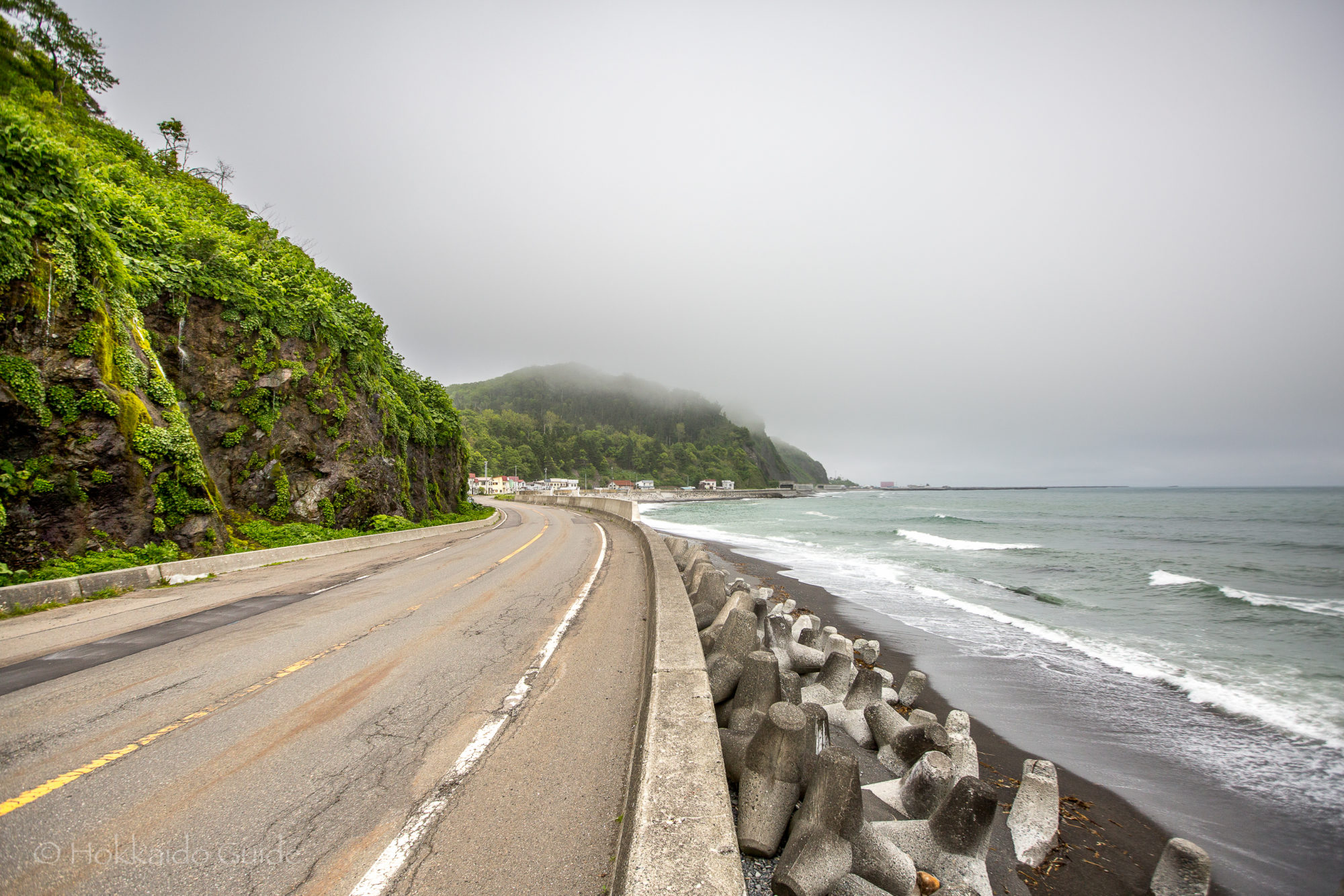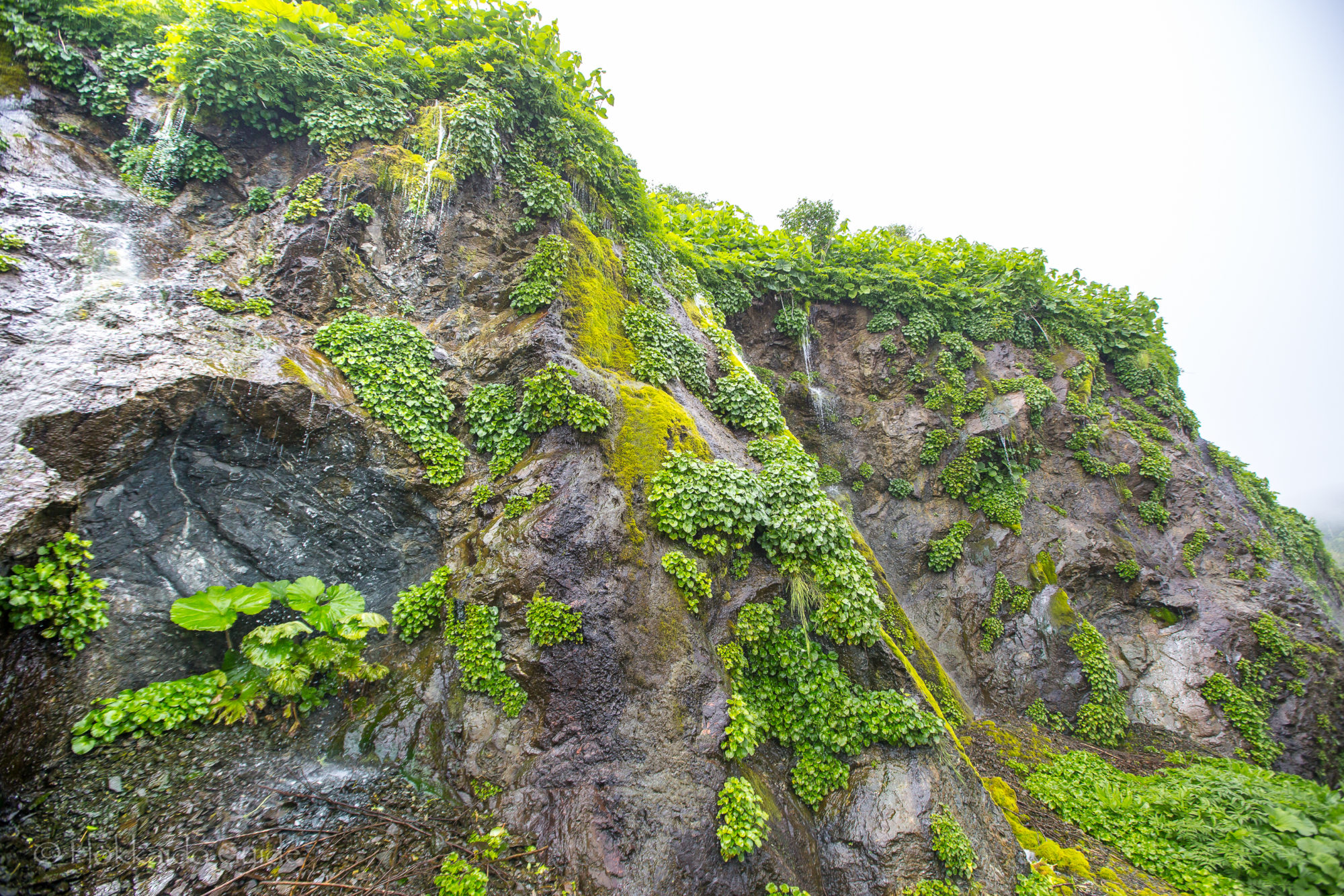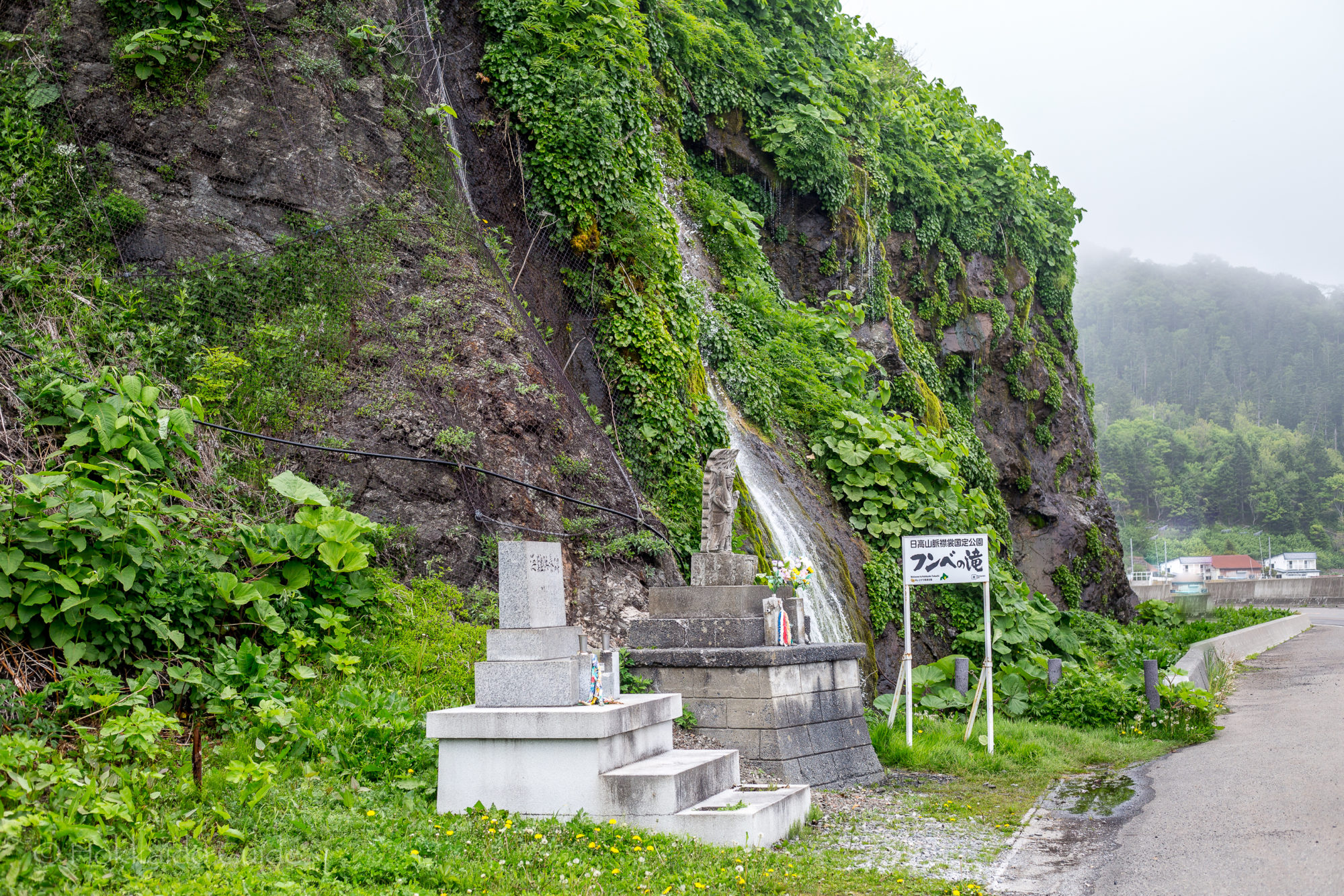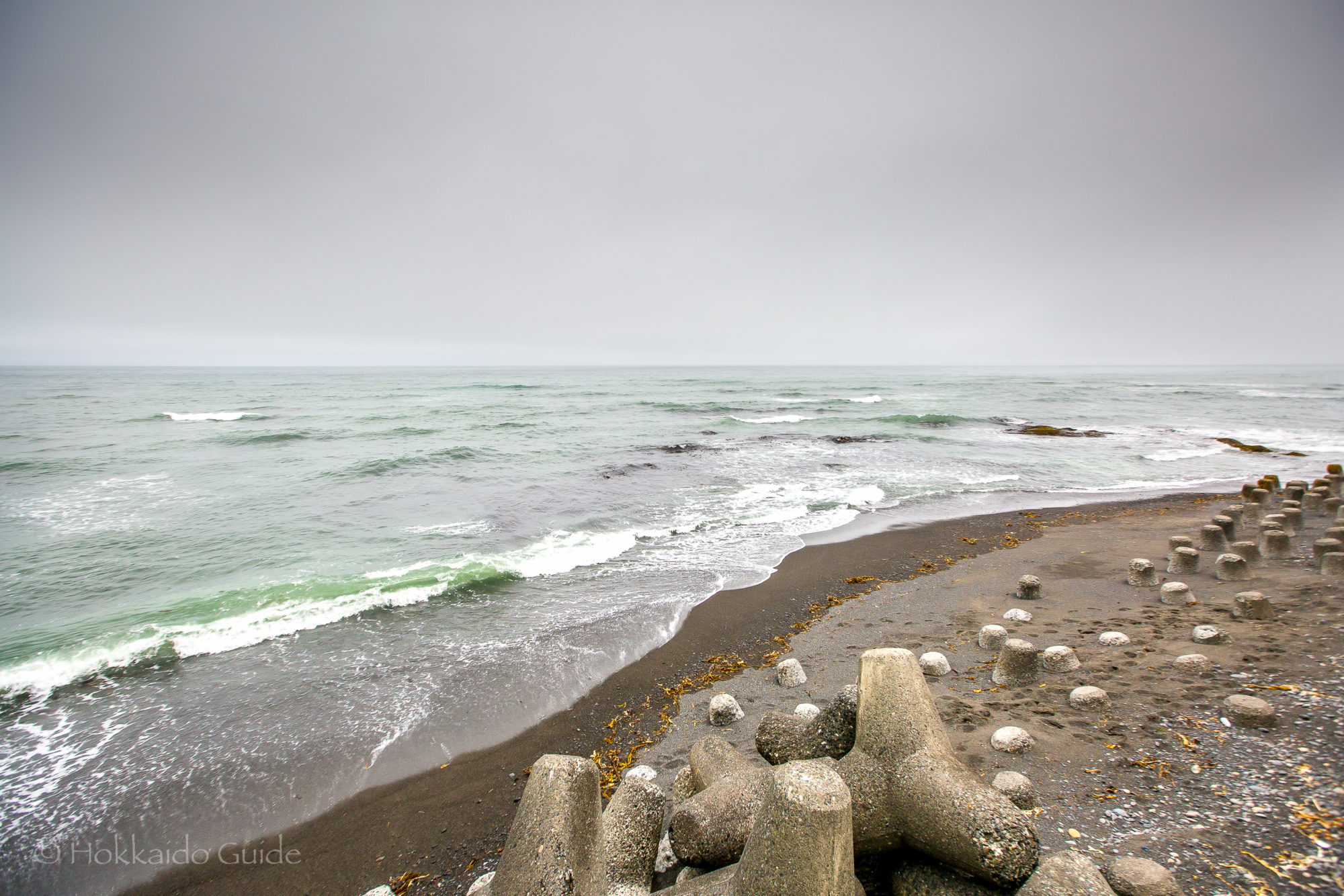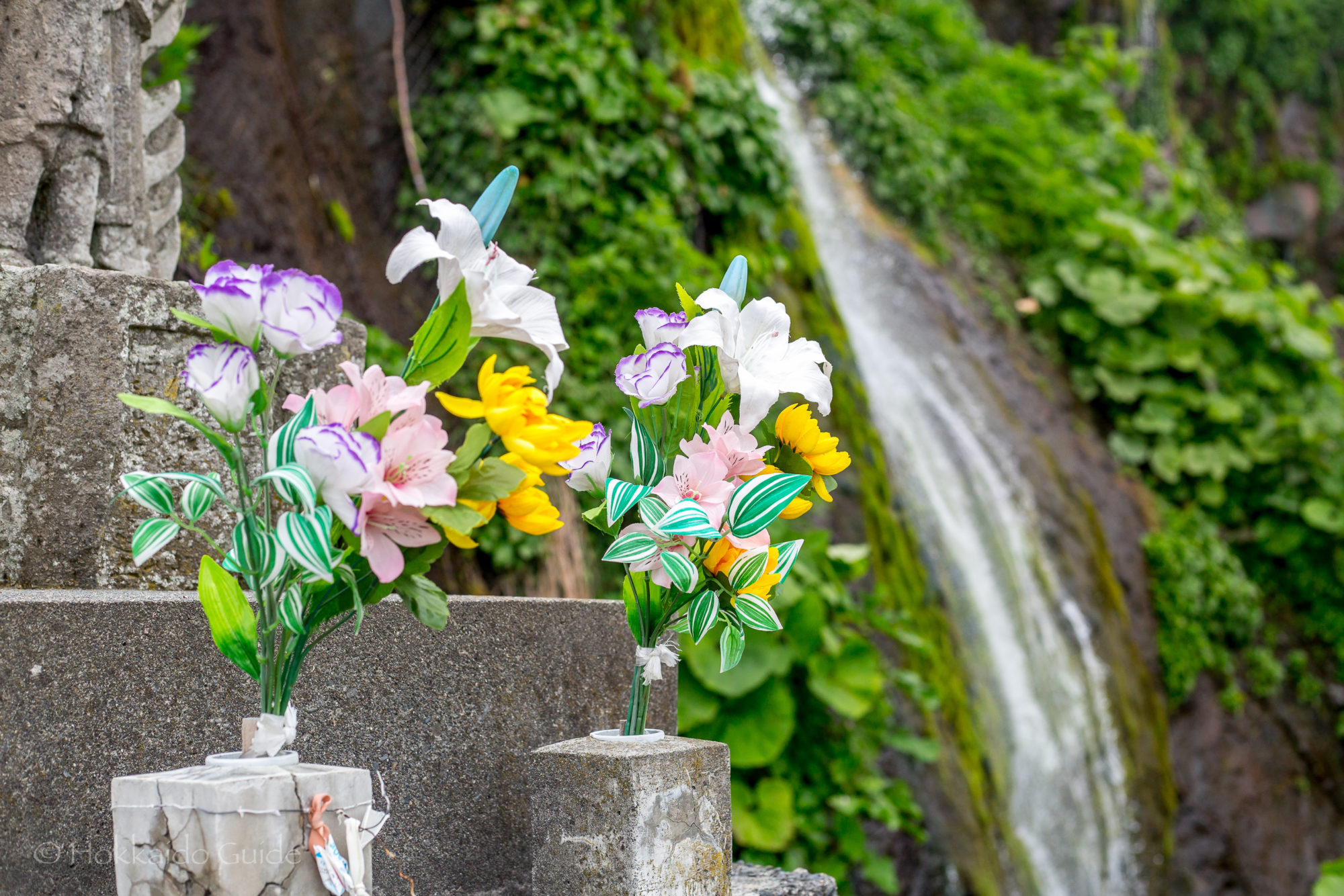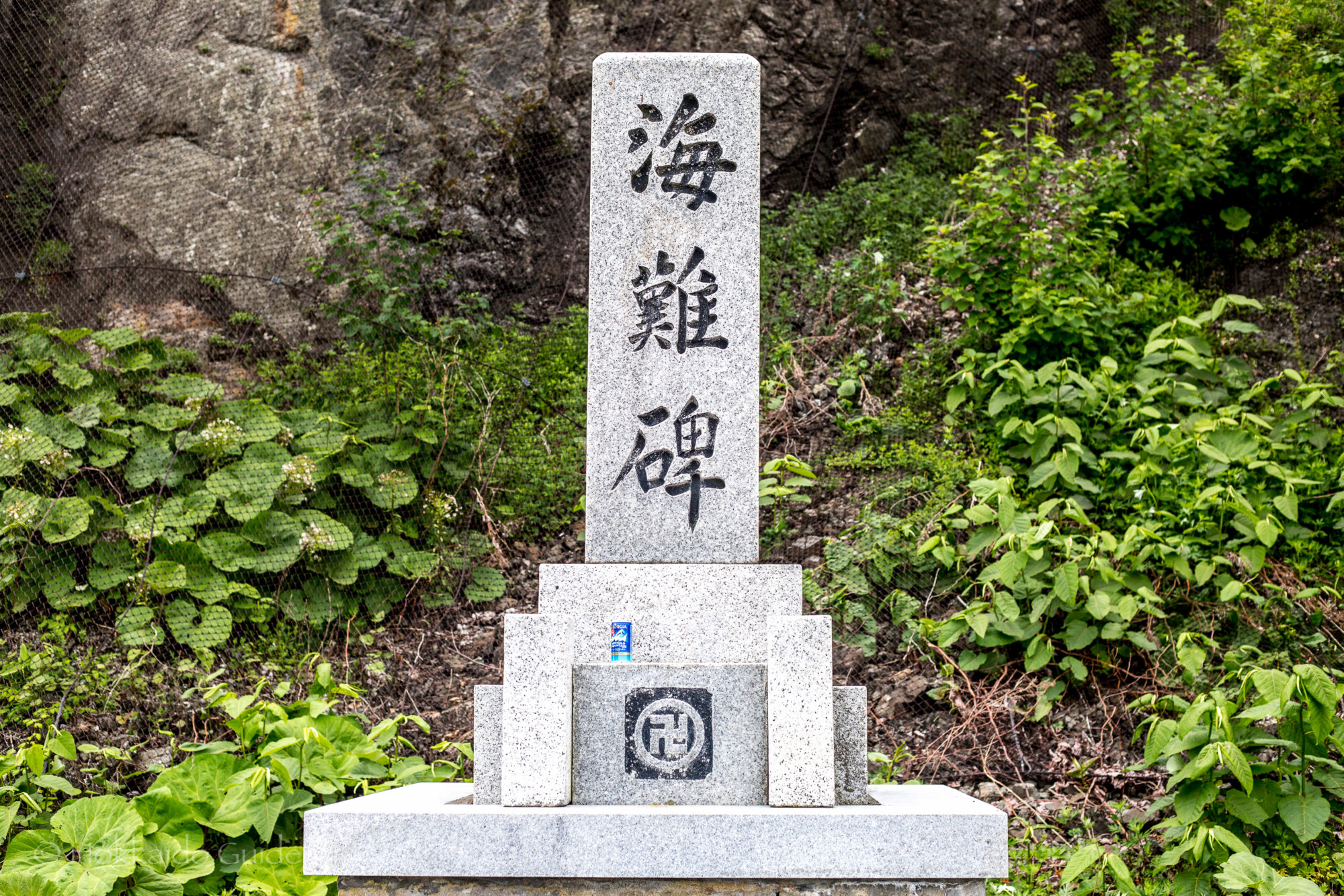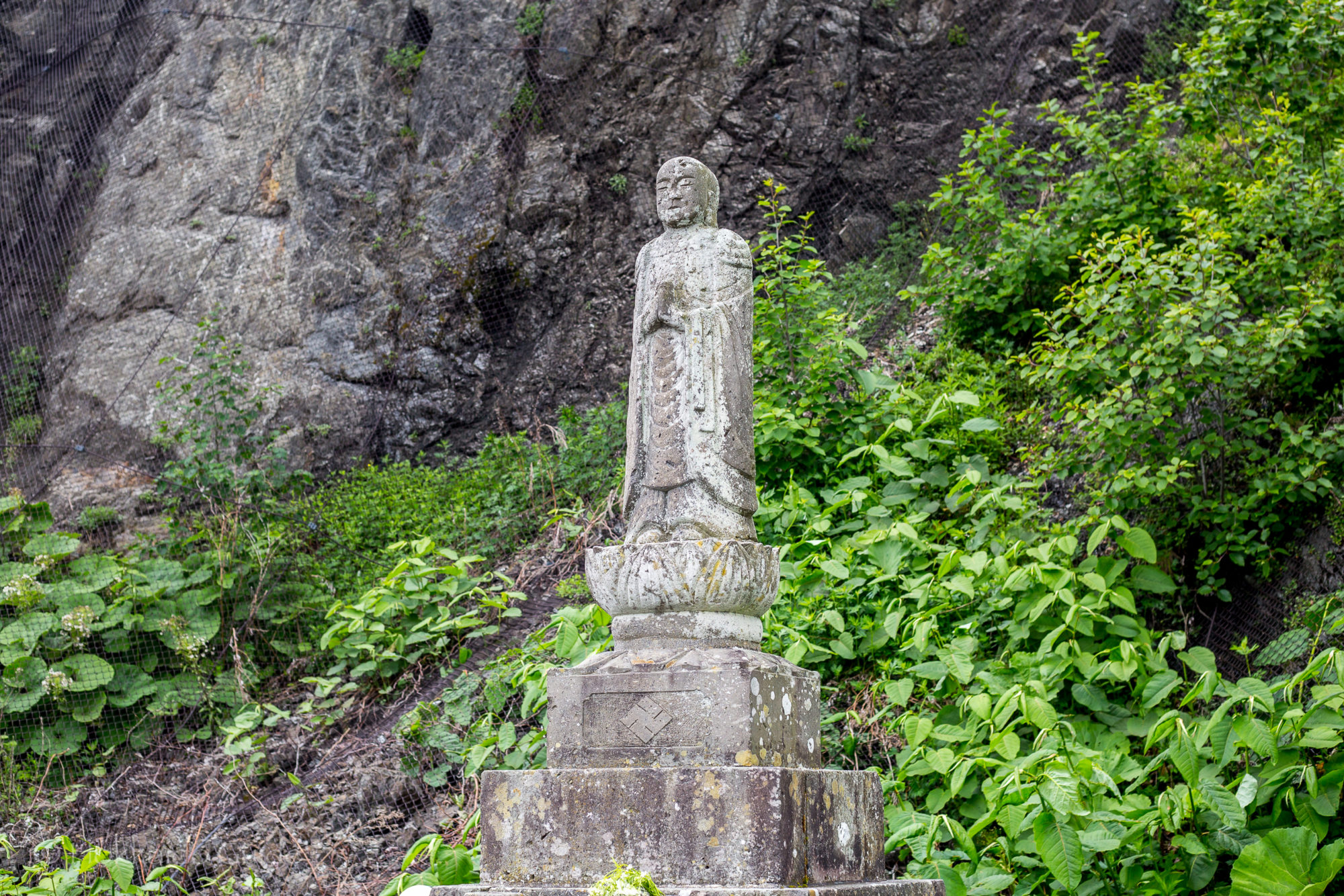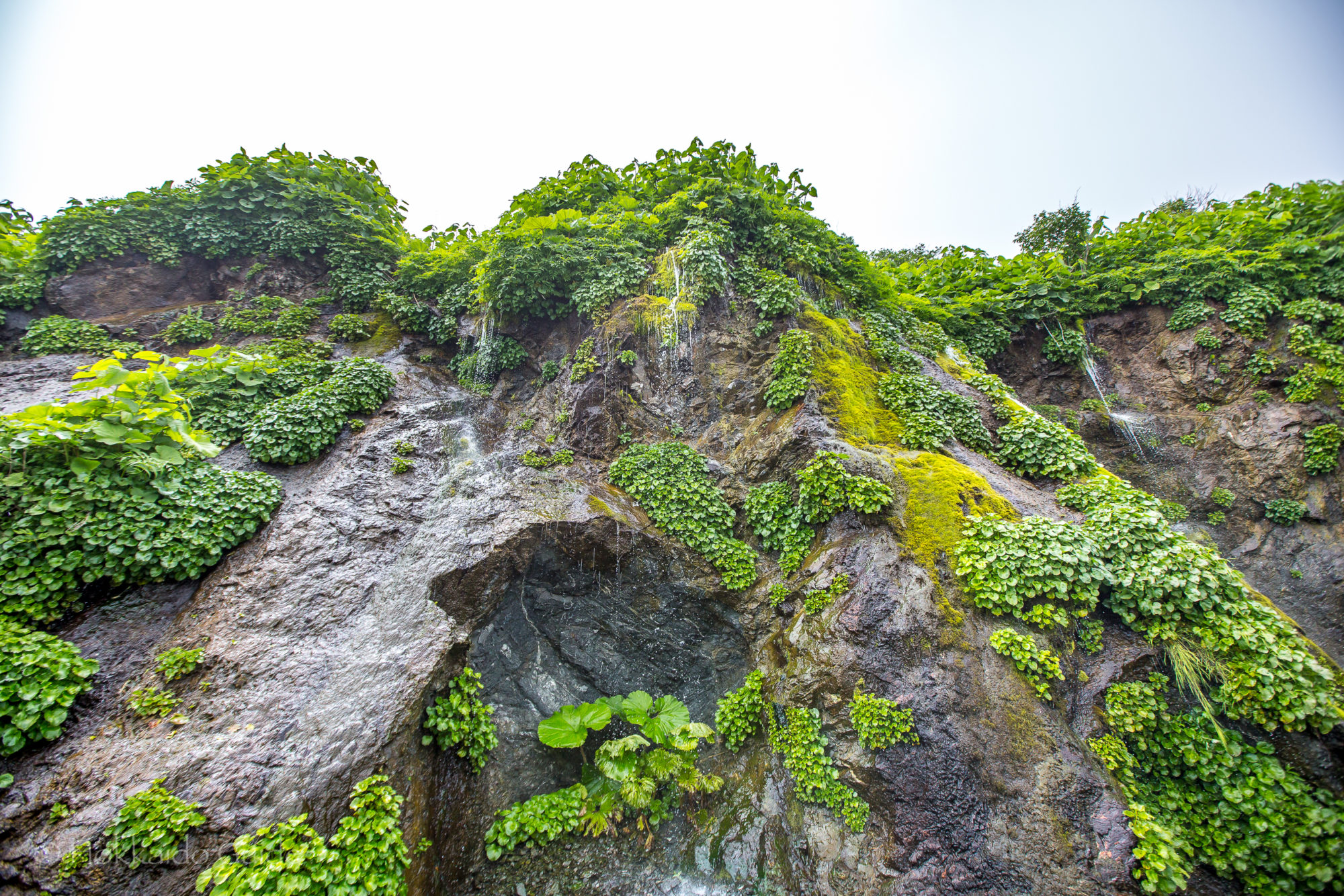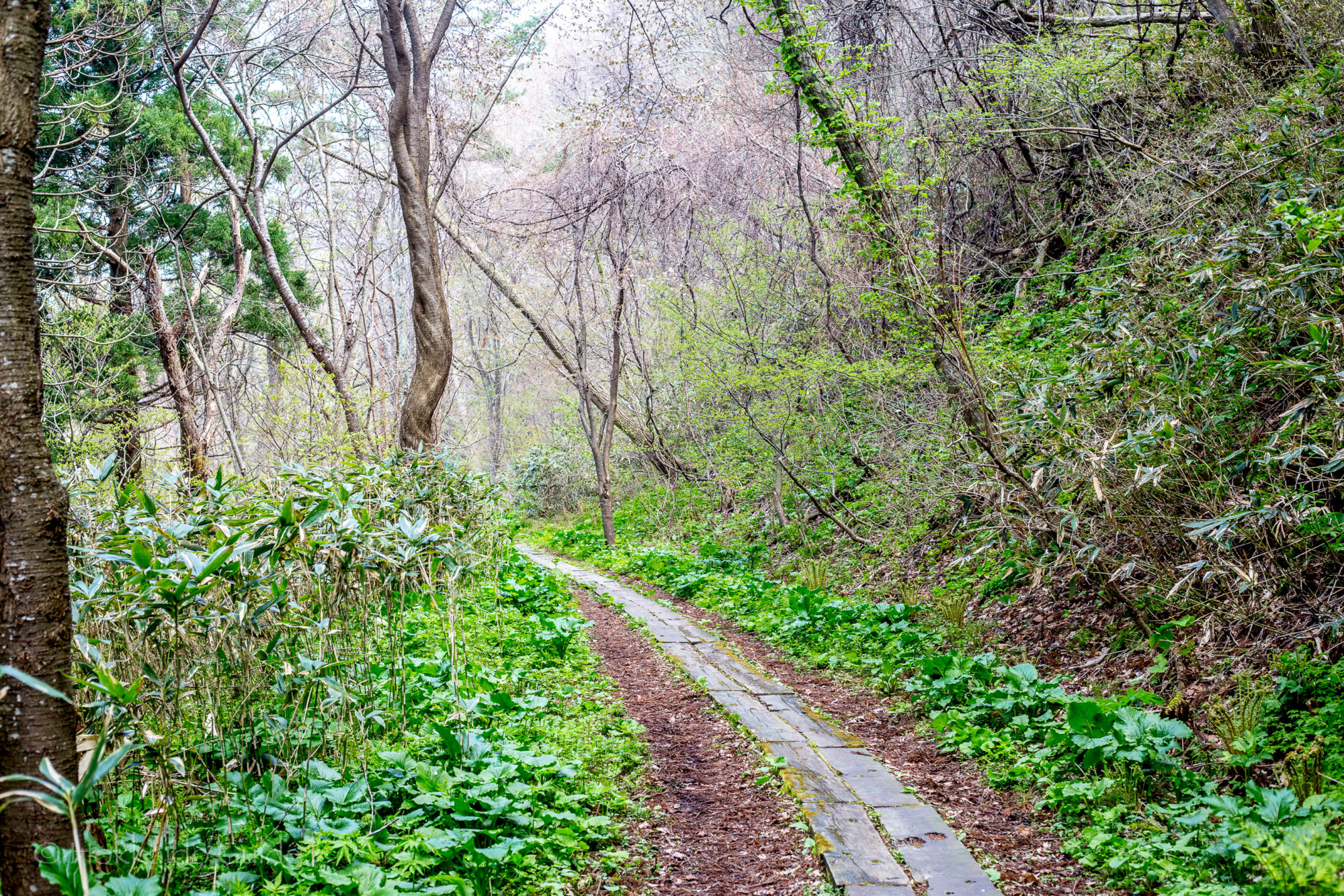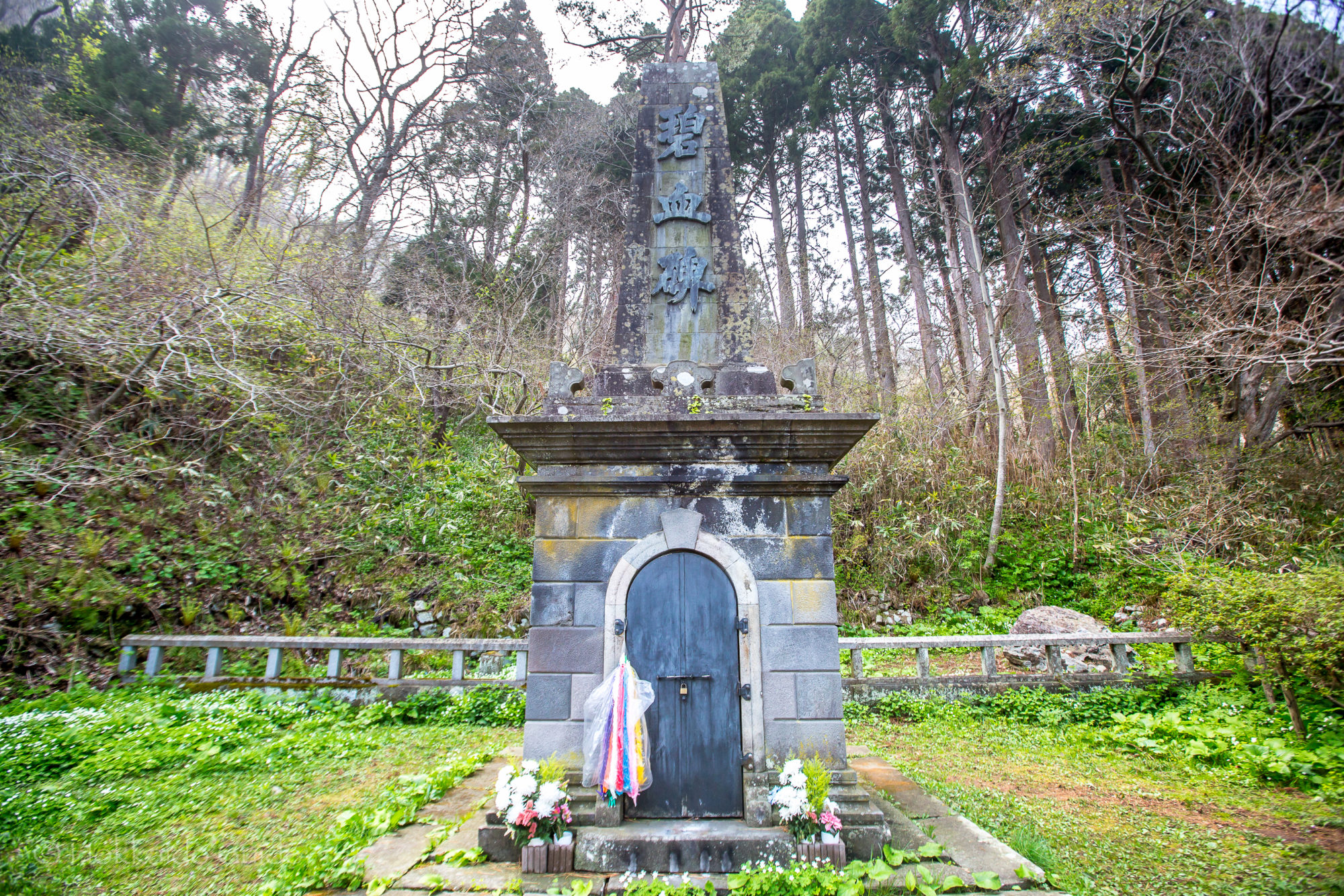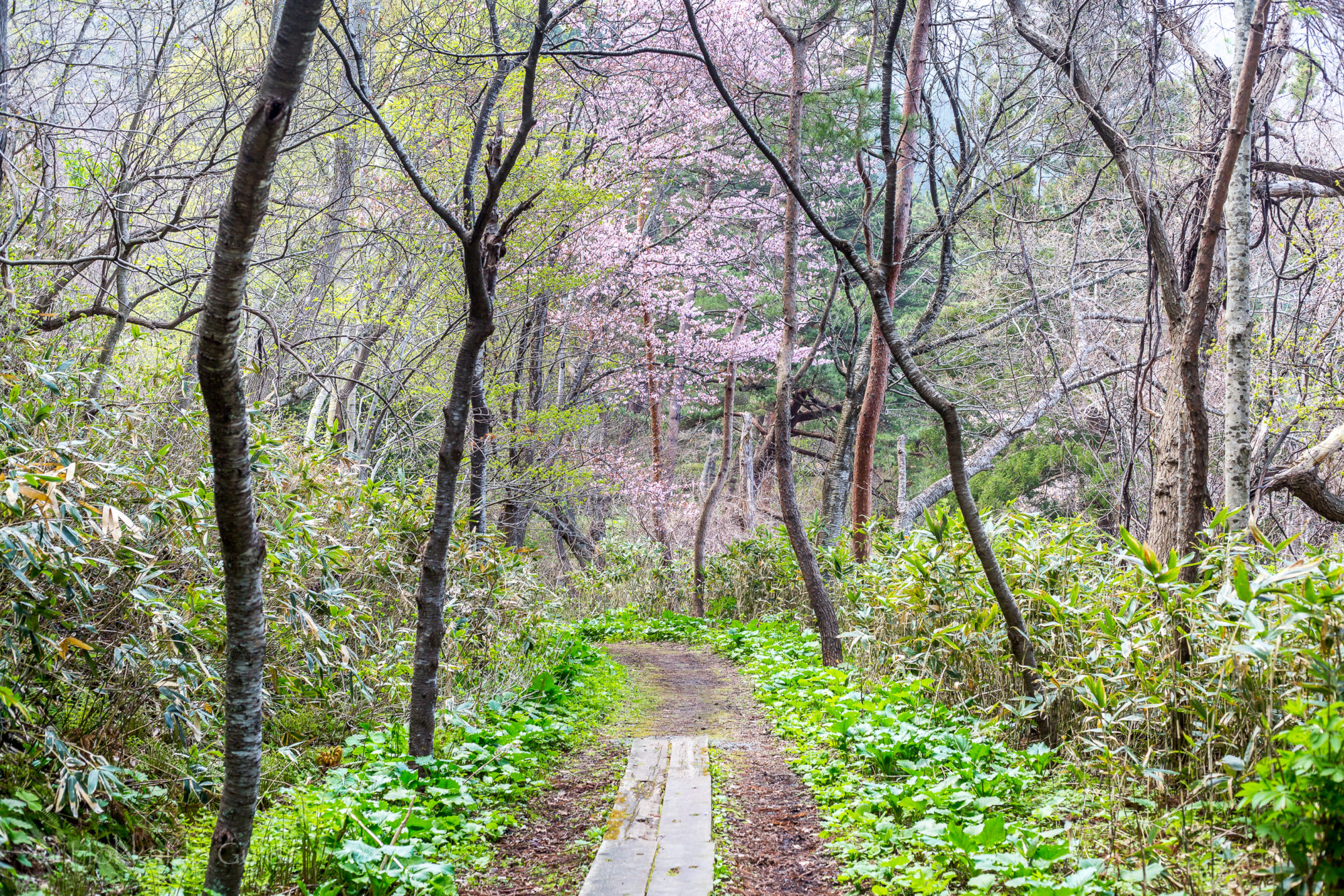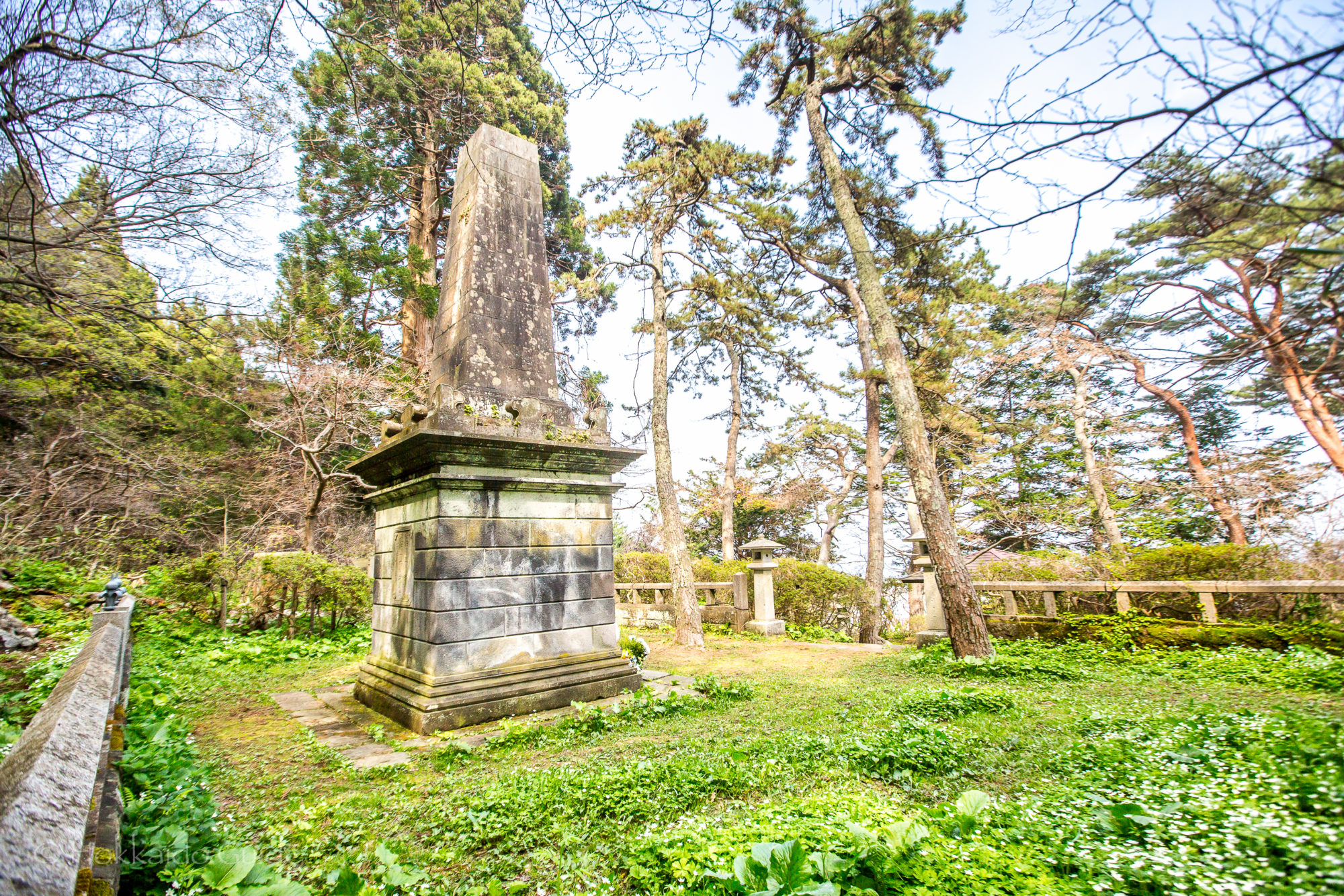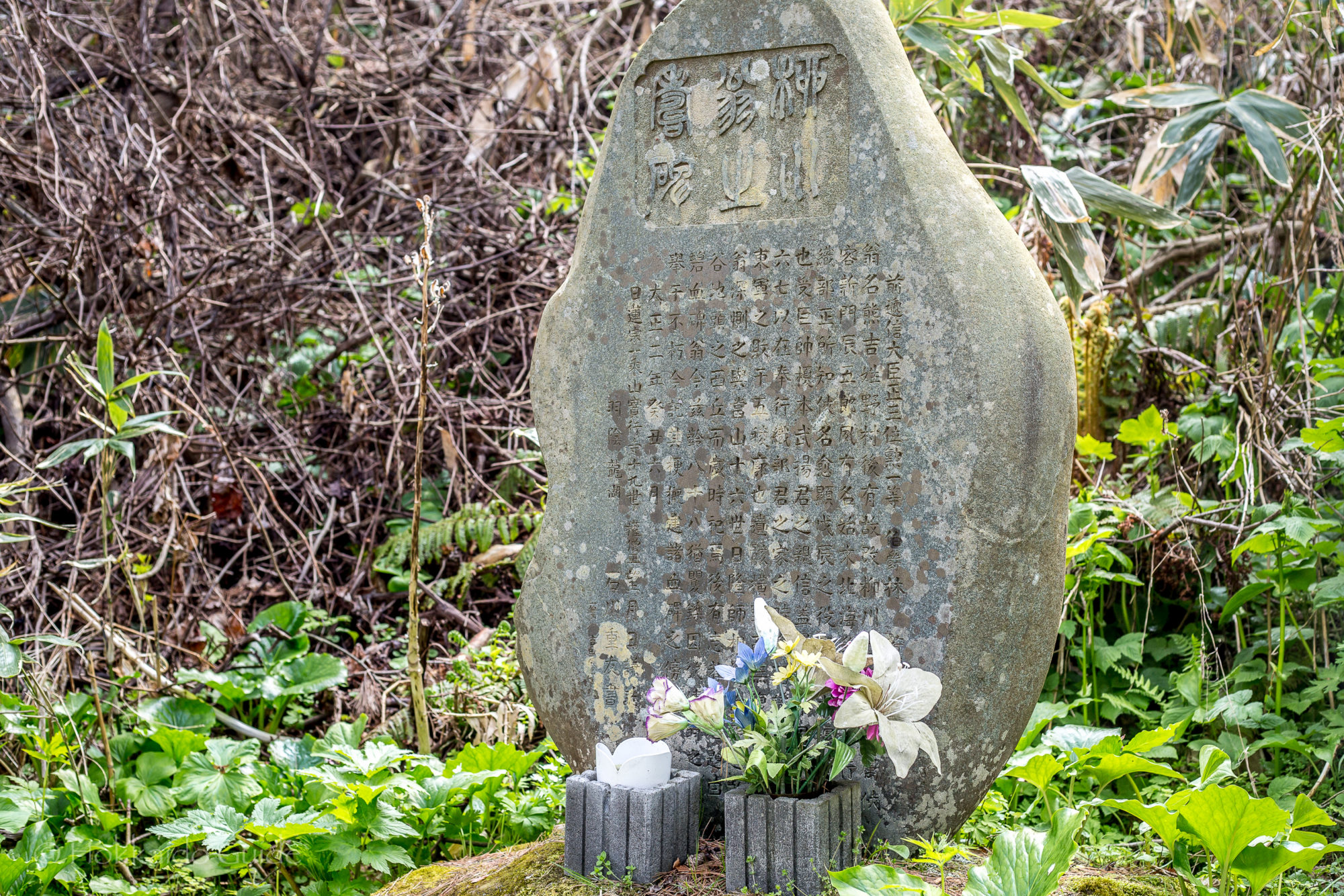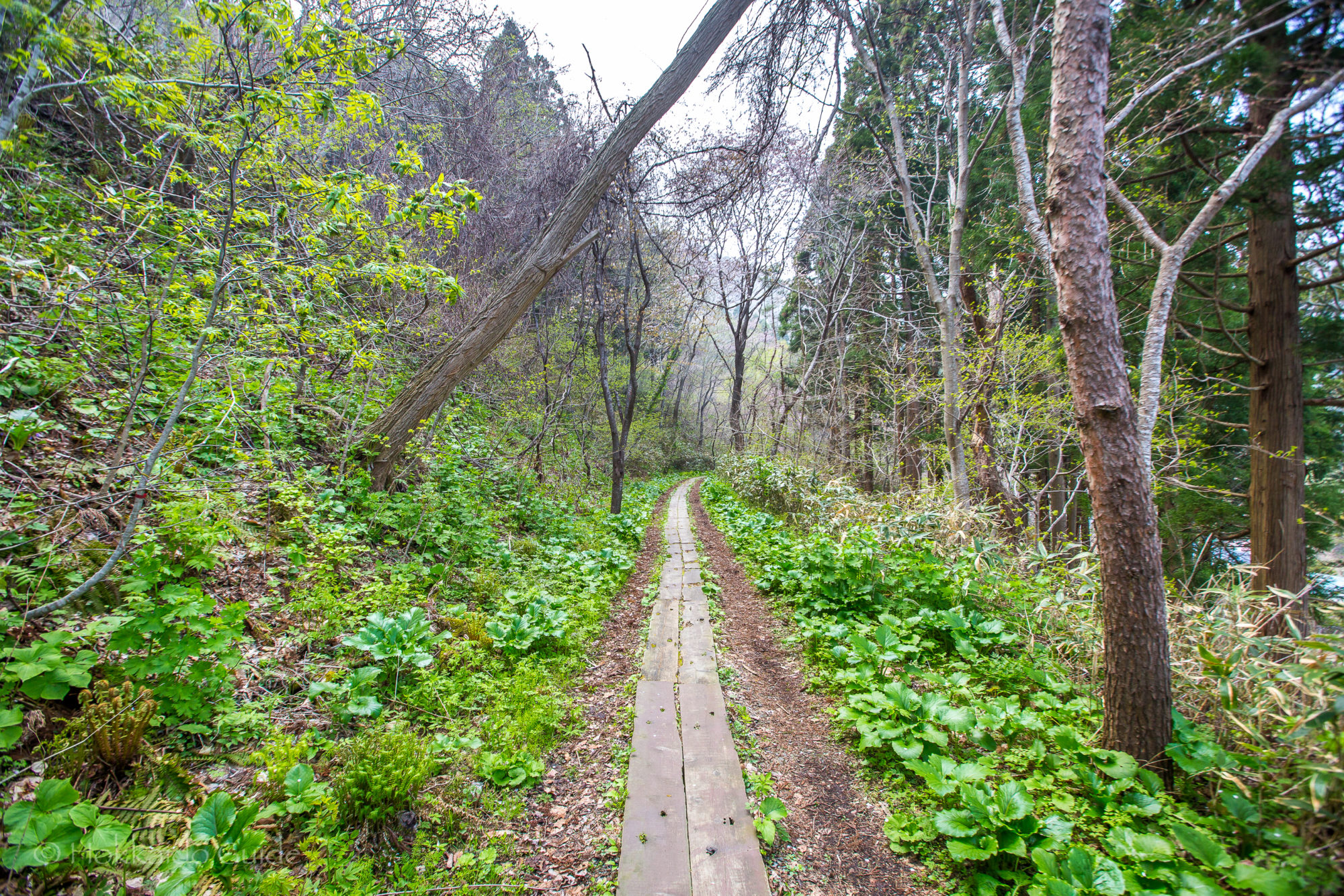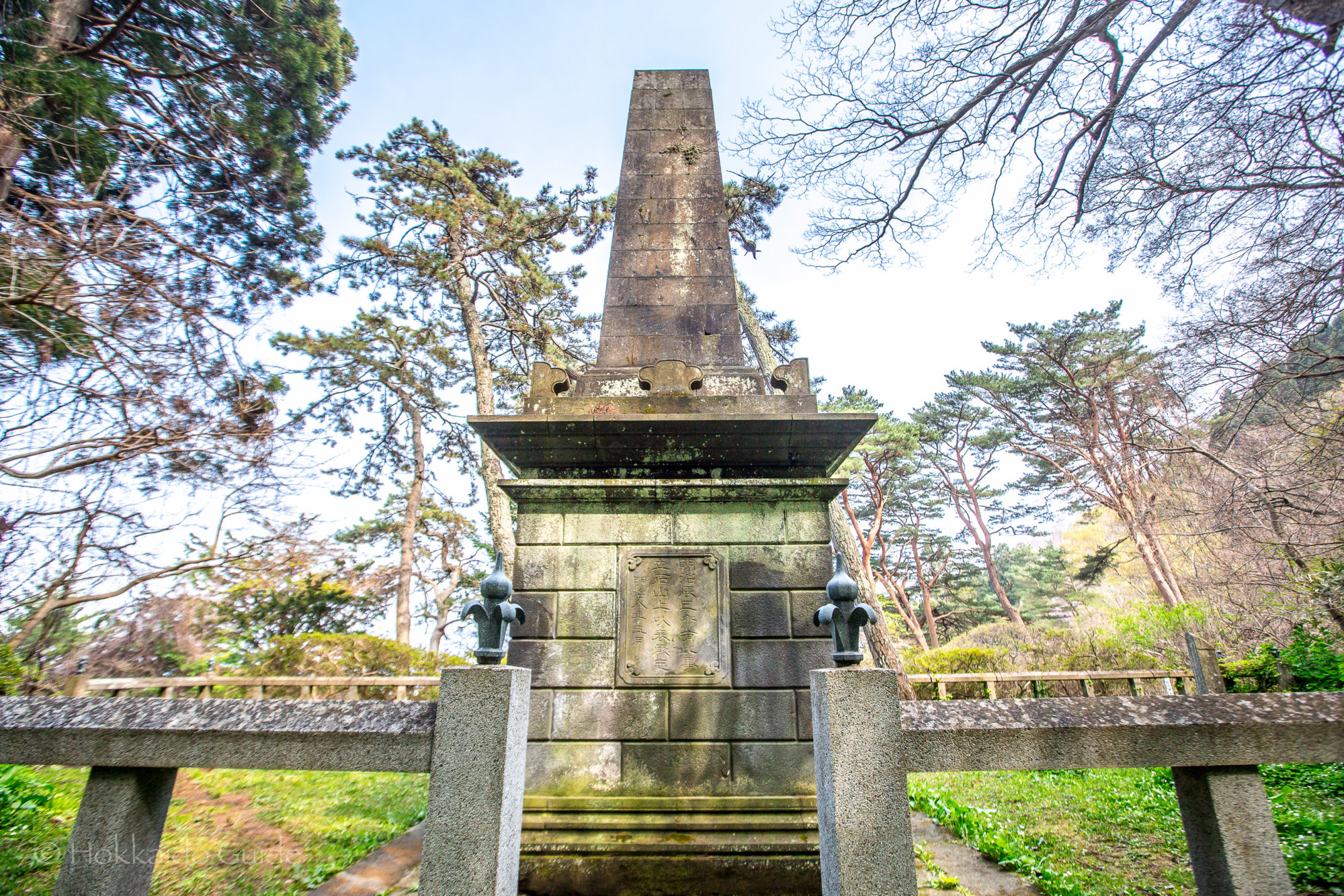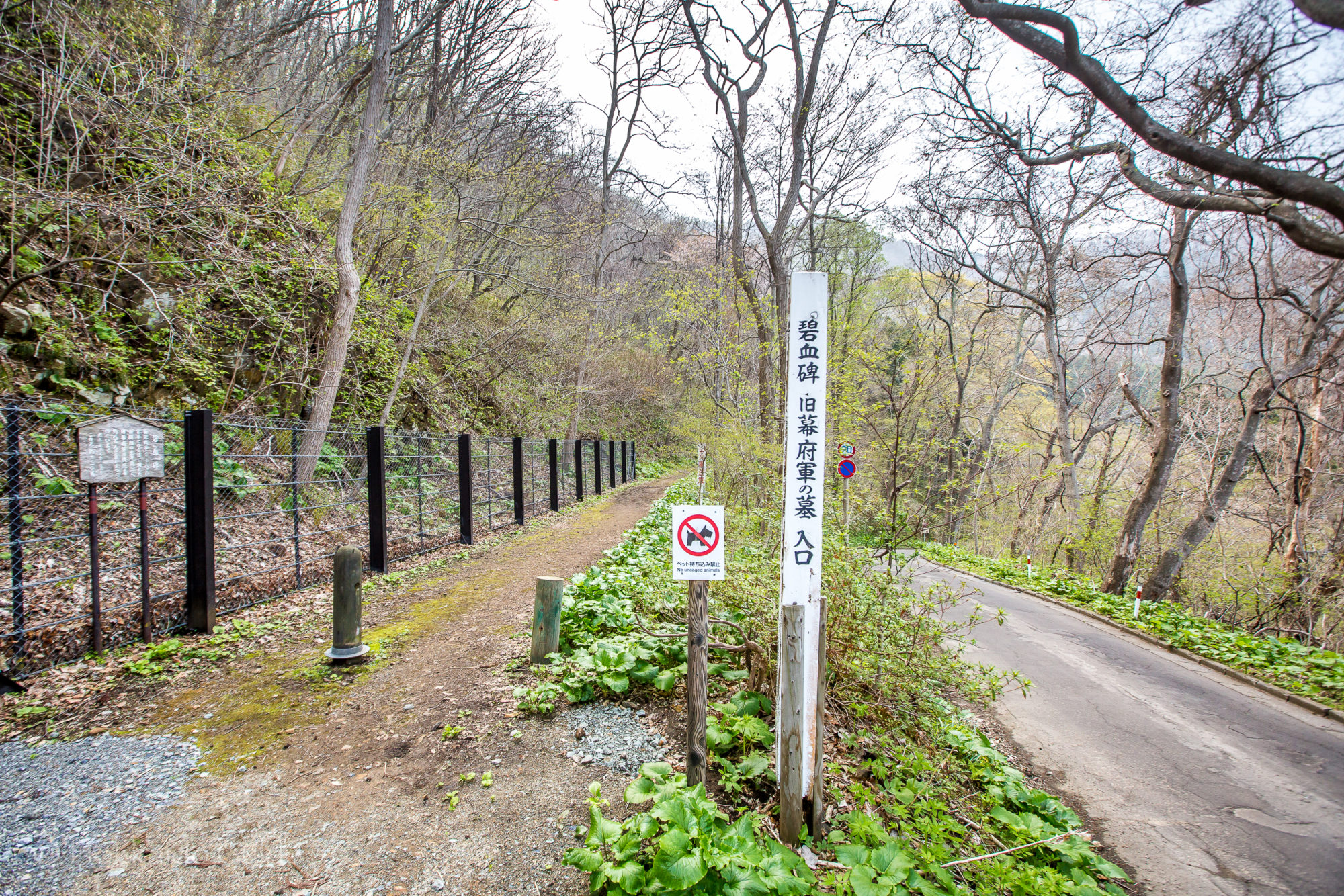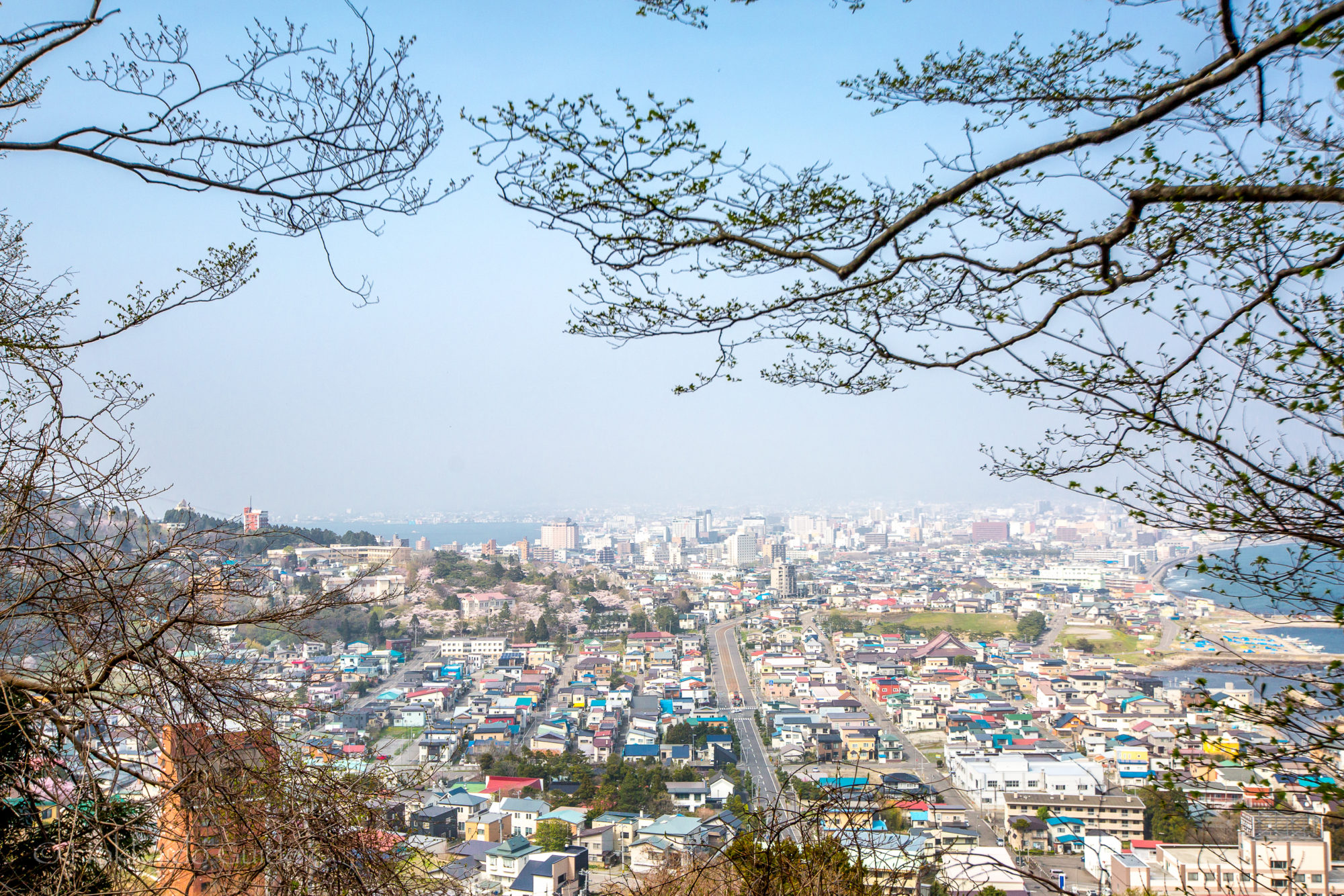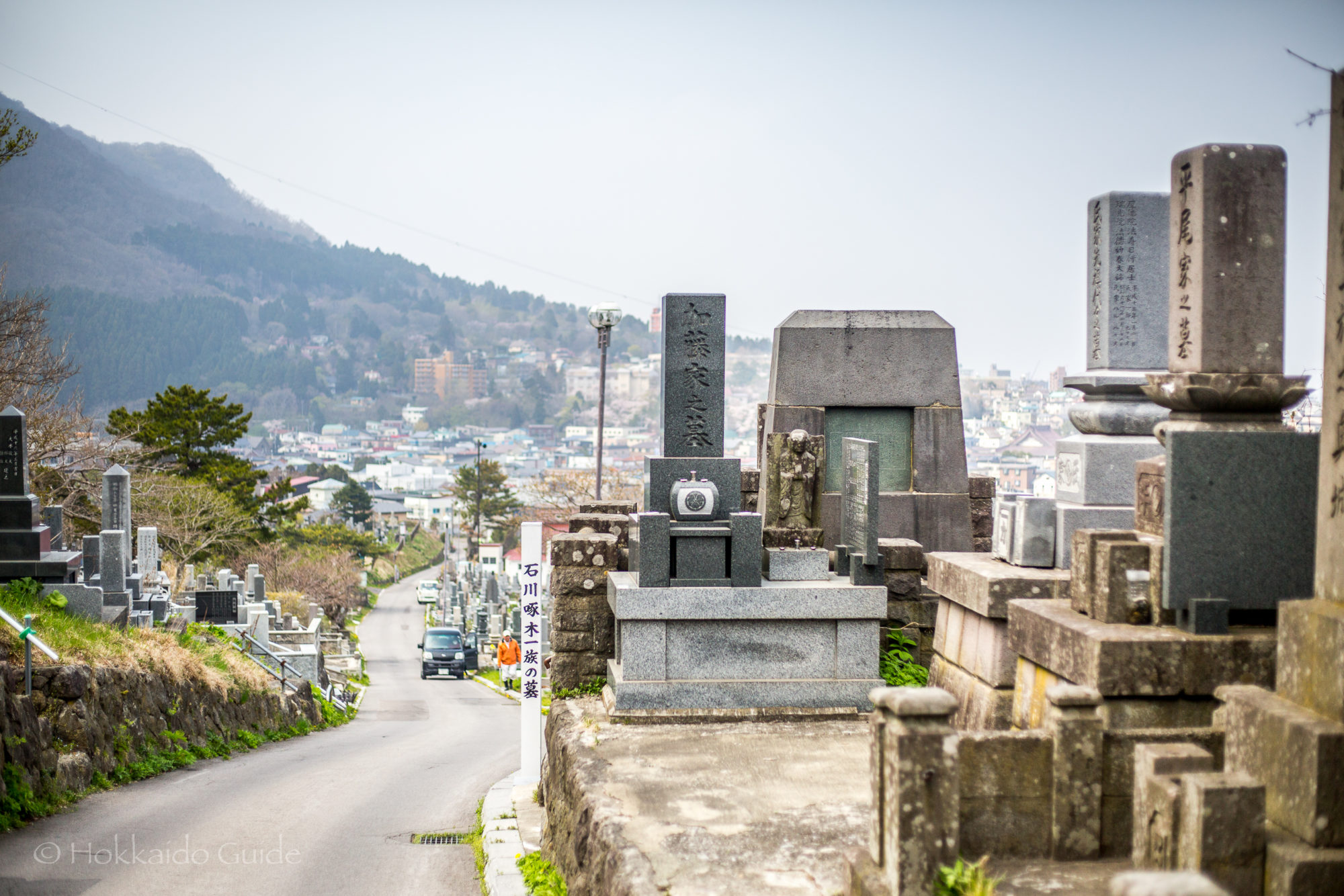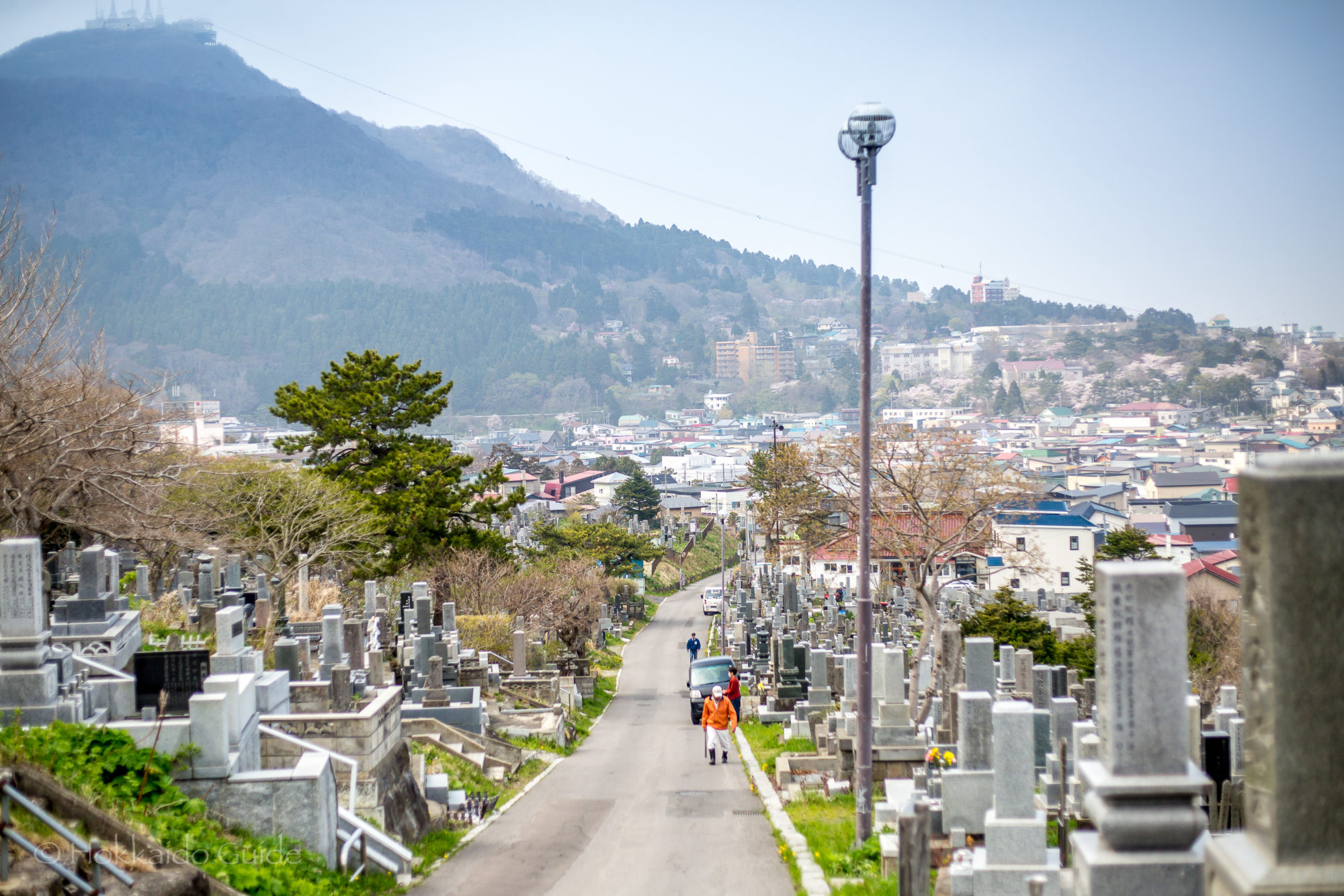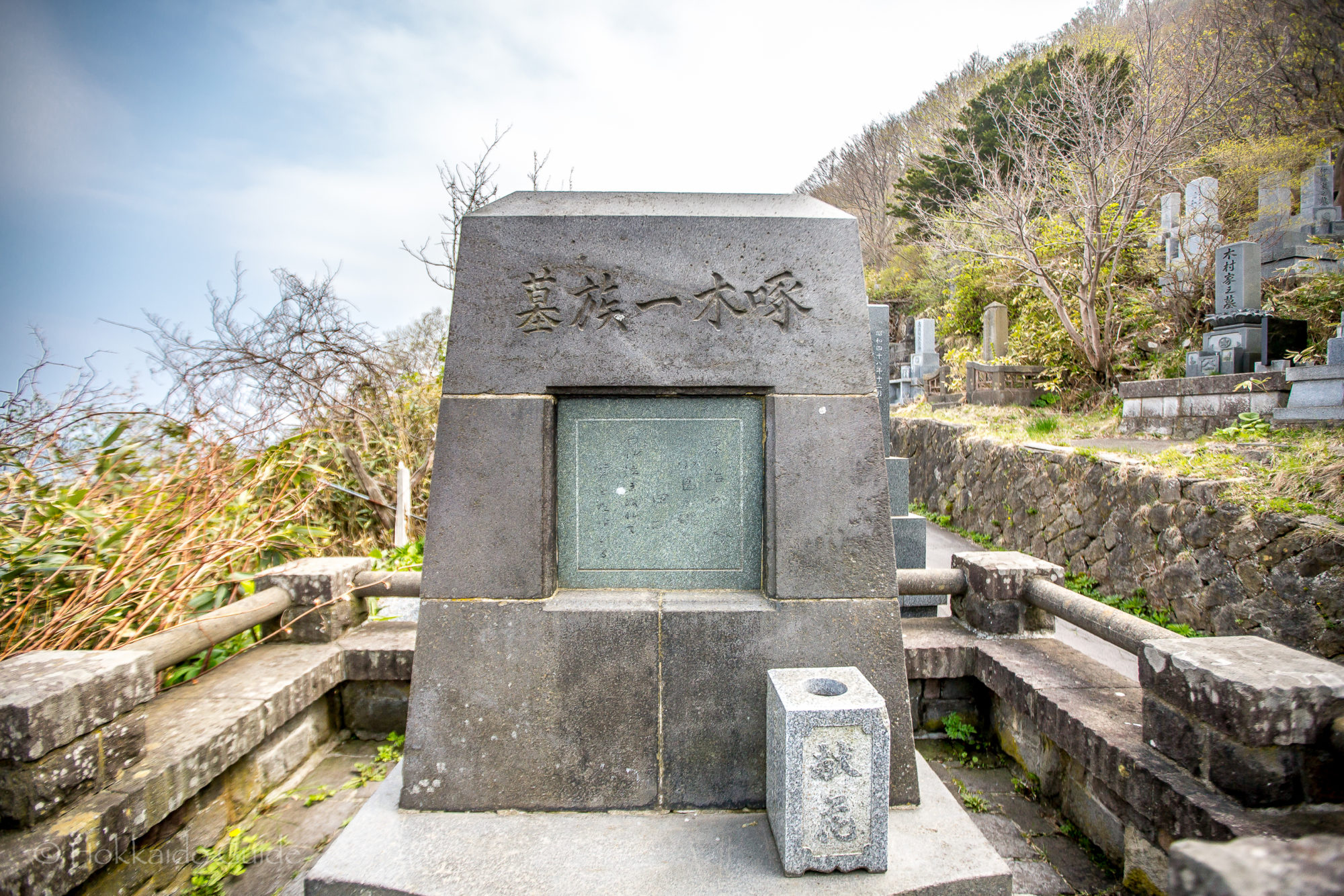
Tag: Historical Site

Otaru Canal Museum & Information Center
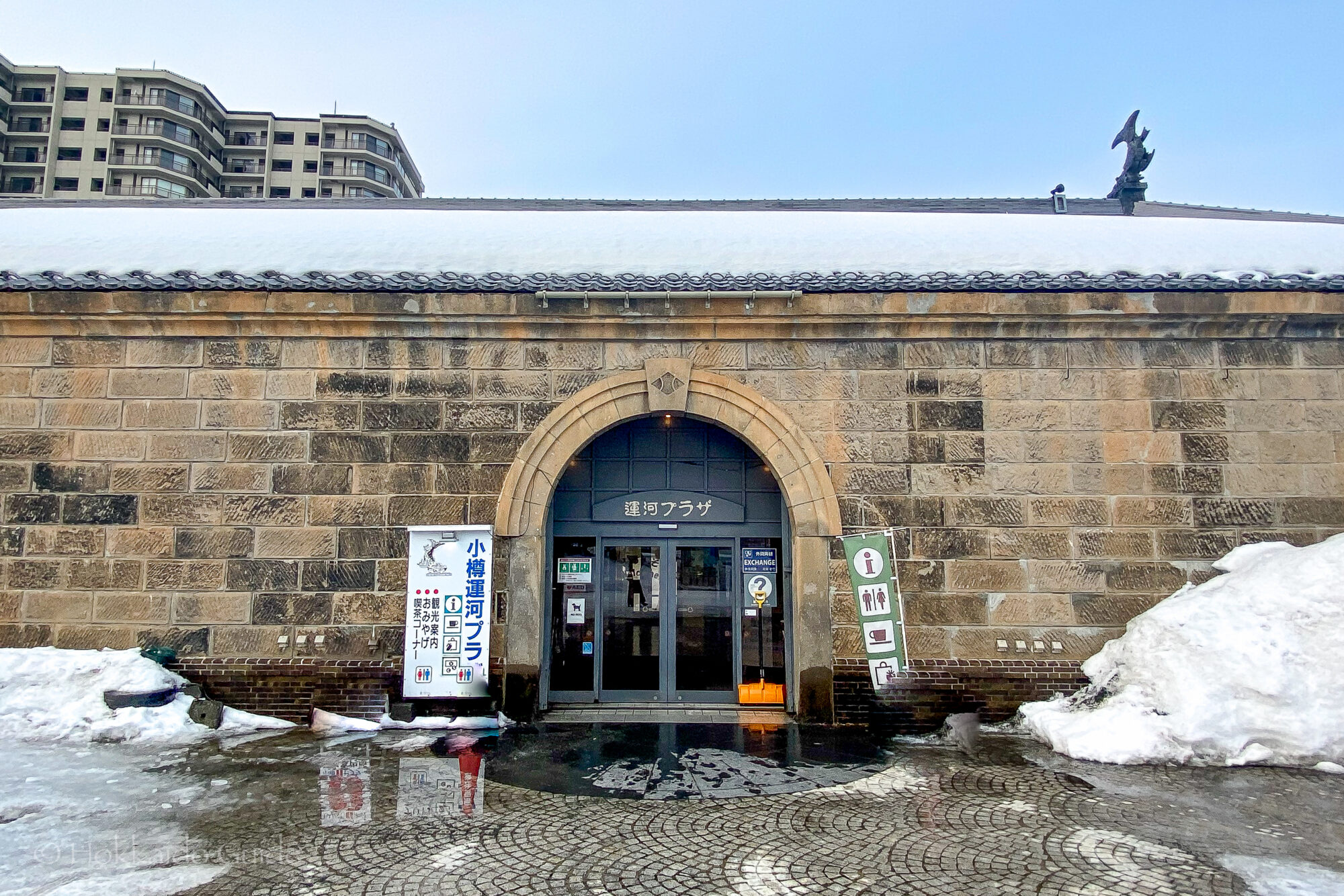
| Admission | ¥300 |
| Opening Hours | 9:30 - 17:00 Information center closes at 18:00 |
| Closed | - |
| Contact | 013-4221-258 |
| Notes | Museum, wheelchair access, lockers available, sled activities (winter), paid parking close by |
| Location / Getting There | The museum is located right by Otaru Canal. It is a 10 minute walk south from Otaru train station. From the exit, walk down the main road to the canal. The museum is on the left, along route 454 2 Chome-1-20 Ironai, Otaru, Hokkaido 047-0031 |
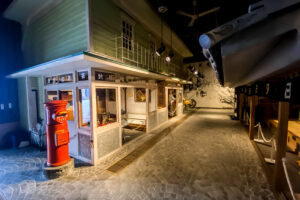 Otaru City General Museum Canal Museum has an extensive collection that introduces the history of Otaru City including information on the natural environment. The exhibition includes 20,000 objects and materials in its collection. The museum is located by Otaru Canal and can be found in the ‘former Otaru warehouse’. This beautiful building was constructed in 1887. The museum itself is a historical icon. In 2007, the museum was opened as well as the Otaru Information Center which has direct access to the museum.
Otaru City General Museum Canal Museum has an extensive collection that introduces the history of Otaru City including information on the natural environment. The exhibition includes 20,000 objects and materials in its collection. The museum is located by Otaru Canal and can be found in the ‘former Otaru warehouse’. This beautiful building was constructed in 1887. The museum itself is a historical icon. In 2007, the museum was opened as well as the Otaru Information Center which has direct access to the museum.
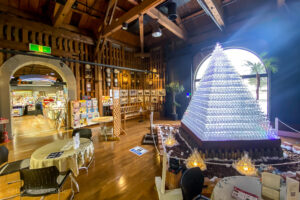 The first exhibition room looks at the history of Otaru from its origins connected with the Ainu. There are materials related to the Ainu as well as the herring fishing industry. The latter part of the exhibition looks at a cityscape of Otaru during the Taisho era (1912 – 1926). There are some hands on exhibits here. The second exhibition room looks at the extensive flora and fauna of the Otaru area. These fascinating exhibits include a skeleton of a giant sea lion. Apart from the museum, there is a nice small coffee shop located in the information center. The information center is recognizable by its champagne glass pyramid. This room as tonnes of information about Otaru. Very useful for tourists.
The first exhibition room looks at the history of Otaru from its origins connected with the Ainu. There are materials related to the Ainu as well as the herring fishing industry. The latter part of the exhibition looks at a cityscape of Otaru during the Taisho era (1912 – 1926). There are some hands on exhibits here. The second exhibition room looks at the extensive flora and fauna of the Otaru area. These fascinating exhibits include a skeleton of a giant sea lion. Apart from the museum, there is a nice small coffee shop located in the information center. The information center is recognizable by its champagne glass pyramid. This room as tonnes of information about Otaru. Very useful for tourists.
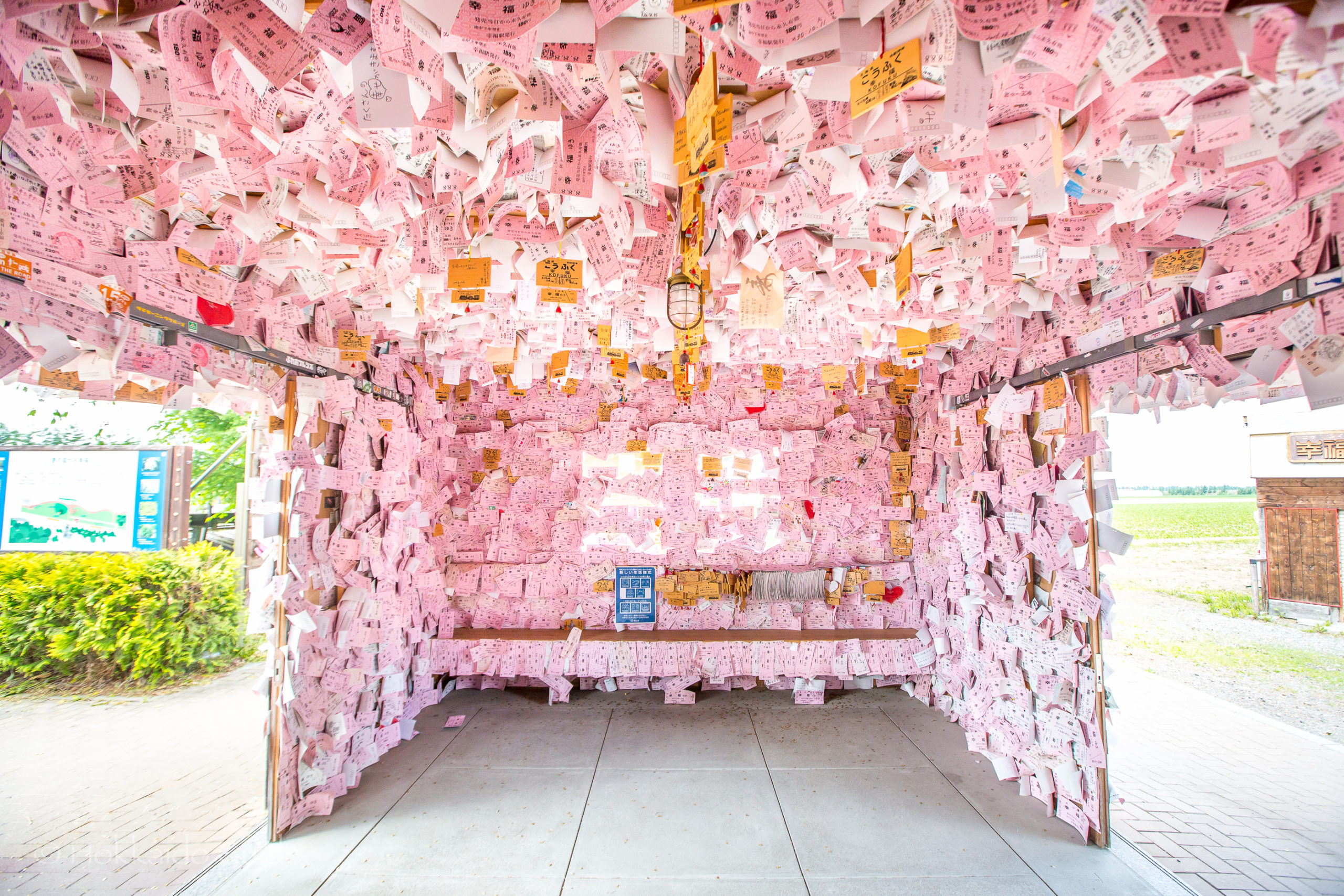
Kōfuku Station
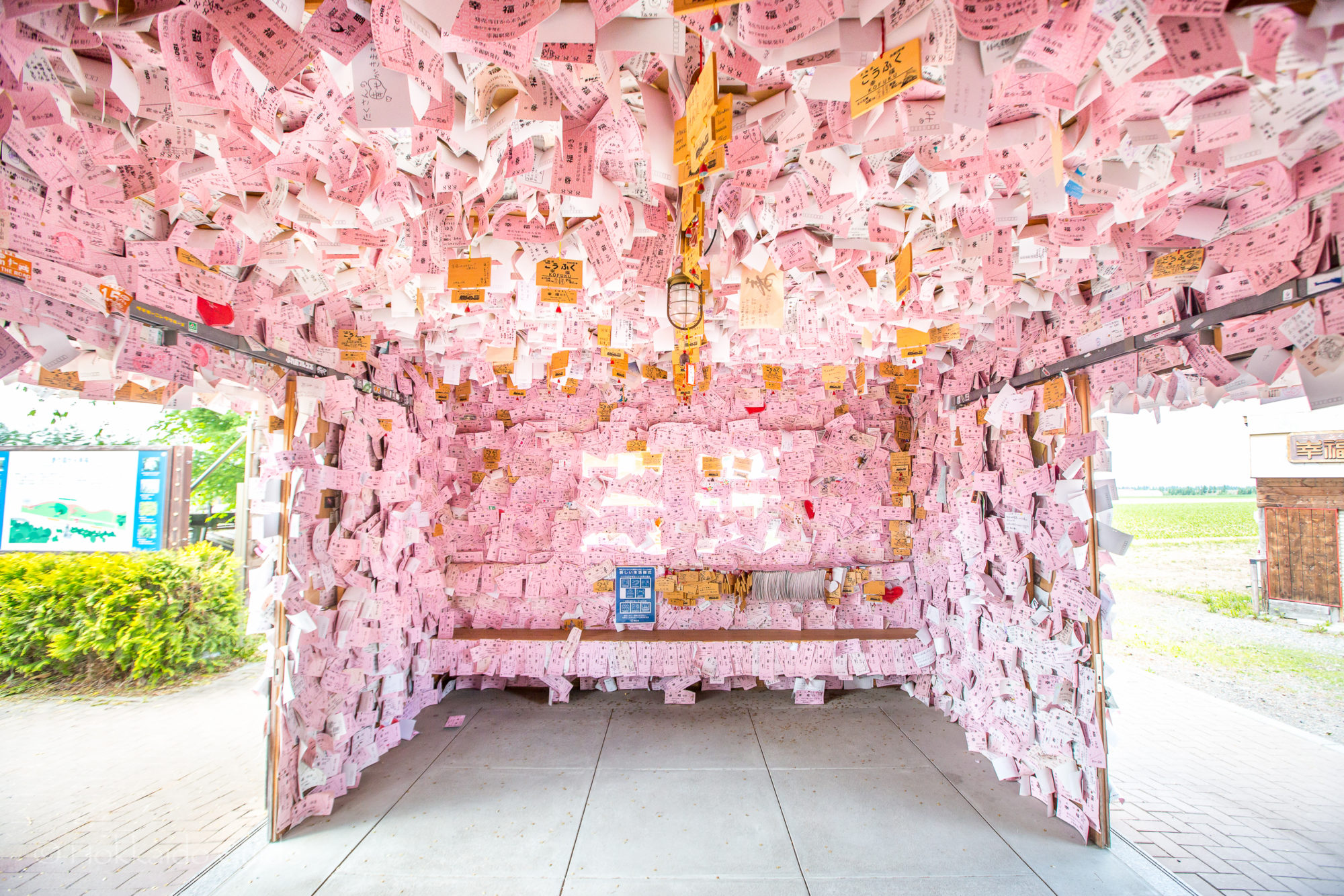
| Admission | Free |
| Opening Hours | 07:00 - 18:00 10:00 - 17:00 coffee shop |
| Closed | - |
| Contact | - |
| Notes | Sightseeing spot, car needed or bus travel available, restrooms, souvenir store, cafe |
| Location / Getting There | The park is a 30 minute drive south from central Obihiro, take route 236. For those using public transport, from the bus terminal in front of JR Obihiro Station, take the Tokachi Bus bound for "Hiroo" and get off at the "Happiness" bus stop (about 45 minutes). It's 5 minute walk from here. From the Tokachi airport, it only a 5 minute drive or taxi ride. Obihiro, Hokkaido 089-1246 |
 Kōfuku Station is a closed railway station from the now defunct Hiroo line. The station originally opened on 1st November 1956, but the line, which went from Obihiro to Hiroo, was discontinued in 1987 bringing an end to the station. Even though the station closed down, it still remains a popular sightseeing spot for tourists. Why? Well, it comes down to the name of the station. The name Kofuku (幸福)translates to “happiness” and the station became famous after it was featured on a Japanese NHK TV travel programme which aired in 1973. The station name is formed from the combination of the original name of the area, Kōshin. Plus many farmers settled here in 1902 coming from Fukui prefecture after flooding. Kō + Fuku = Kōfuku.
Kōfuku Station is a closed railway station from the now defunct Hiroo line. The station originally opened on 1st November 1956, but the line, which went from Obihiro to Hiroo, was discontinued in 1987 bringing an end to the station. Even though the station closed down, it still remains a popular sightseeing spot for tourists. Why? Well, it comes down to the name of the station. The name Kofuku (幸福)translates to “happiness” and the station became famous after it was featured on a Japanese NHK TV travel programme which aired in 1973. The station name is formed from the combination of the original name of the area, Kōshin. Plus many farmers settled here in 1902 coming from Fukui prefecture after flooding. Kō + Fuku = Kōfuku.
 Kōfuku Station is part of Kōfuku Kōtsu Park. In this area, there is a nice little coffee shop, plus a small souvenir store (the Kōfuku train ticket is a very popular item), and photography area. There are two old trains here that have been turned into small museums. This area is especially popular for couples as the site was chosen as a ‘Sanctuary for Lovers’ in 2008. There is a special bell here that can be rung for good luck, plus the main attraction is the small hut here. You can write a message on a pink ticket and stick it to the wall. The hut is covered with thousands of these messages. Kōfuku Station is a popular spot to visit, if you can get out that way.
Kōfuku Station is part of Kōfuku Kōtsu Park. In this area, there is a nice little coffee shop, plus a small souvenir store (the Kōfuku train ticket is a very popular item), and photography area. There are two old trains here that have been turned into small museums. This area is especially popular for couples as the site was chosen as a ‘Sanctuary for Lovers’ in 2008. There is a special bell here that can be rung for good luck, plus the main attraction is the small hut here. You can write a message on a pink ticket and stick it to the wall. The hut is covered with thousands of these messages. Kōfuku Station is a popular spot to visit, if you can get out that way.
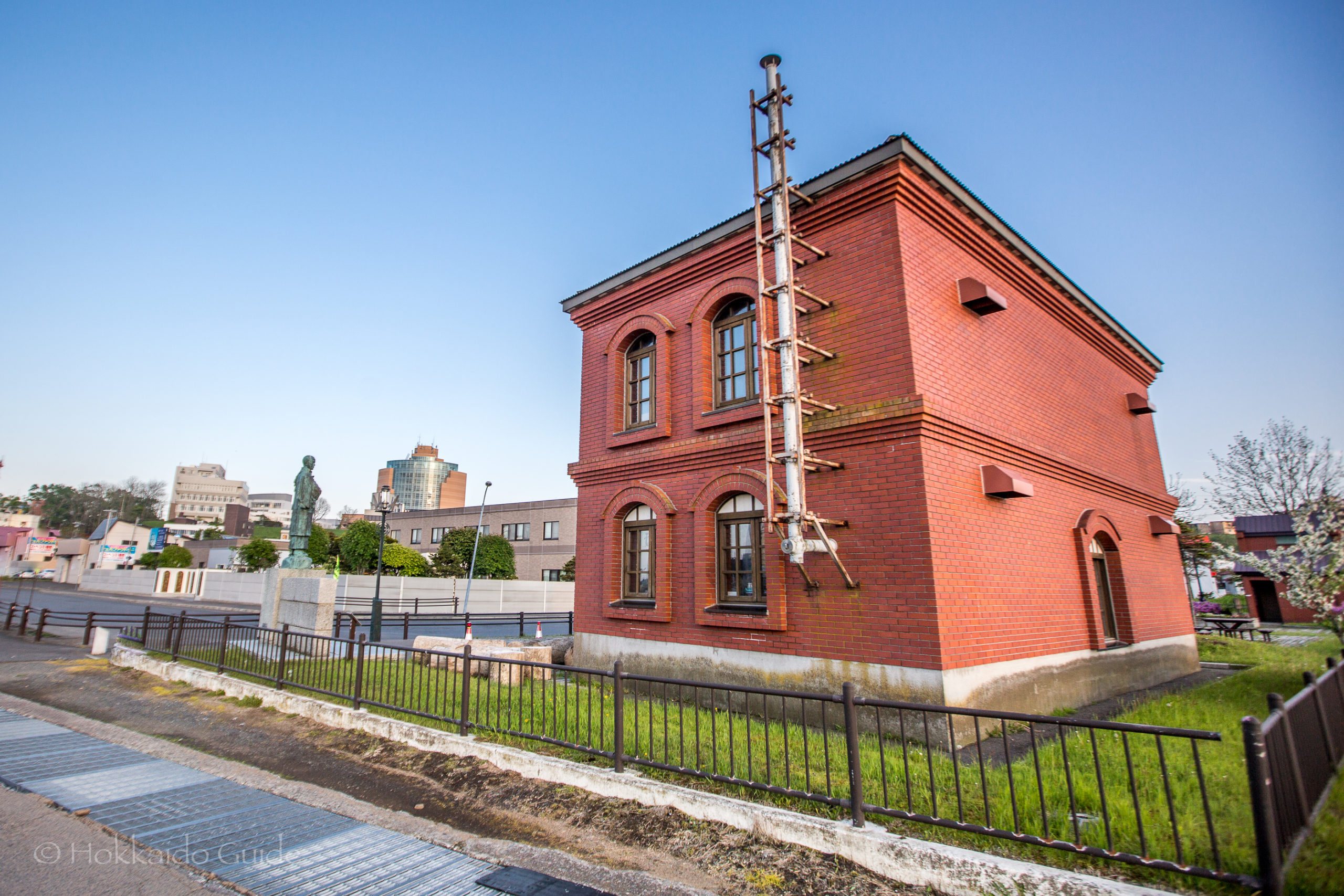
Kobunkan

| Admission | - |
| Opening Hours | 10: 00 - 17:00 |
| Closed | - |
| Contact | 011-5442-5584 |
| Notes | Museum, historical site |
| Location / Getting There | The museum is located by Kushiro River overlooking the harbor. It is a 15 minute walk, south from Kushiro station. By bus, take the 'Takuboku circulation line' and get off at the "Monument of the Little Boy" stop. 3 minutes on foot. From Kushiro Station Bus Terminal, take bus 2, 3, 27, 28, or 30 and get off at "Jujigai". 5 minutes on foot. From the airport, take the airport bus (Akan bus) and get off at "MOO". From here, it's 7 minutes on foot. 2 Chome-1-12 Omachi, Kushiro, Hokkaido 085-0847 |
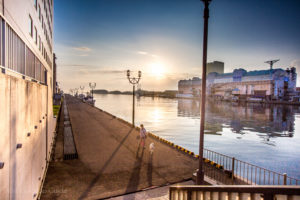 In Kushiro, along the promenade that follows Kushiro River, you can find the Kobunkan. It is across the wide river from the Fisherman’s Wharf MOO. Kobunkan serves as a museum and as a historical spot. It is a restoration of the former Kushiro Shibun Newspaper Company. This office building was originally built in 1908. The small building is easily recognizable by its red brick facade, and gives the museum a certain rustic charm. Getting to the museum is relatively simple. From Kushiro train station, follow the main street down to Nusamai Bridge. Kobunkan is on the right after crossing the bridge.
In Kushiro, along the promenade that follows Kushiro River, you can find the Kobunkan. It is across the wide river from the Fisherman’s Wharf MOO. Kobunkan serves as a museum and as a historical spot. It is a restoration of the former Kushiro Shibun Newspaper Company. This office building was originally built in 1908. The small building is easily recognizable by its red brick facade, and gives the museum a certain rustic charm. Getting to the museum is relatively simple. From Kushiro train station, follow the main street down to Nusamai Bridge. Kobunkan is on the right after crossing the bridge.
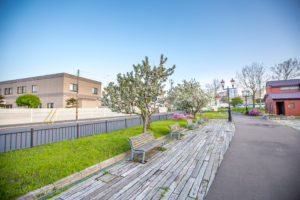 The Kushiro Shinbun Newspaper was visited by the Japanese poet, Takuboku Ishikawa. He worked at the paper for 76 days, and it is here at the museum you can find many exhibits and rare documents relating to his work. The first floor of the museum is dedicated to the development of Kushiro. It holds maps of the planned port and a city map during the Meiji Era. Here there is also small cafe so you can enjoy a tea or coffee in nice surroundings. The second floor has the exhibits for the poet, Takuboku Ishikawa. There is also a statue of him outside by the museum.
The Kushiro Shinbun Newspaper was visited by the Japanese poet, Takuboku Ishikawa. He worked at the paper for 76 days, and it is here at the museum you can find many exhibits and rare documents relating to his work. The first floor of the museum is dedicated to the development of Kushiro. It holds maps of the planned port and a city map during the Meiji Era. Here there is also small cafe so you can enjoy a tea or coffee in nice surroundings. The second floor has the exhibits for the poet, Takuboku Ishikawa. There is also a statue of him outside by the museum.
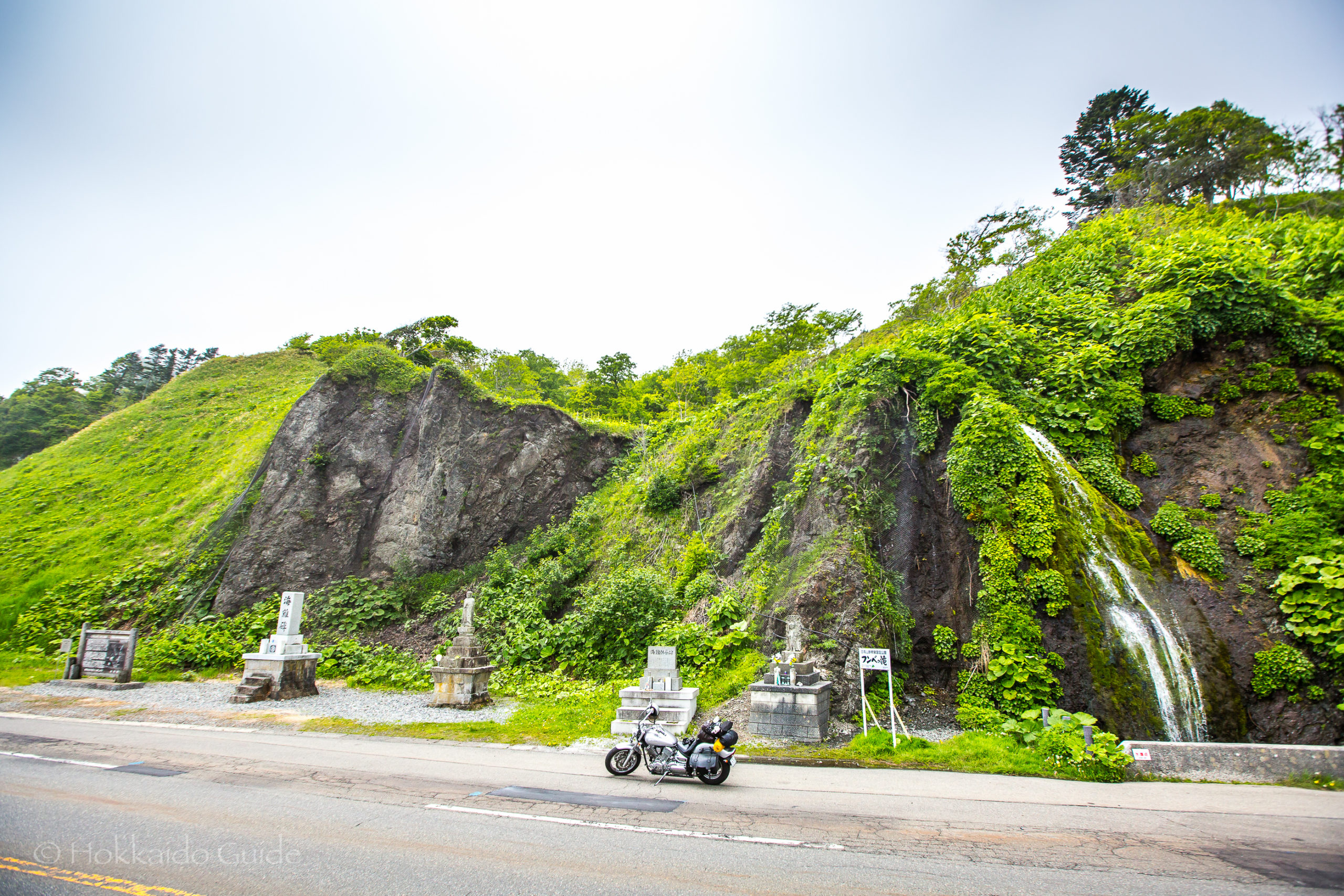
Funbe Falls
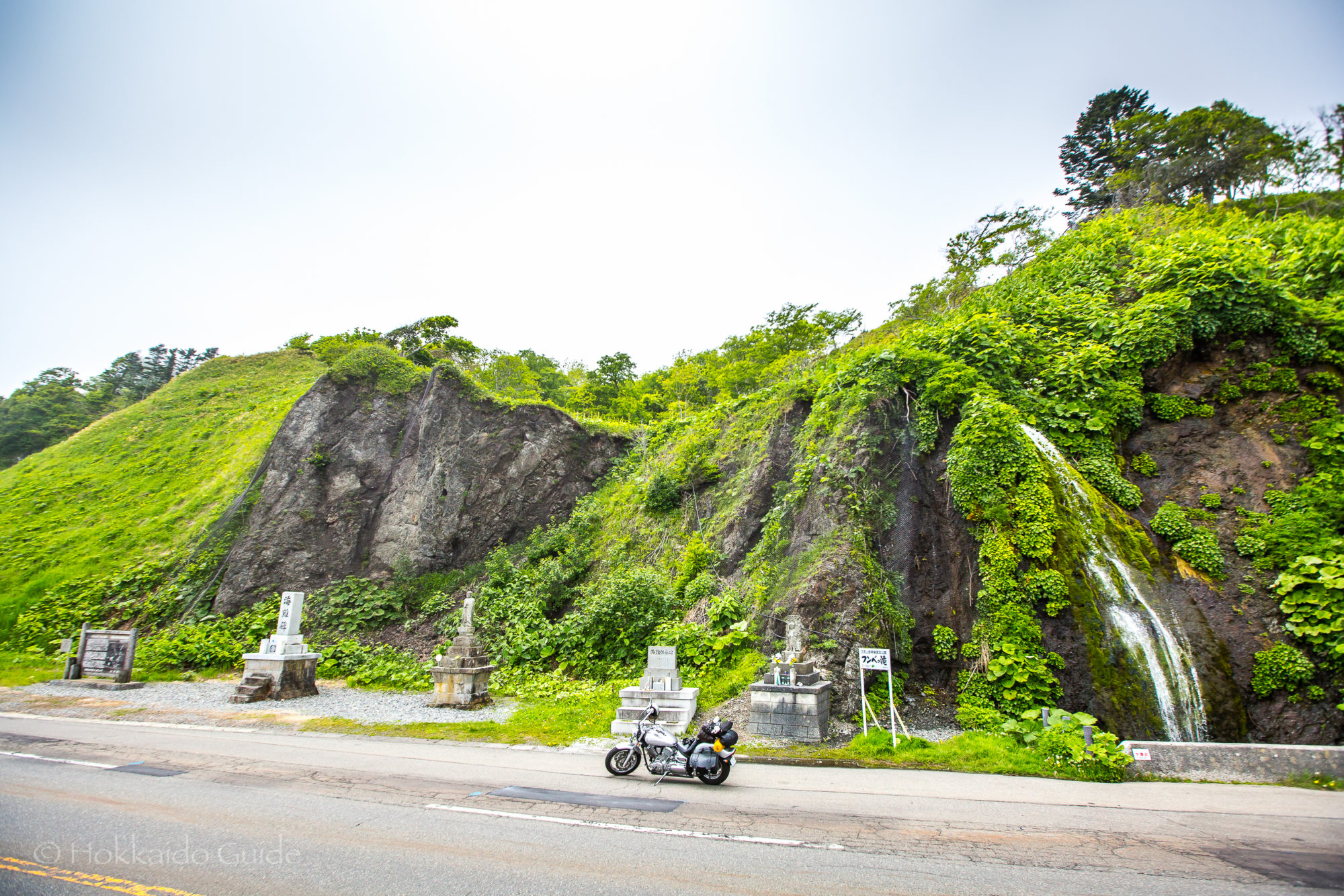
| Admission | Free |
| Opening Hours | Open 24 hours |
| Contact | - |
| Notes | Sightseeing spot , no parking |
| Location / Getting There | The falls are a 5 minute drive before arriving in the town of Hiroo. They are a 45 minute drive from Cape Erimo, and are on route 336 across from the ocean. Funbe, Hiroo, Hiroo District, Hokkaido 089-2634 |
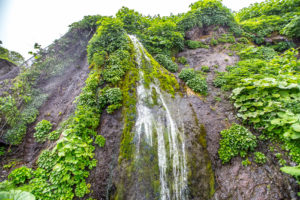 From Cape Erimo to the small town of Hiroo, there is a road that winds its way along the coast. Just fifteen minutes before the town of Hiroo, you can find the Funbe Falls. The road (route 336), that these falls are by, is known as the ‘Golden Road’. This road was originally started in 1798 and cut through the steep and craggy Hidaka mountains. It is called the Golden Road, as it cost a lot of money to make and through trade, the road spread gold. On one side of the road is the rough Pacific Ocean and on the other, is the cliffs of the Hidaka mountains that spreads deep into central Hokkaido. These mountains spread for 140 km and it is from the base of these mountains that the Funbe Falls flow all year round.
From Cape Erimo to the small town of Hiroo, there is a road that winds its way along the coast. Just fifteen minutes before the town of Hiroo, you can find the Funbe Falls. The road (route 336), that these falls are by, is known as the ‘Golden Road’. This road was originally started in 1798 and cut through the steep and craggy Hidaka mountains. It is called the Golden Road, as it cost a lot of money to make and through trade, the road spread gold. On one side of the road is the rough Pacific Ocean and on the other, is the cliffs of the Hidaka mountains that spreads deep into central Hokkaido. These mountains spread for 140 km and it is from the base of these mountains that the Funbe Falls flow all year round.
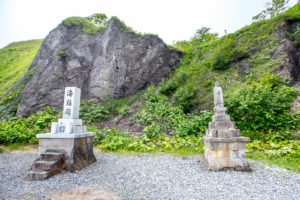 The Golden Road, after rock fall stopped traffic, was renovated and completed in 1981 due to avalanches from the cliffs. The waterfall is not that big and can be easily missed. It is just before a turn in the road and although there is no parking, there is room to stop off on the road side. The falls are surrounded by small headstones and shrines. These shrines are decorated with flowers and make for a good photo. There are a couple of signs with information about the Golden Road and surrounding mountains, but these are only in Japanese. Open all year round, the falls freeze over in winter and also make for a good photo.
The Golden Road, after rock fall stopped traffic, was renovated and completed in 1981 due to avalanches from the cliffs. The waterfall is not that big and can be easily missed. It is just before a turn in the road and although there is no parking, there is room to stop off on the road side. The falls are surrounded by small headstones and shrines. These shrines are decorated with flowers and make for a good photo. There are a couple of signs with information about the Golden Road and surrounding mountains, but these are only in Japanese. Open all year round, the falls freeze over in winter and also make for a good photo.
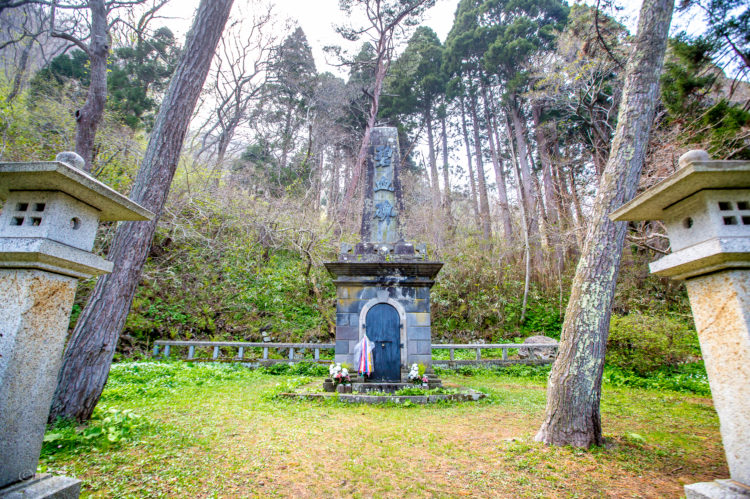
Hekketsu-hi Monument

| Admission | Free |
| Opening Hours | - |
| Contact | - |
| Notes | Historical site, no parking |
| Location / Getting There | Located in the southern part of Hakodate city near the base of Mt. Hakodate. There is no parking here so it's a little tricky but you can find some parking around the shrines nearby and take the path up to the site. For public transport, it is a 15 minute walk uphill from Yachigashira tram station (seven stops from Hakodate tram station). 5-14 Yachigashiracho, Hakodate, Hokkaido 040-0046 |
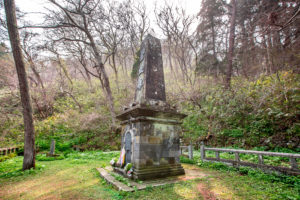 The Hekketsu Monument is the centre piece for the burial and tribute for the 800 samurai and their leaders who died fighting against government forces in the Boshin War. This war included, specifically, the Battle of Hakodate. This battle in 1869 was the samurai’s last stand. The government forces were intent on restoring the emperor to the throne and overthrowing the military rule of the Shogunate and the samurai. The monument here is made from stone brought up from Tokyo. The word ‘Hekketsu’ is derived from an old Chinese saying, “the blood of warriors who die for their lord turns blue after three years.”
The Hekketsu Monument is the centre piece for the burial and tribute for the 800 samurai and their leaders who died fighting against government forces in the Boshin War. This war included, specifically, the Battle of Hakodate. This battle in 1869 was the samurai’s last stand. The government forces were intent on restoring the emperor to the throne and overthrowing the military rule of the Shogunate and the samurai. The monument here is made from stone brought up from Tokyo. The word ‘Hekketsu’ is derived from an old Chinese saying, “the blood of warriors who die for their lord turns blue after three years.”
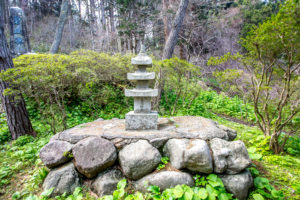 Toshizo Hijikata who led the samurai in the final Battle of Hakodate was killed during this fight. This monument is also erected in his memory. His death poem reads “though my body may decay on the island of Ezo, my spirit guards my lord in the East.” In the aftermath of the battle, the bodies of the Shogunate forces were originally left on the streets and any burial or religious service was prohibited. The bodies were eventually moved to this current site. The government forces dead were buried at Hakodate Gokoku Shrine, which is not a far walk from here. This grassland in the forest is a peaceful and relaxing spot with a quiet stillness and is worth a visit. This site is not far from the shrines lower down on the hill and is better accessed from Gagyusan Myoshin Temple or the shrine of Hachiman-gu.
Toshizo Hijikata who led the samurai in the final Battle of Hakodate was killed during this fight. This monument is also erected in his memory. His death poem reads “though my body may decay on the island of Ezo, my spirit guards my lord in the East.” In the aftermath of the battle, the bodies of the Shogunate forces were originally left on the streets and any burial or religious service was prohibited. The bodies were eventually moved to this current site. The government forces dead were buried at Hakodate Gokoku Shrine, which is not a far walk from here. This grassland in the forest is a peaceful and relaxing spot with a quiet stillness and is worth a visit. This site is not far from the shrines lower down on the hill and is better accessed from Gagyusan Myoshin Temple or the shrine of Hachiman-gu.

Grave of Ishikawa Takuboku
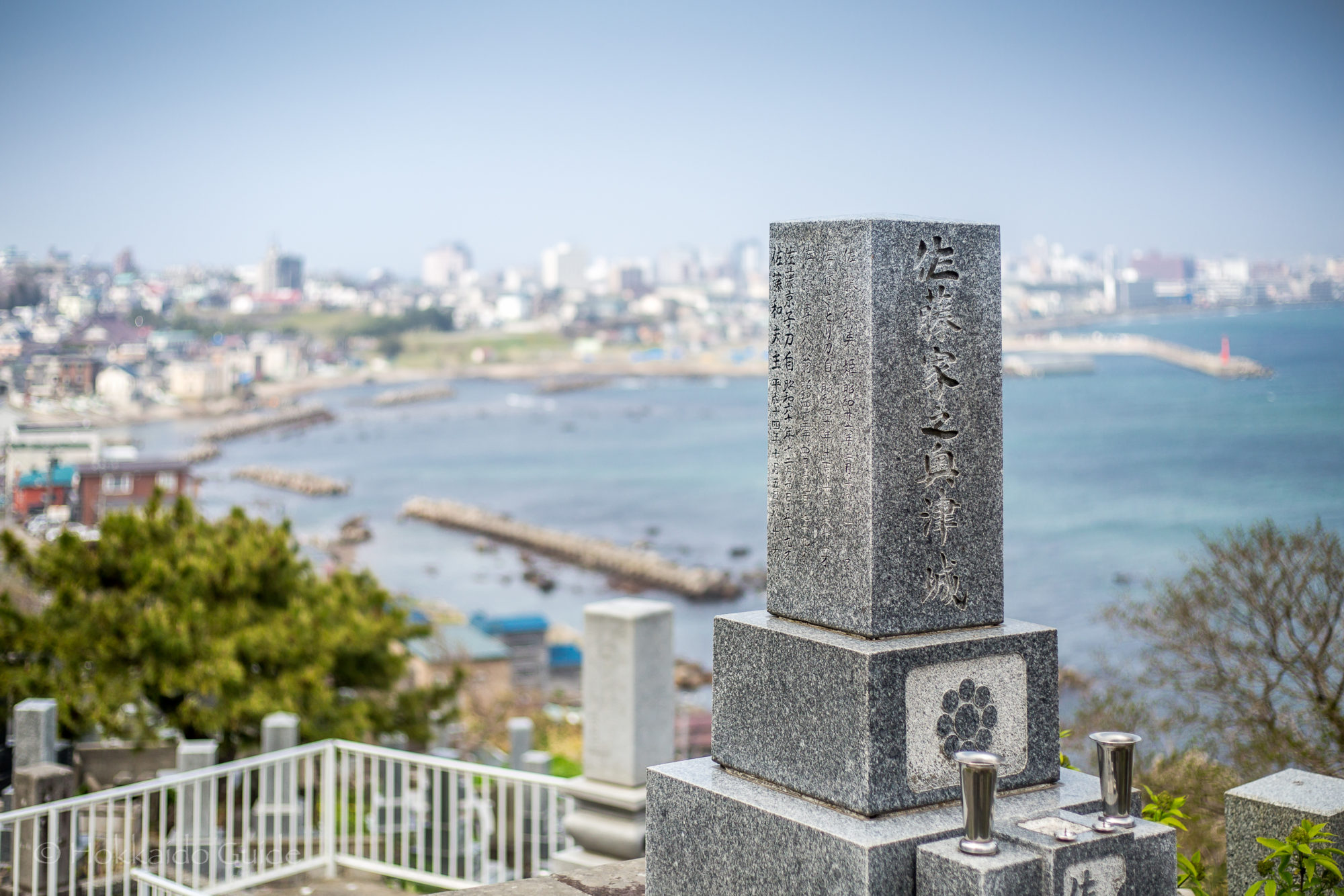
| Admission | Free |
| Opening Hours | - |
| Contact | 013-821-3453 |
| Notes | Cemetery, historical site, no parking |
| Location / Getting There | Located in the southern part of Hakodate city on the headland near Mt. Hakodate. There is street parking around if you are driving. For public transport, the closest station is Yachigashira tram station (seven stops from Hakodate tram station). From here it is a 9 minute walk south. 16-1 Sumiyoshicho, Hakodate, Hokkaido 040-0045 |
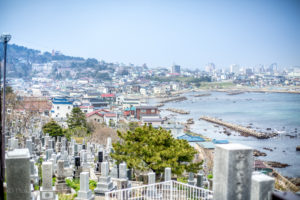 The cemetery of Hakodate Shiei Sumiyoshimachi Kyodo can be found on the headland in Hakodate. It is a very captivating place as it has views overlooking southern Hakodate and being on the edge of the bluff, it has great views overlooking the ocean. The ocean breeze and the peacefulness of this quiet place is home to a couple of sightseeing spots within the cemetery. These include the graves of Ishikawa Takuboku and his family, and monuments to Miyazaki Iku & Sunayama Kage Ji. These spots have plaques about the lives of these famous people.
The cemetery of Hakodate Shiei Sumiyoshimachi Kyodo can be found on the headland in Hakodate. It is a very captivating place as it has views overlooking southern Hakodate and being on the edge of the bluff, it has great views overlooking the ocean. The ocean breeze and the peacefulness of this quiet place is home to a couple of sightseeing spots within the cemetery. These include the graves of Ishikawa Takuboku and his family, and monuments to Miyazaki Iku & Sunayama Kage Ji. These spots have plaques about the lives of these famous people.
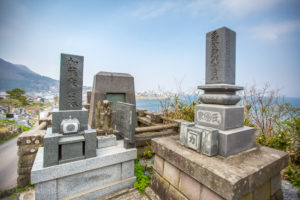 The graves here of note are to do with prominent literary figures of the Meiji era. Ishikawa Takuboku was a prominent poet. Although he only spent a short time Hakodate, he is buried here. During his short stay in Hakodate, he enjoyed the support from a literary group called ‘Bokushukusha’ and was quoted as saying “I’d like to die here.” After succumbing to tuberculosis his brother constructed this grave in 1926. Miyazaki Iku was a poet and member of the Bokushukusha and supporter of Ishikawa Takuboku. The other monument is for Sunayama Kage Ji (real name Nakano Tarao). He was actively engaged in the literary magazine “Gin No Tsubo” which translates to “The Silver Pot”.
The graves here of note are to do with prominent literary figures of the Meiji era. Ishikawa Takuboku was a prominent poet. Although he only spent a short time Hakodate, he is buried here. During his short stay in Hakodate, he enjoyed the support from a literary group called ‘Bokushukusha’ and was quoted as saying “I’d like to die here.” After succumbing to tuberculosis his brother constructed this grave in 1926. Miyazaki Iku was a poet and member of the Bokushukusha and supporter of Ishikawa Takuboku. The other monument is for Sunayama Kage Ji (real name Nakano Tarao). He was actively engaged in the literary magazine “Gin No Tsubo” which translates to “The Silver Pot”.

